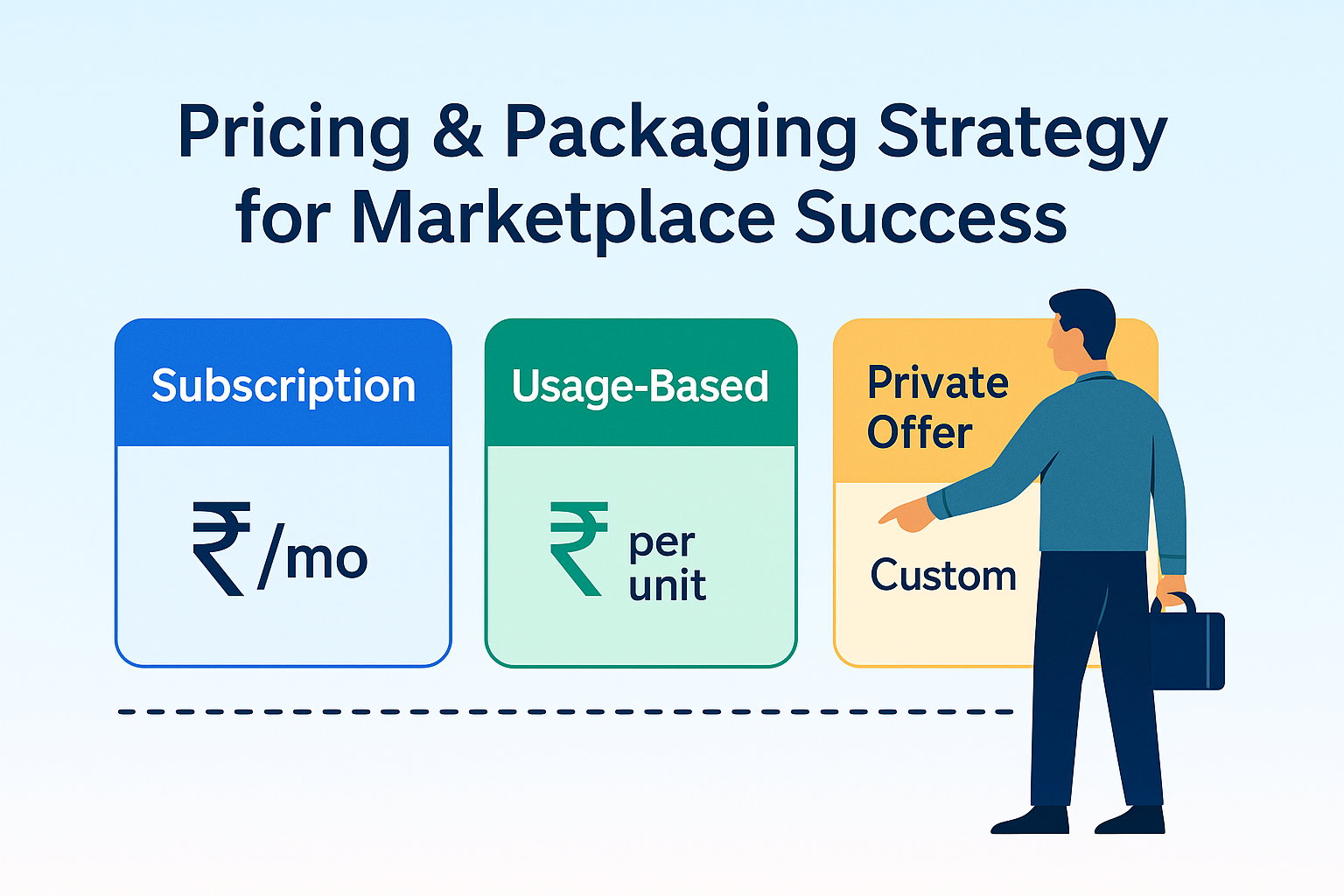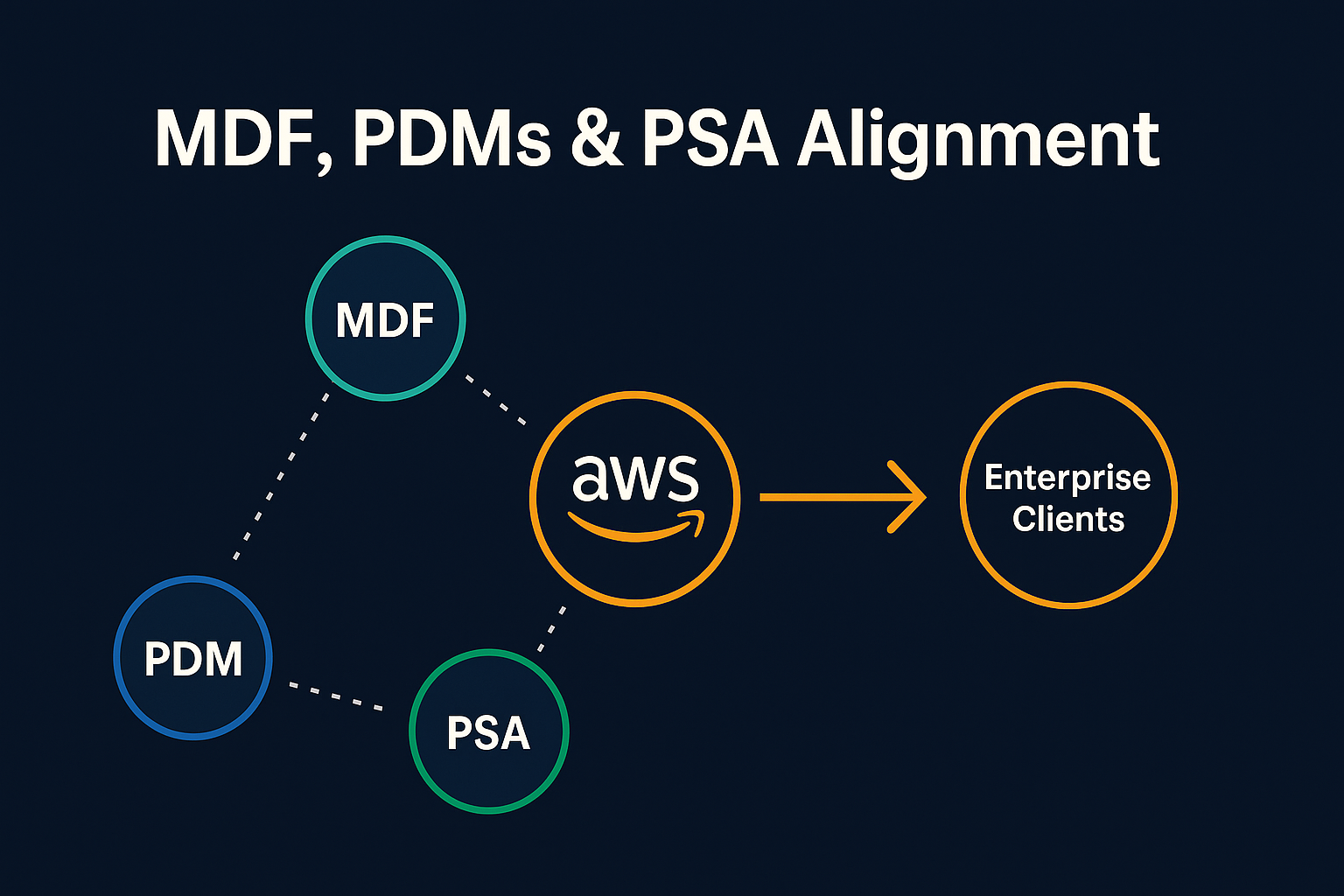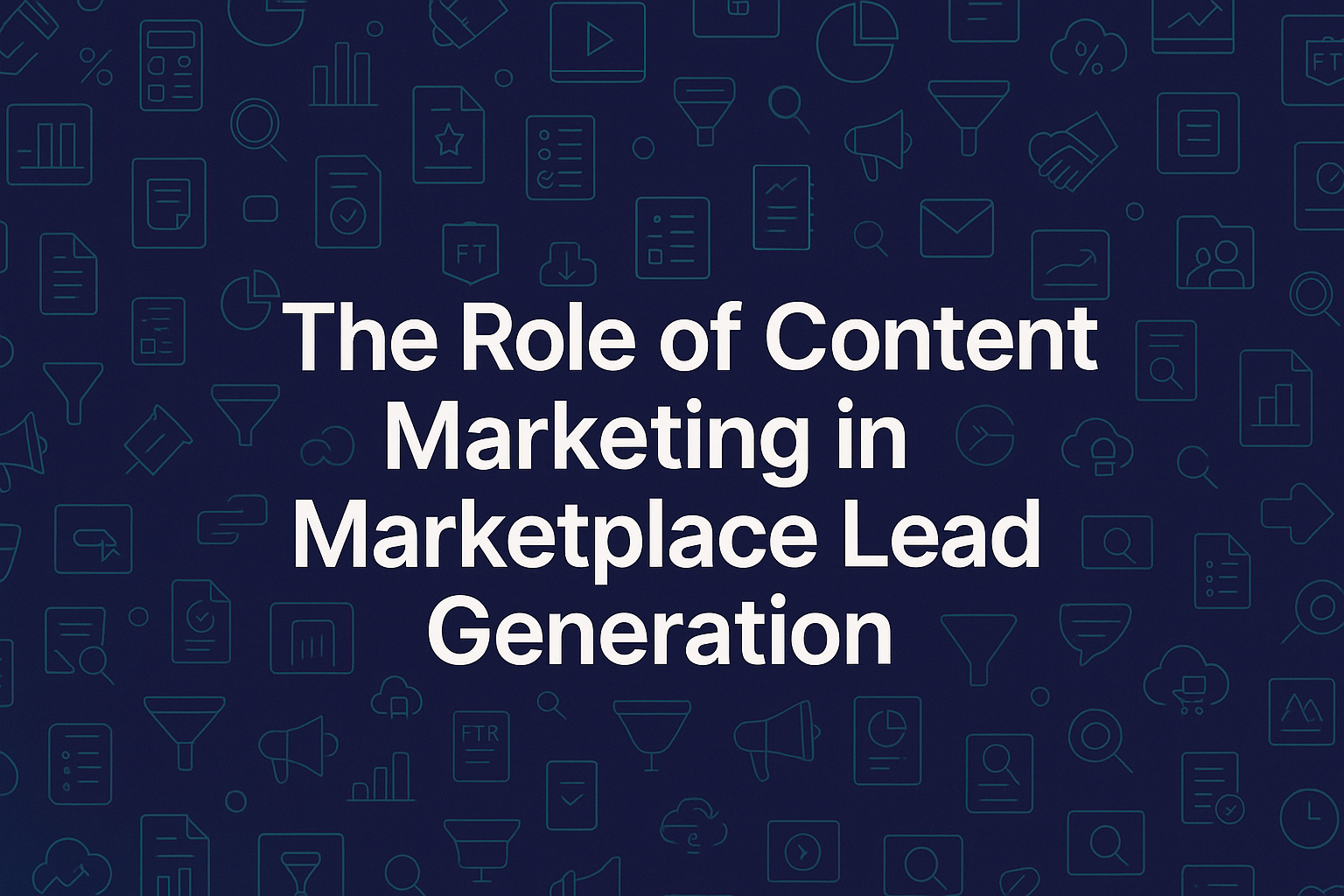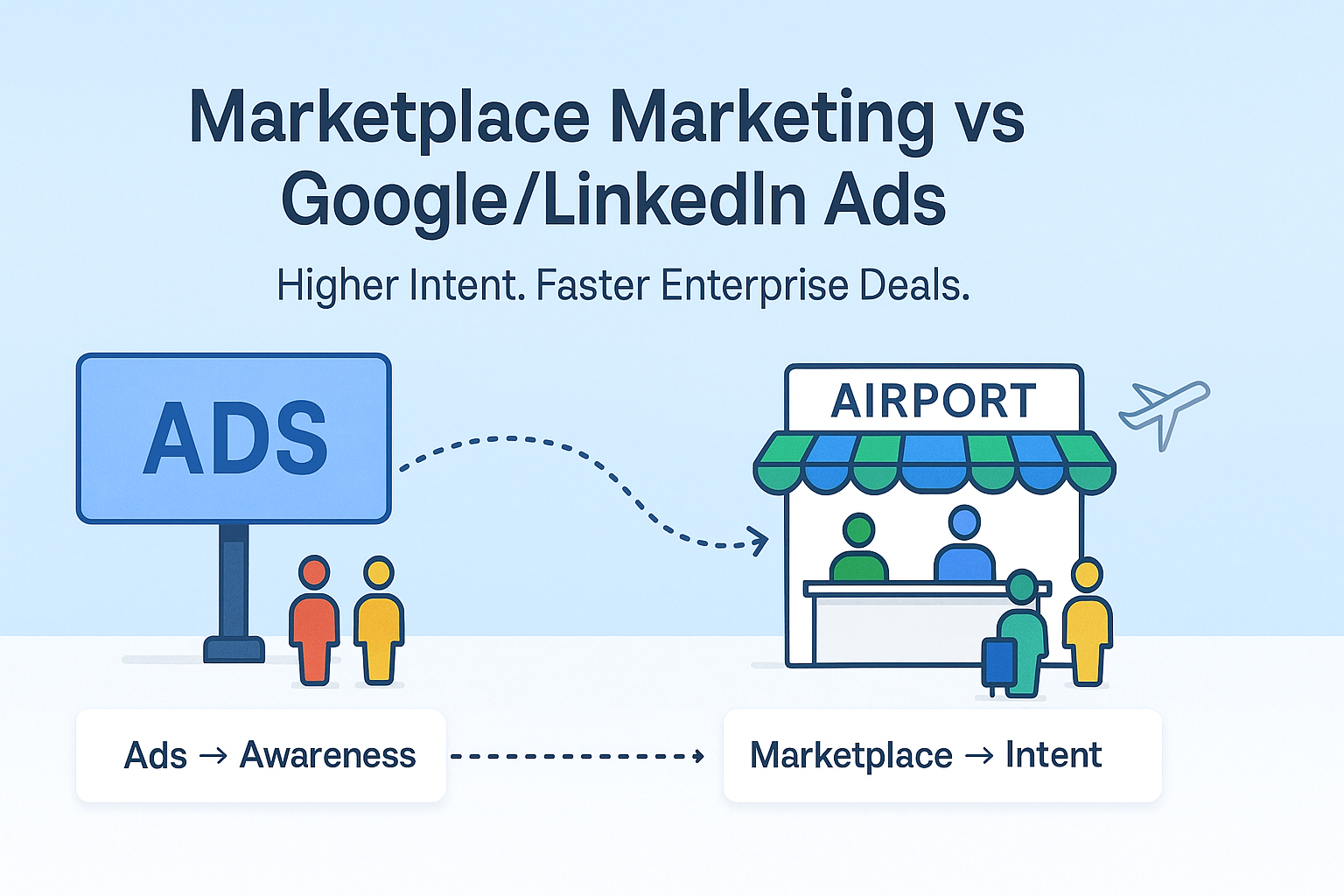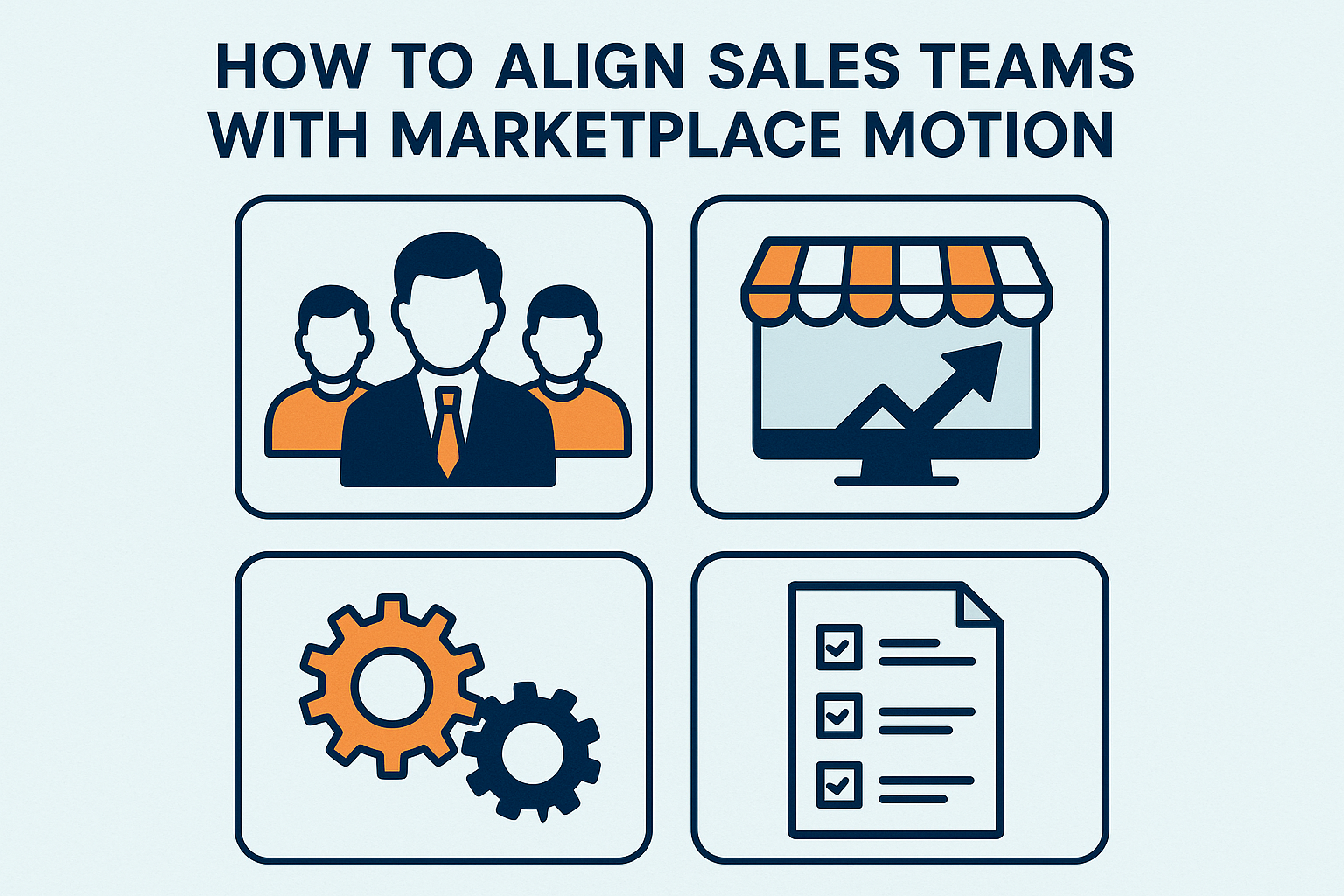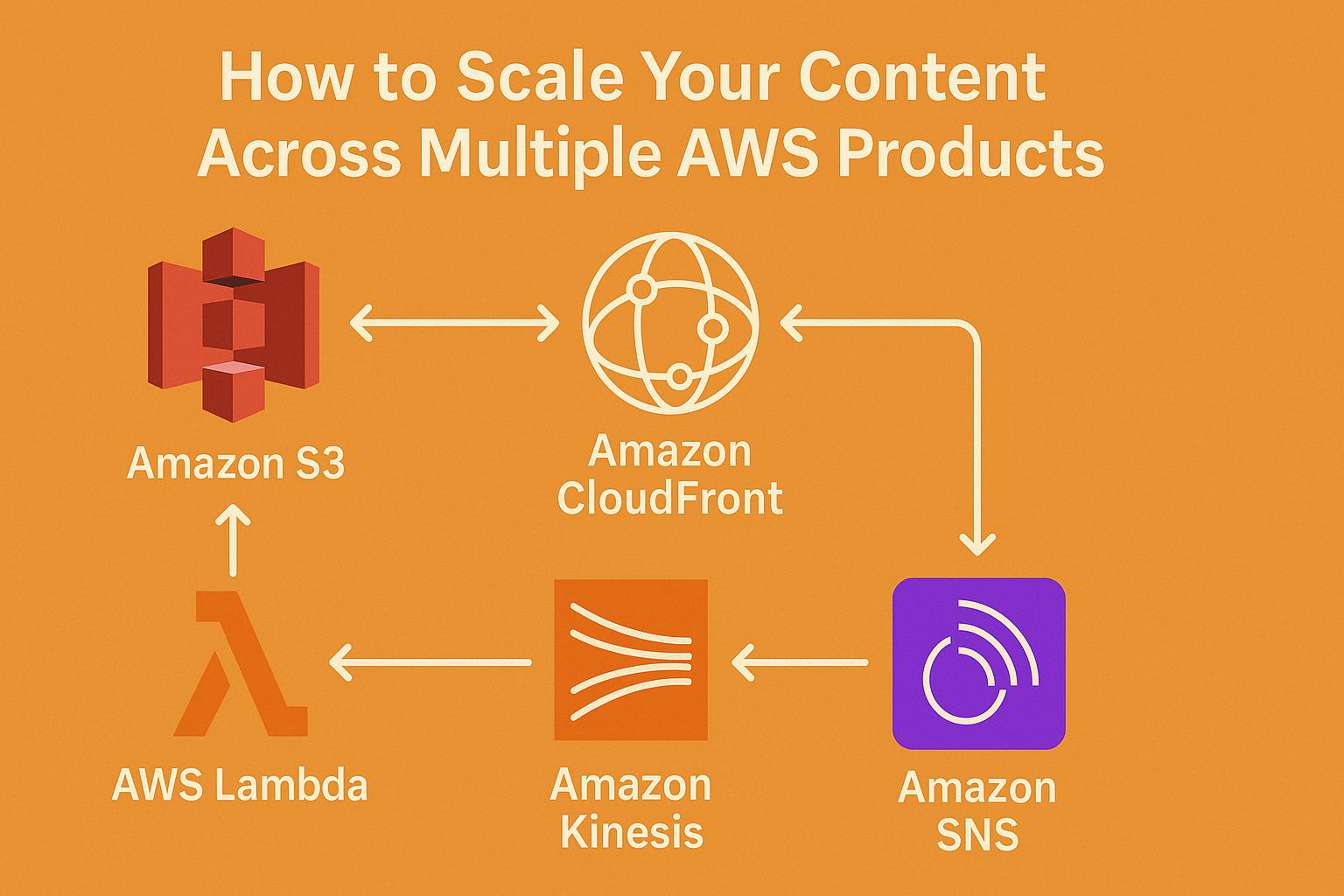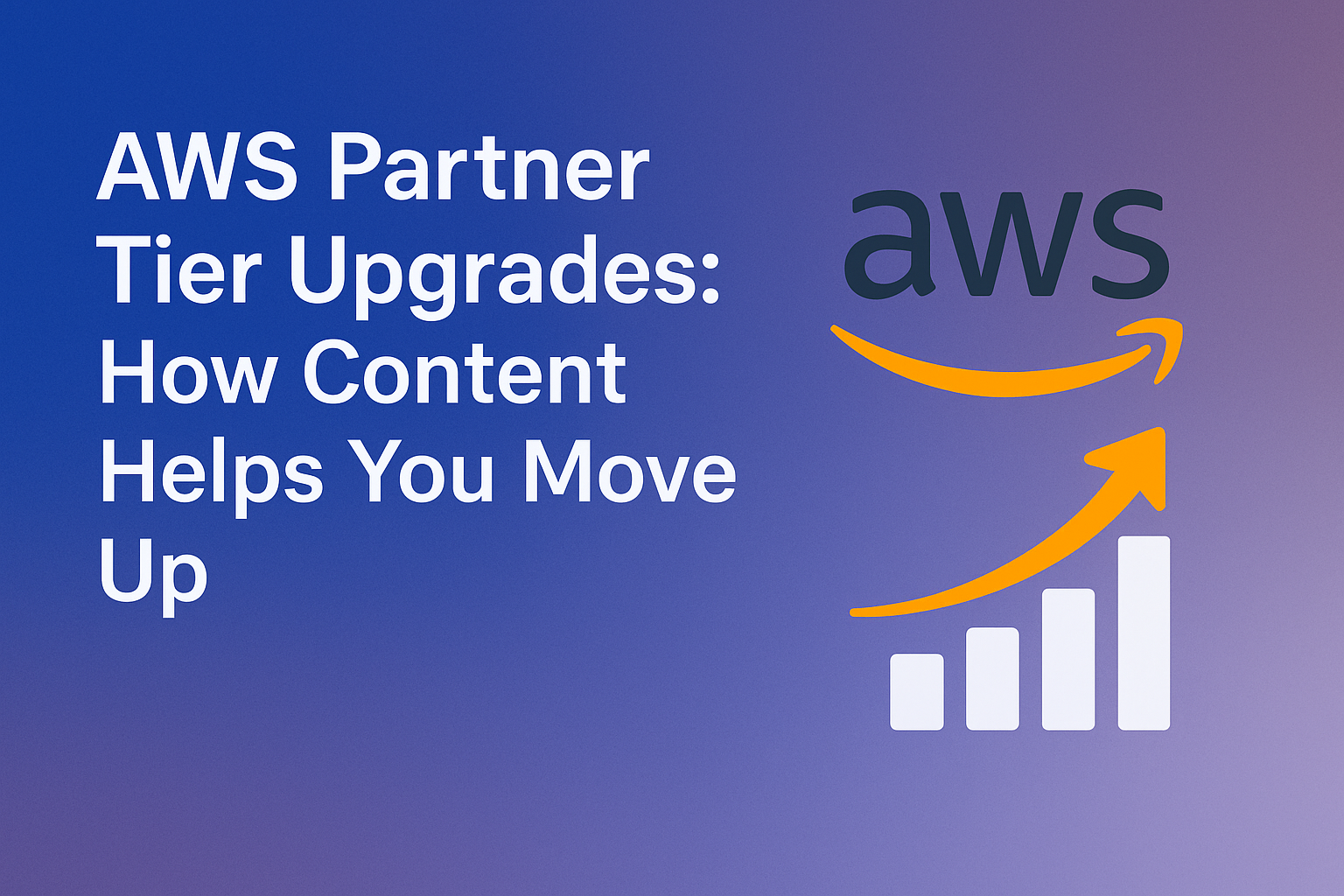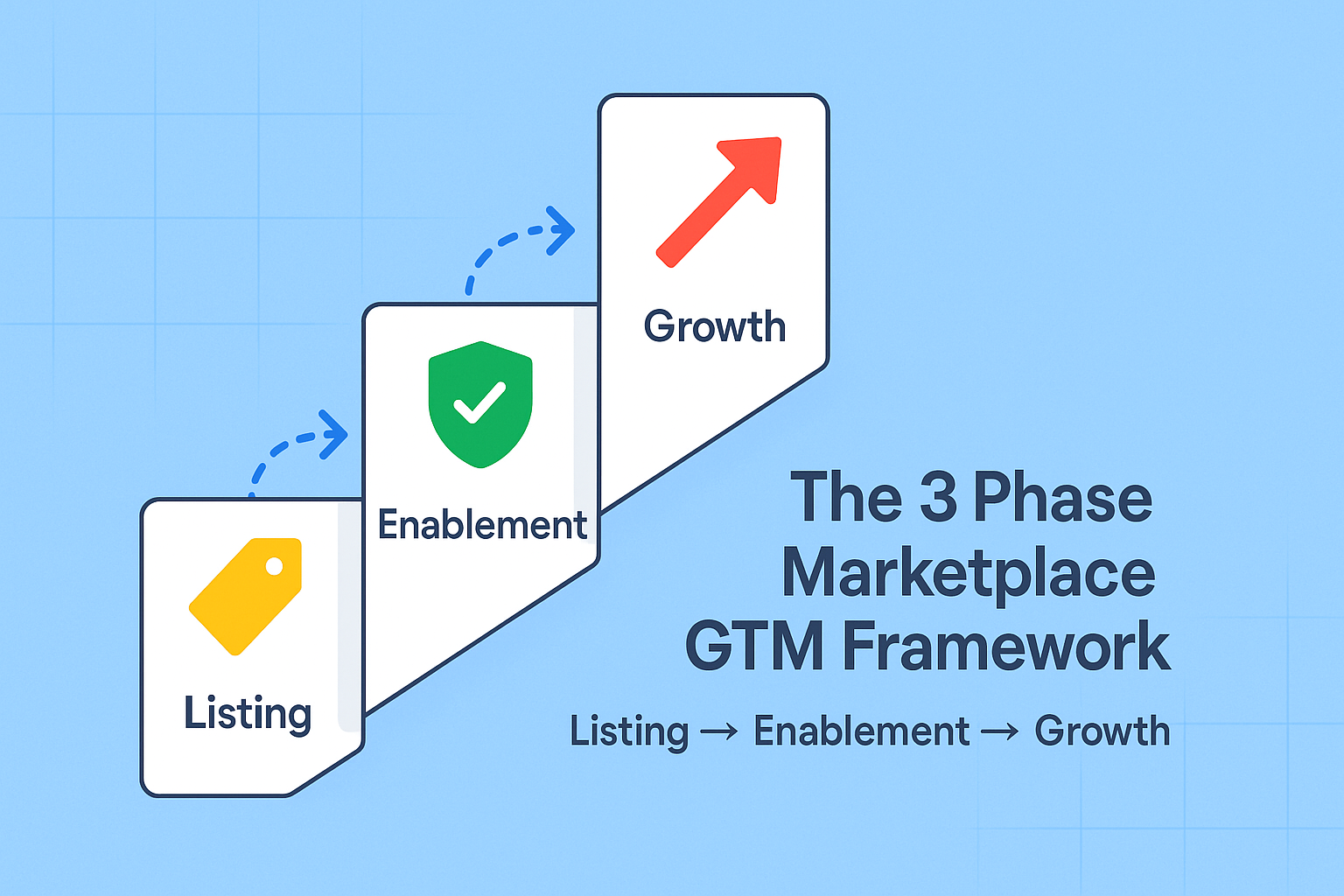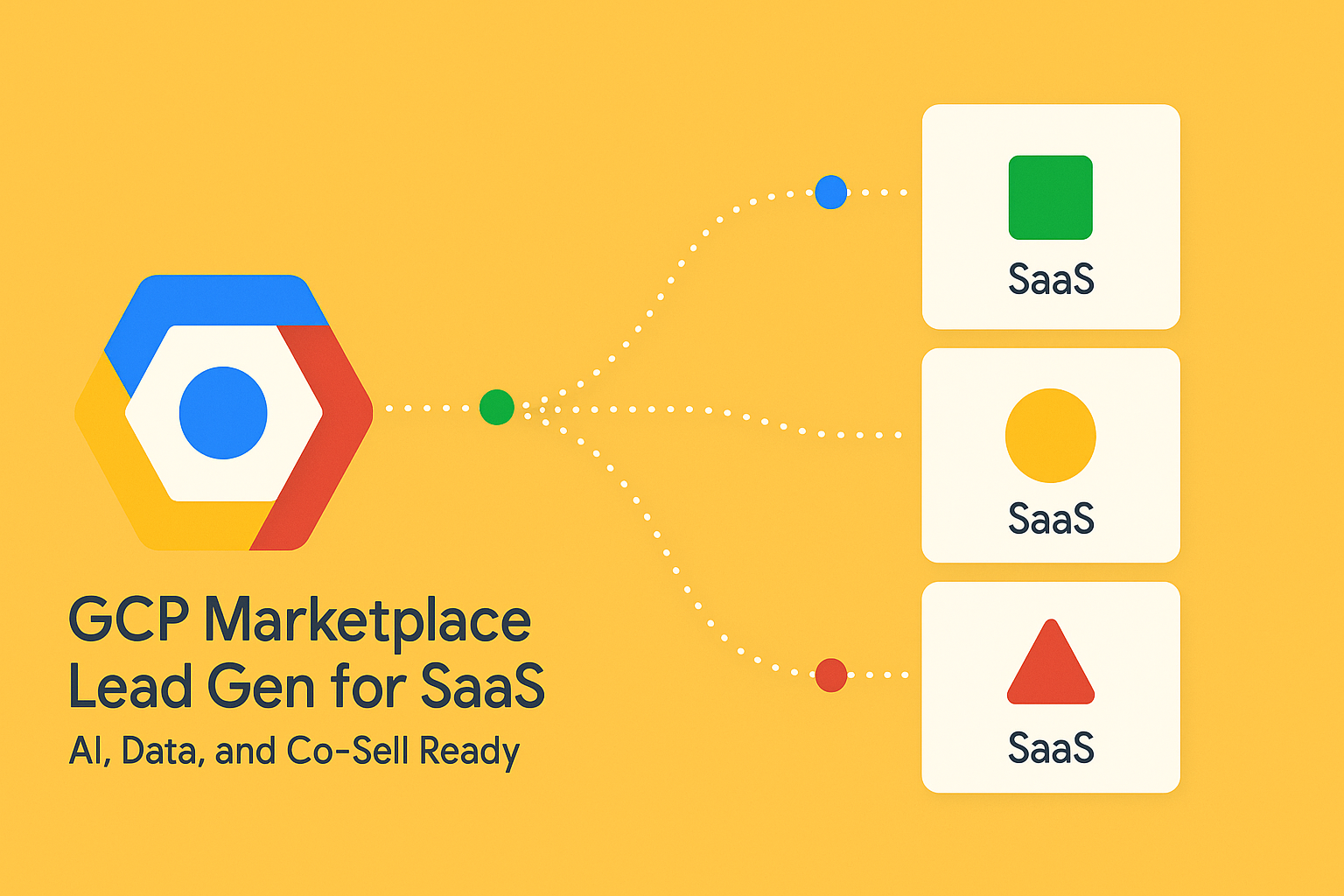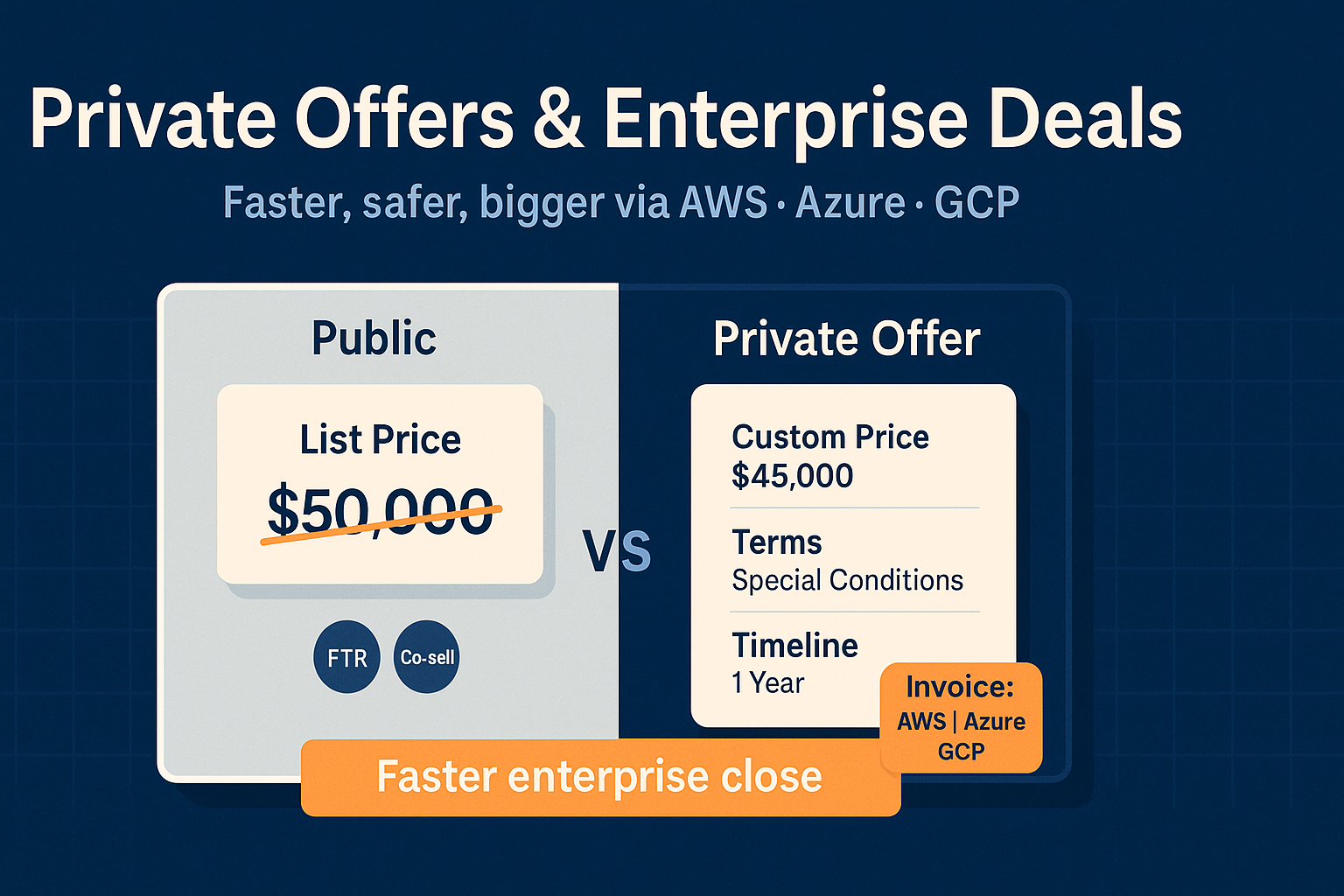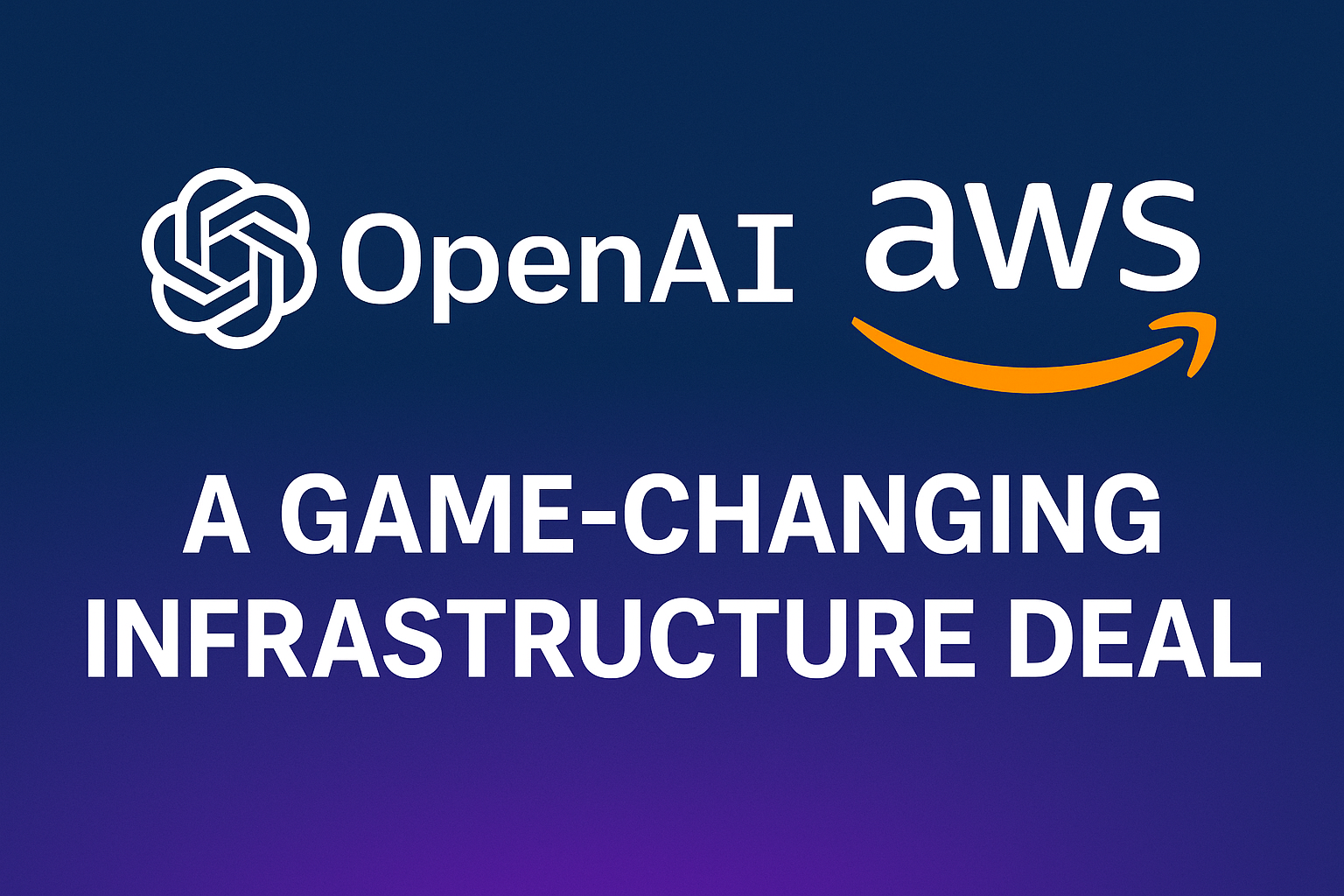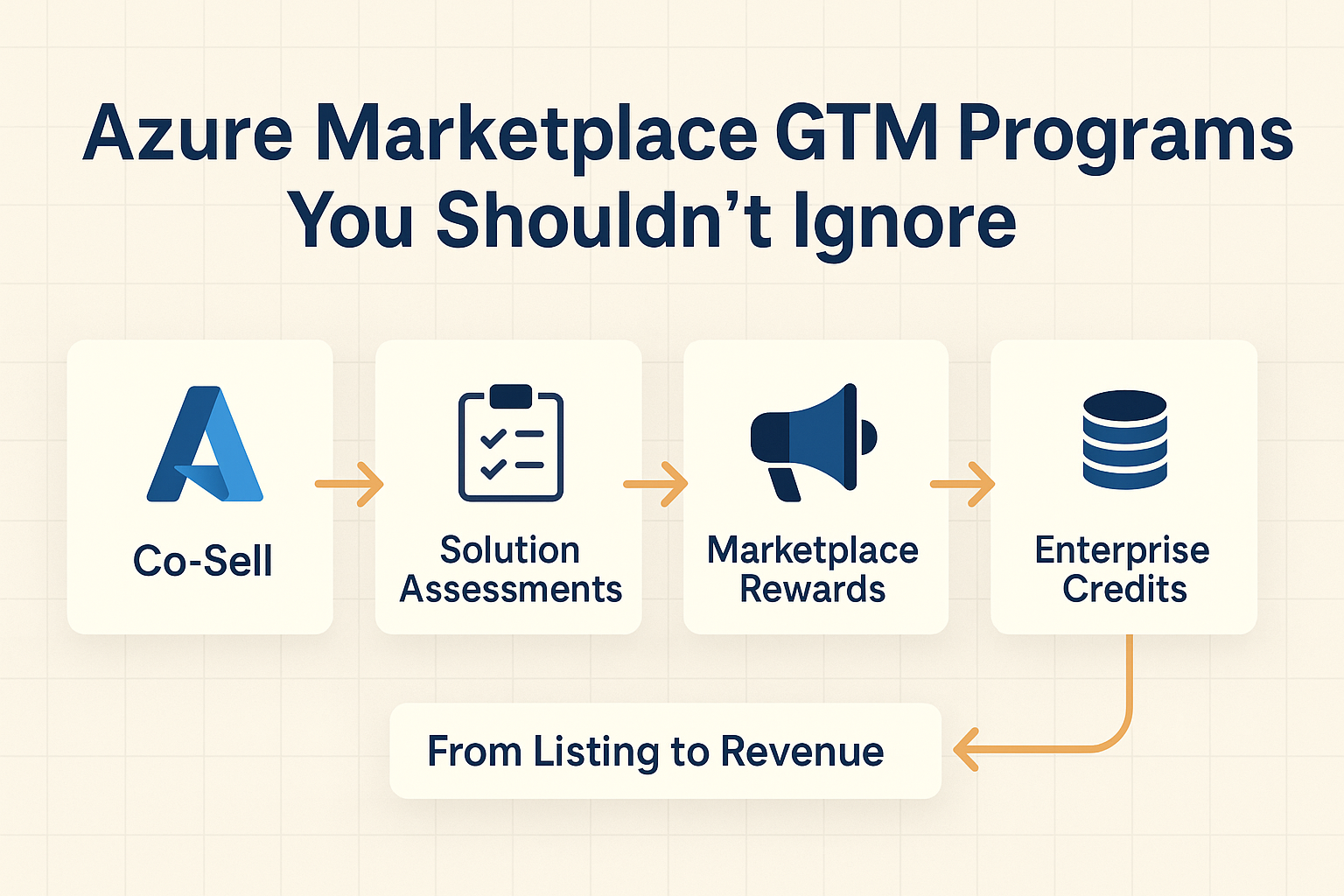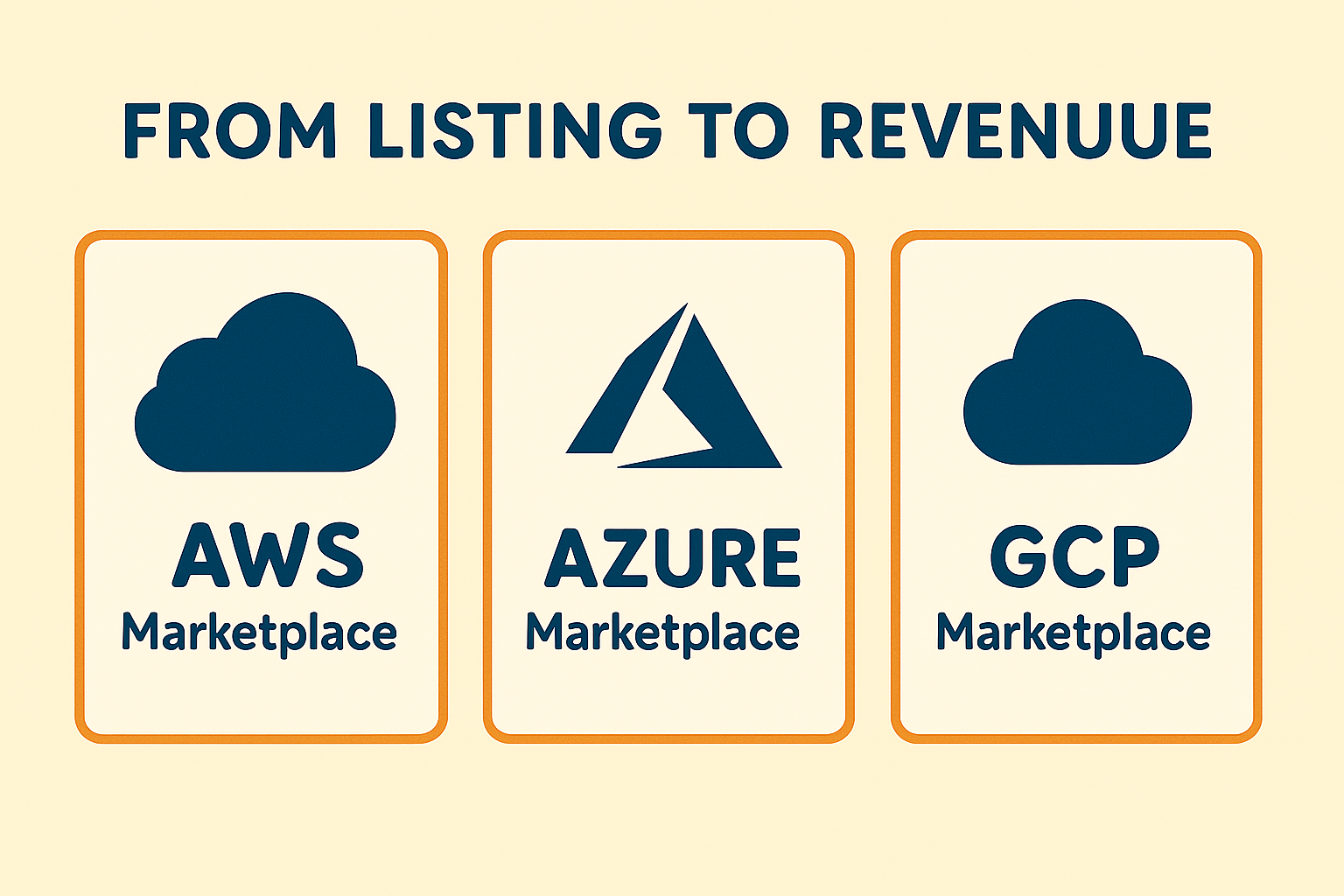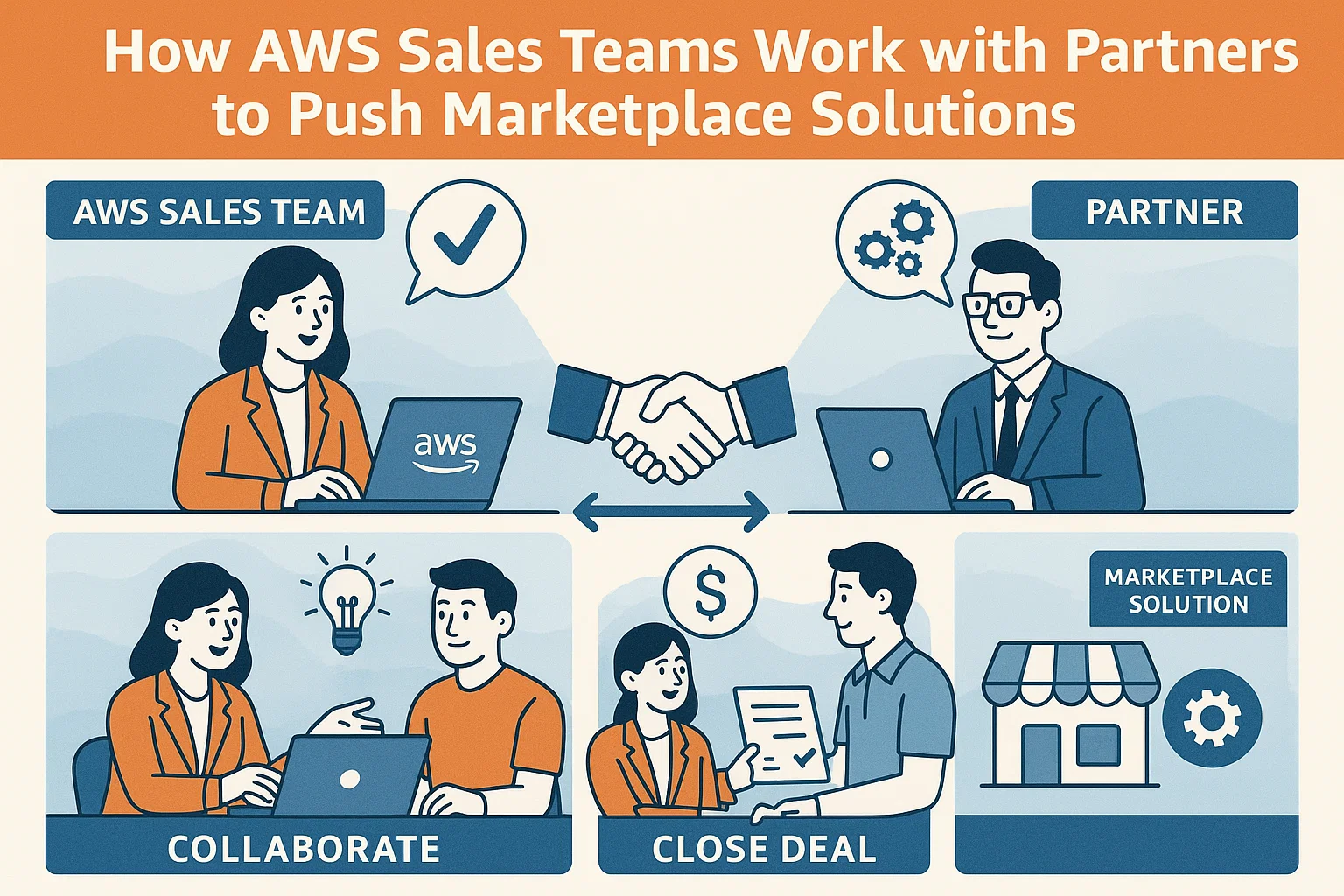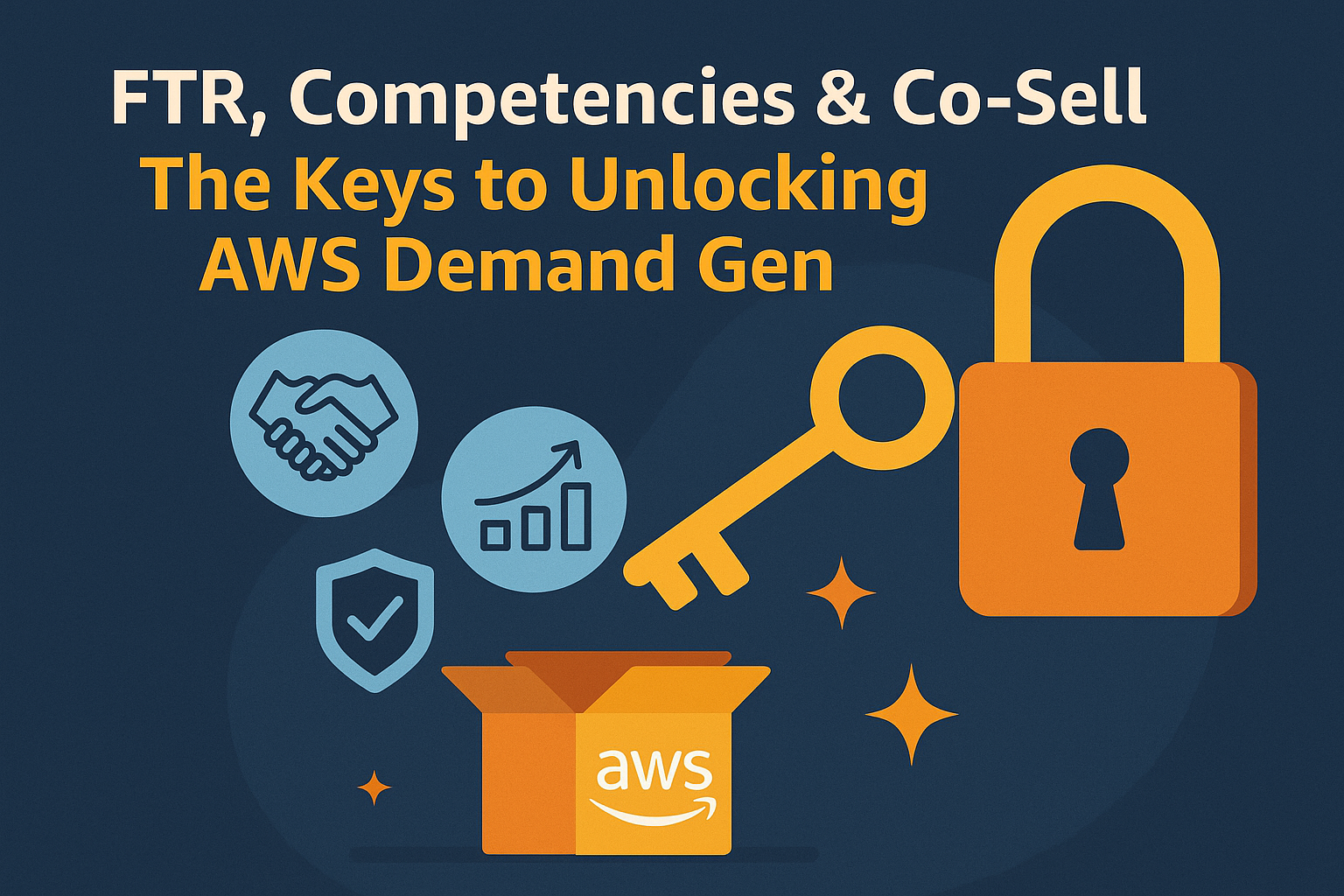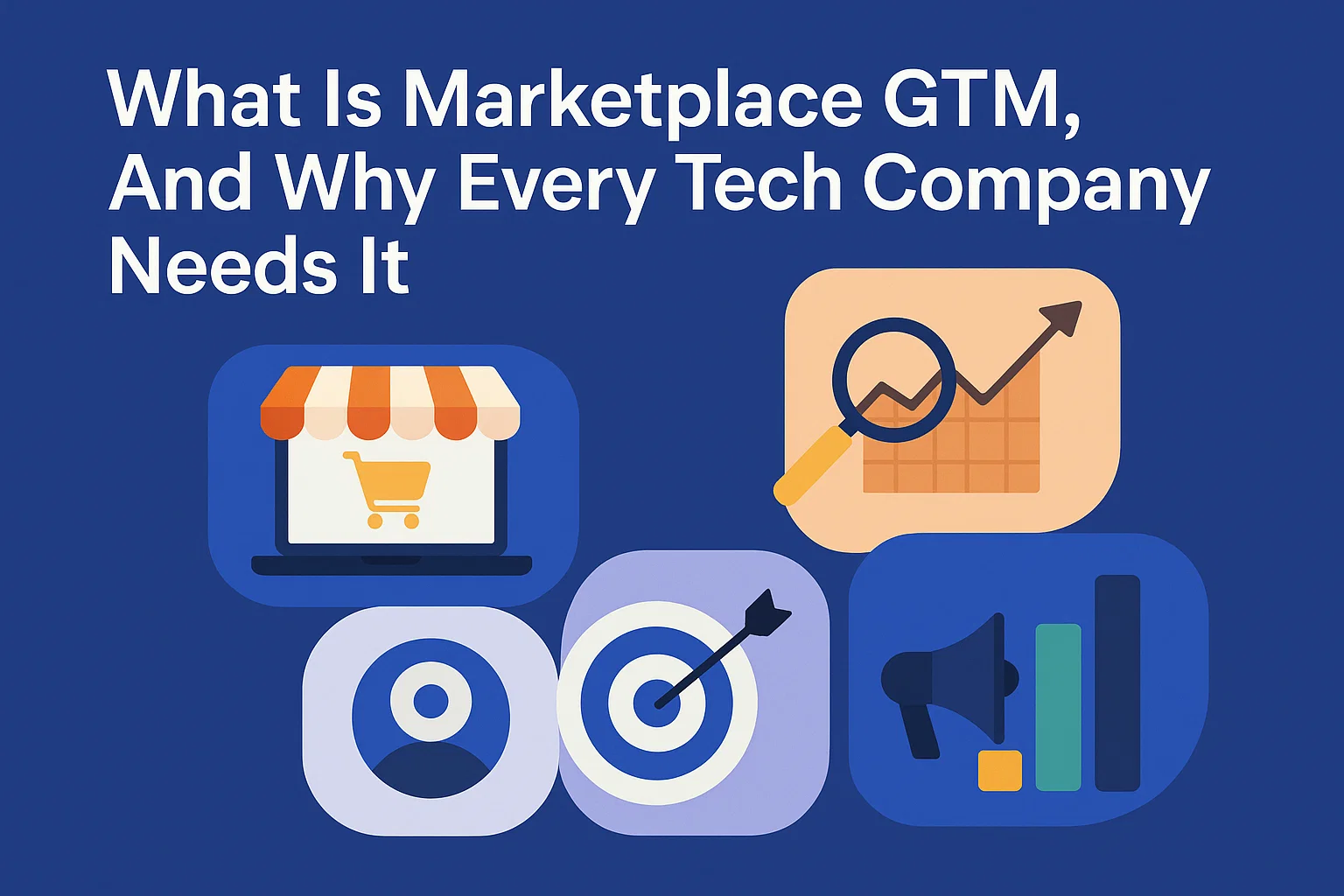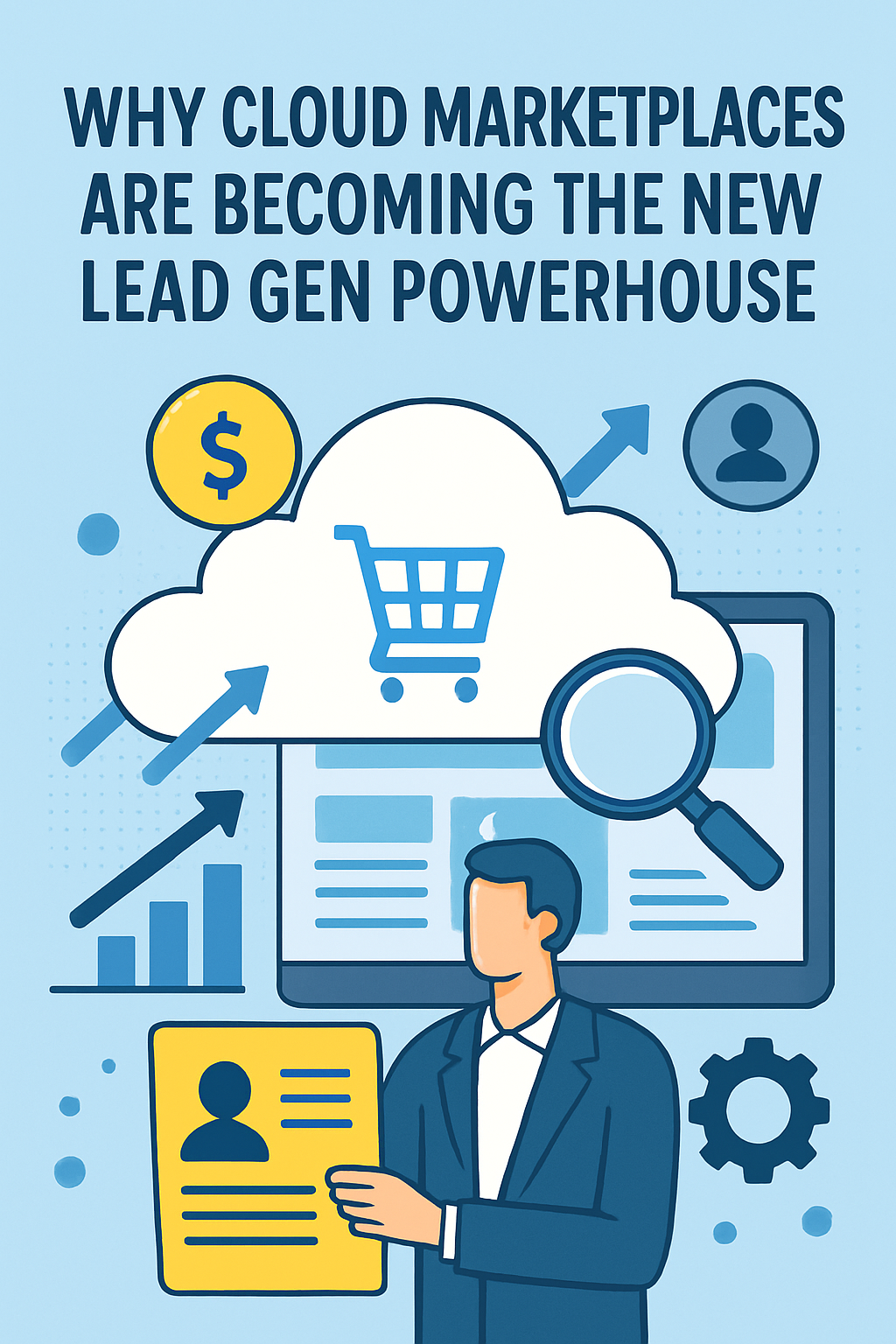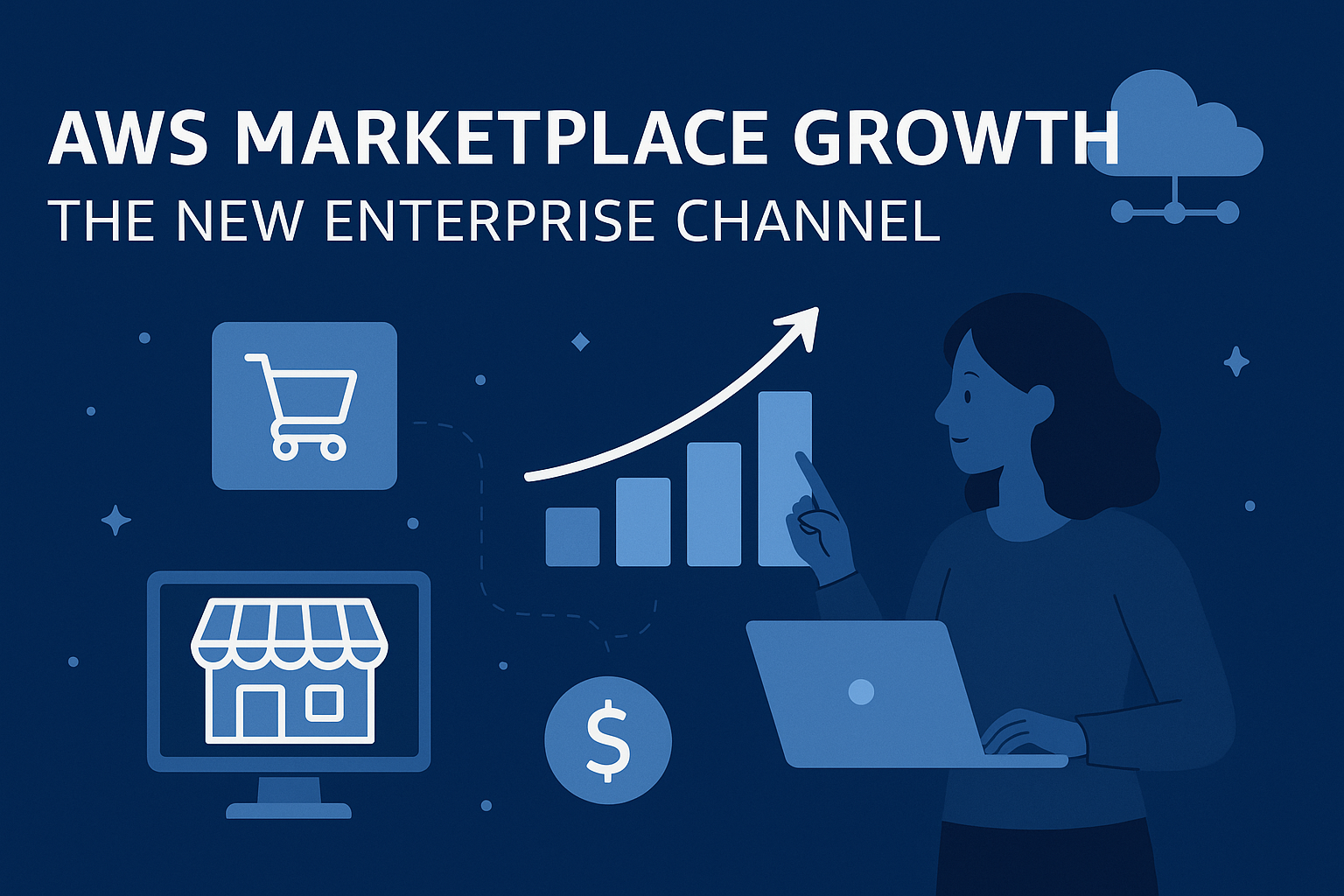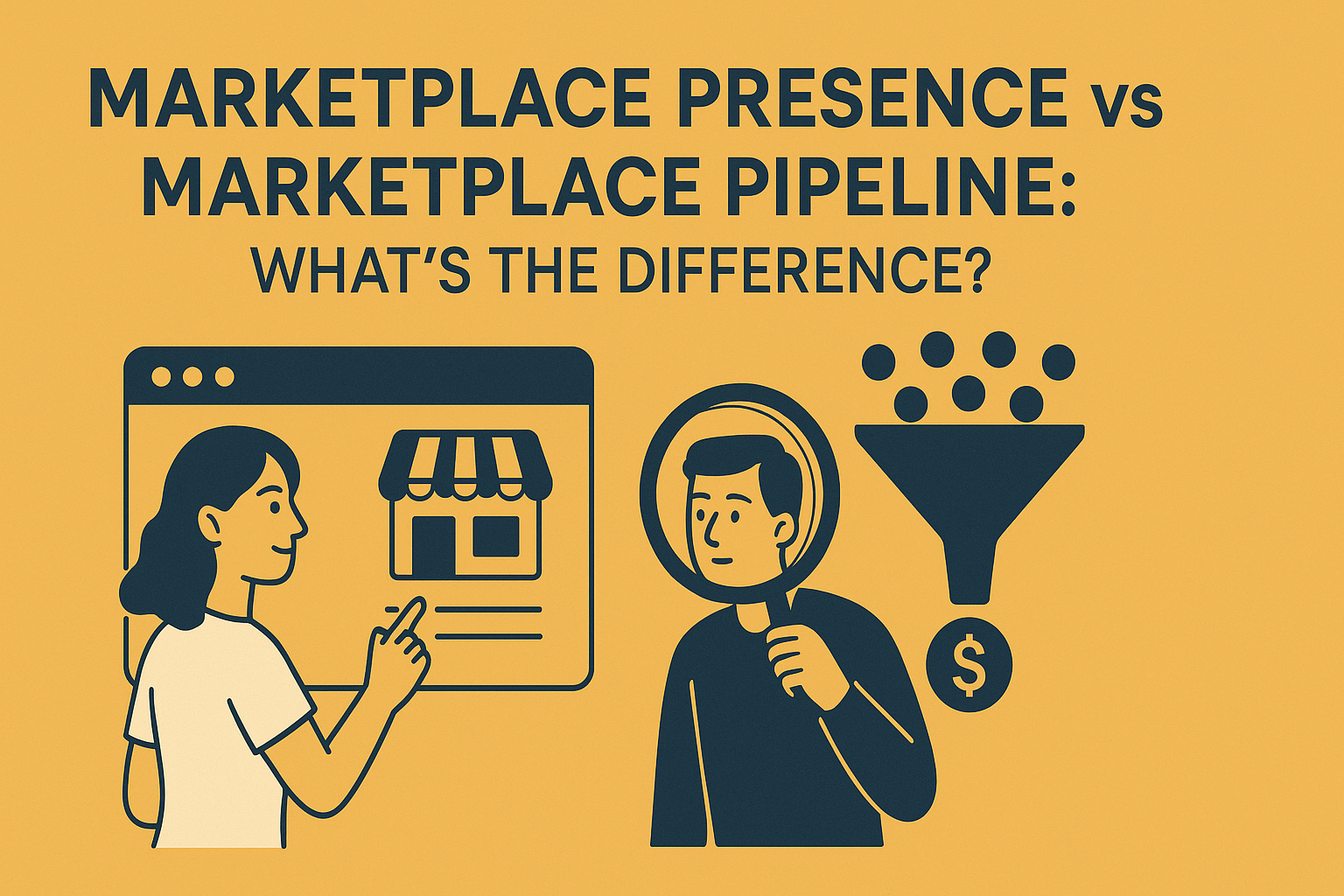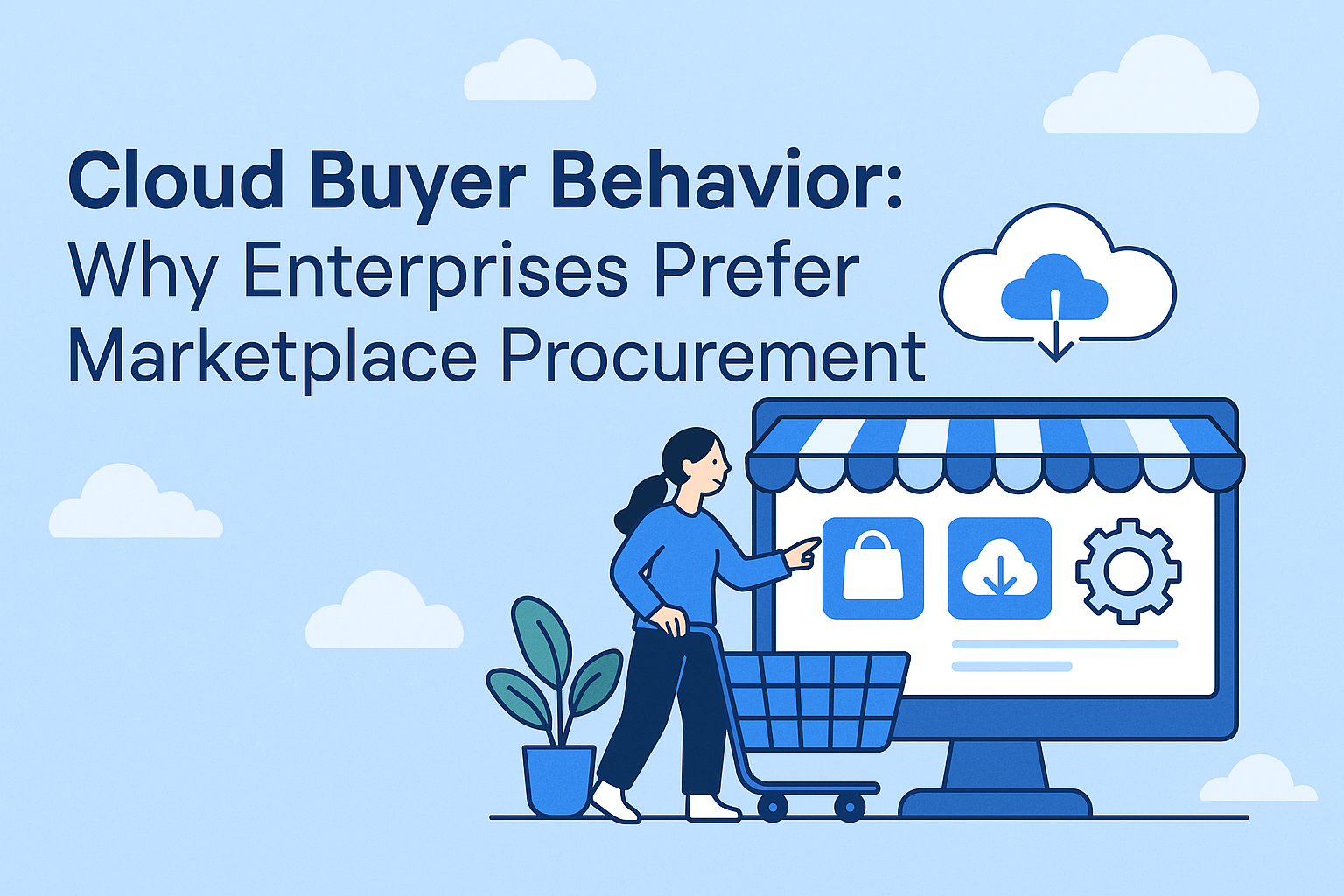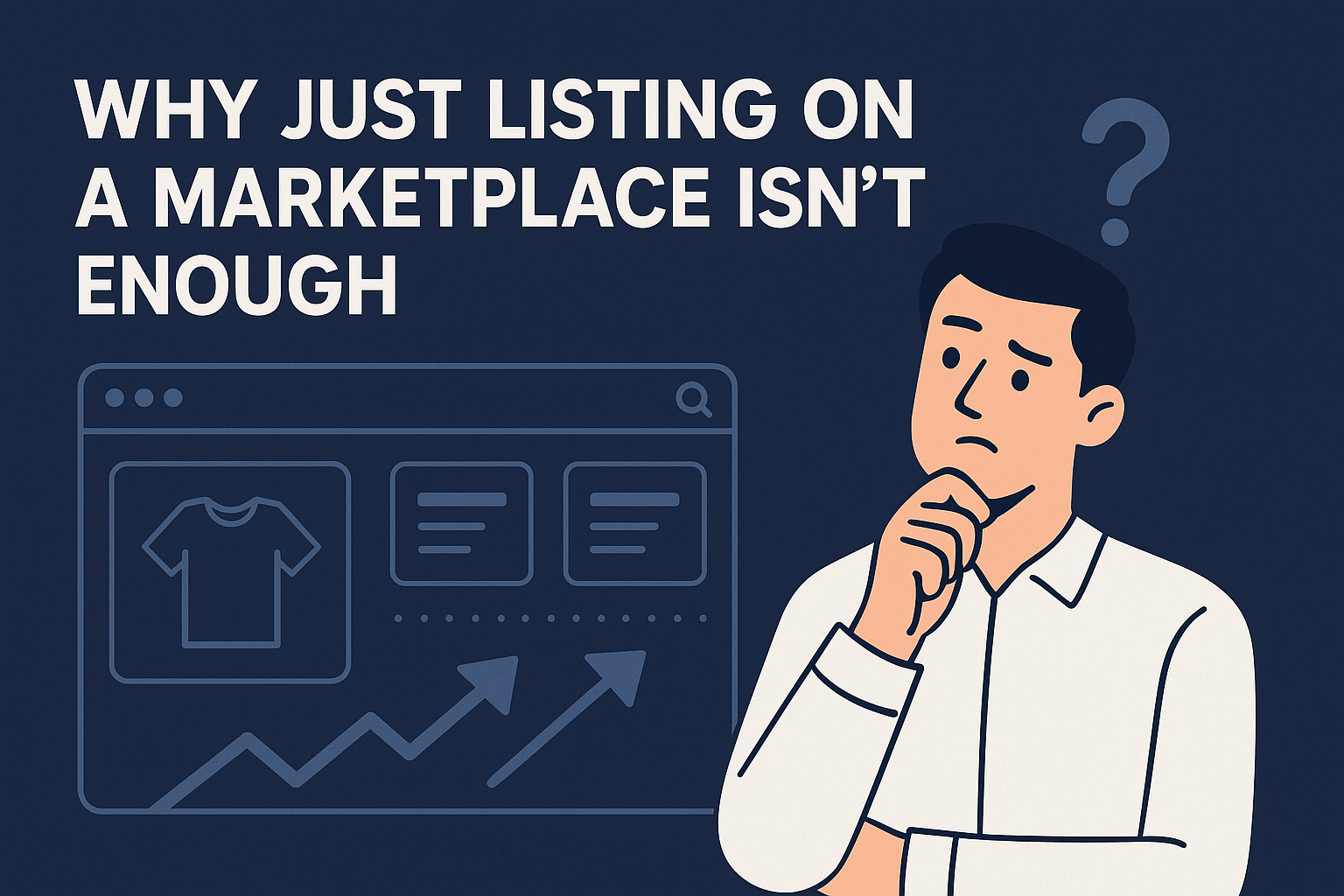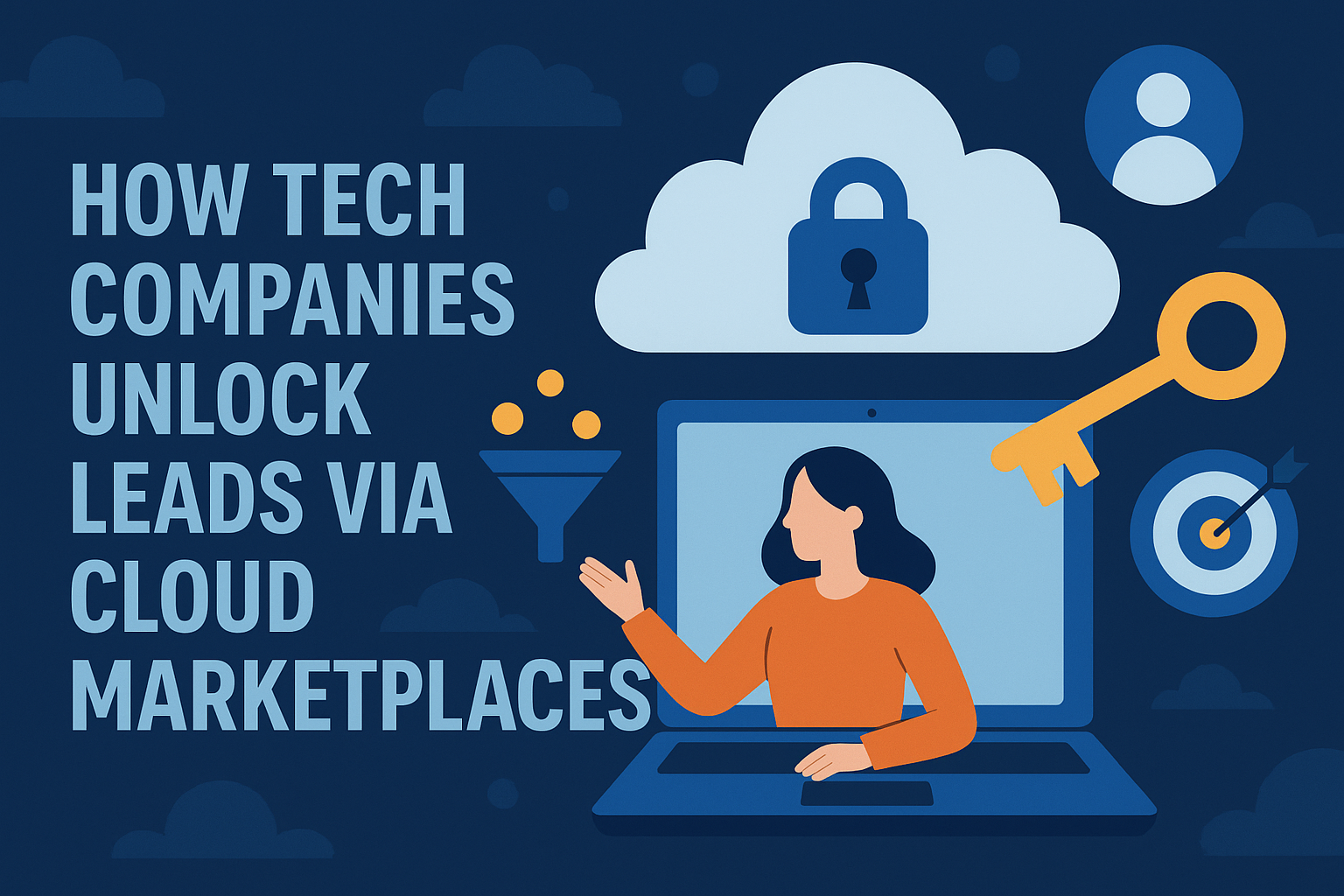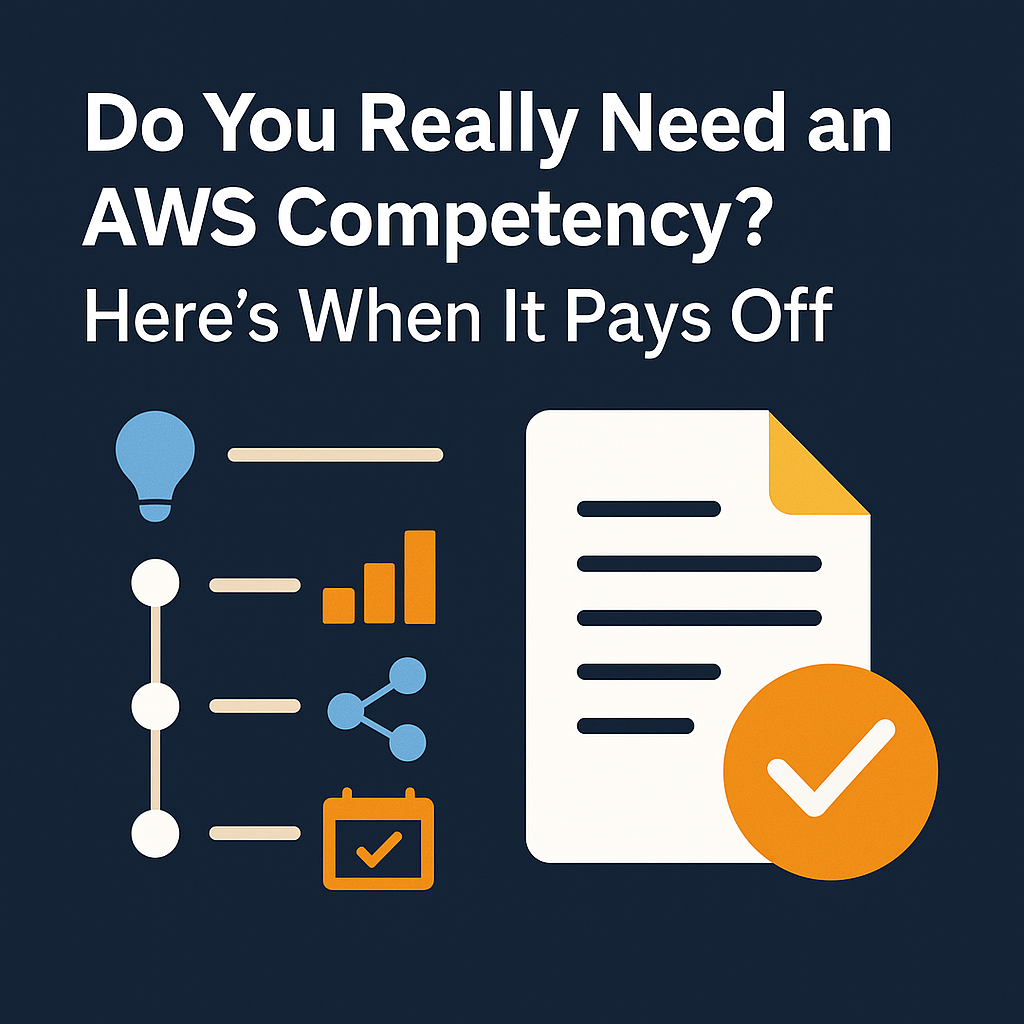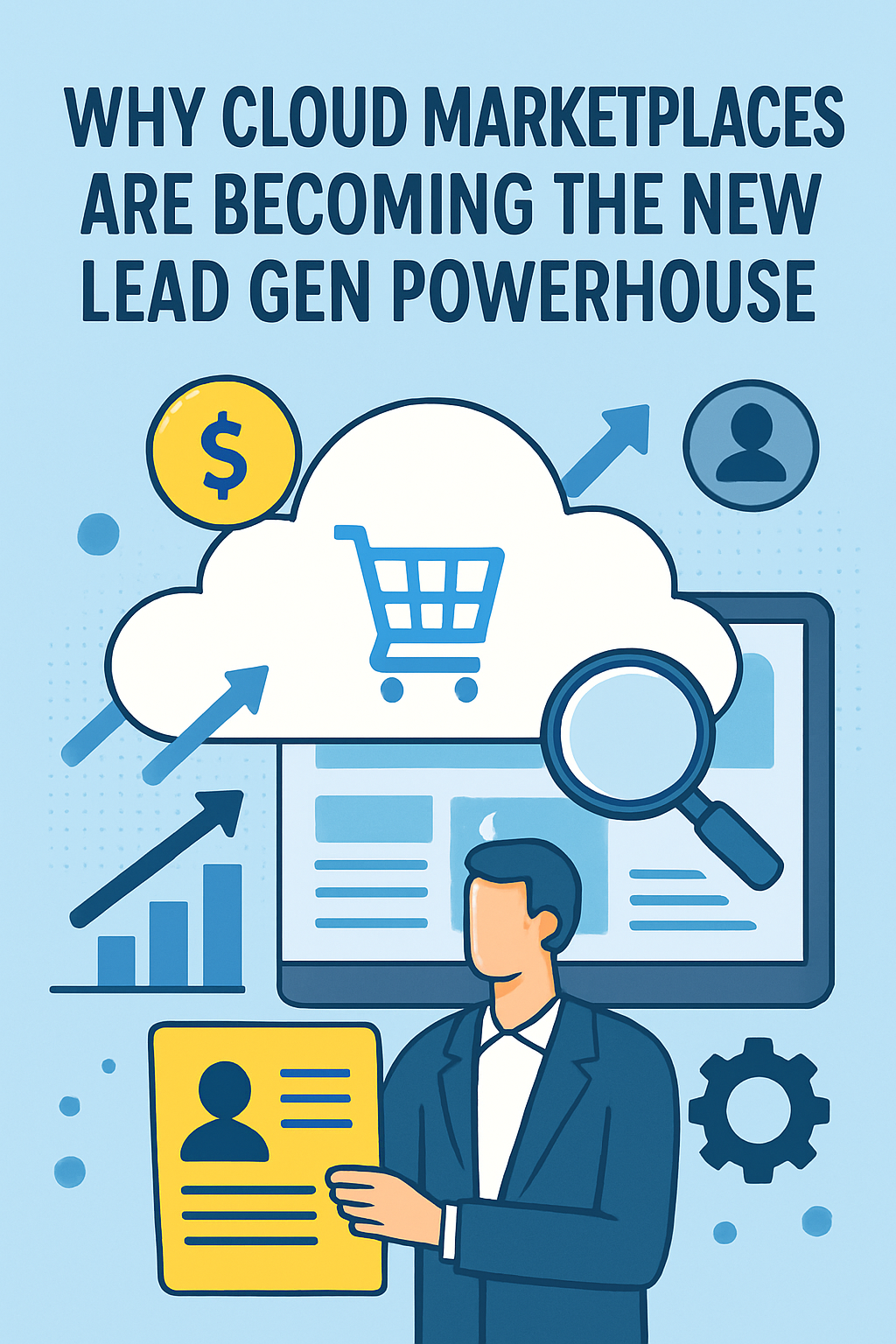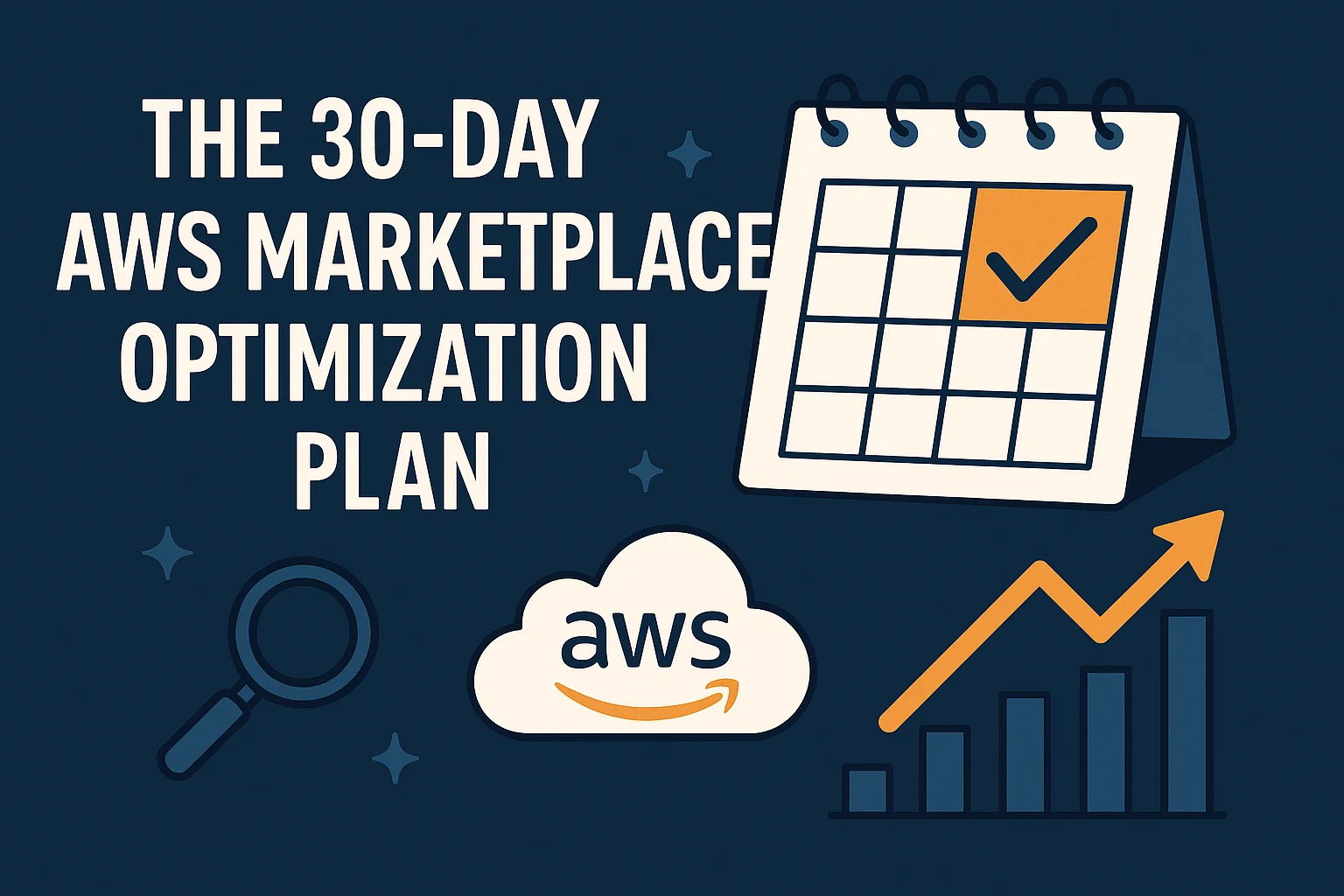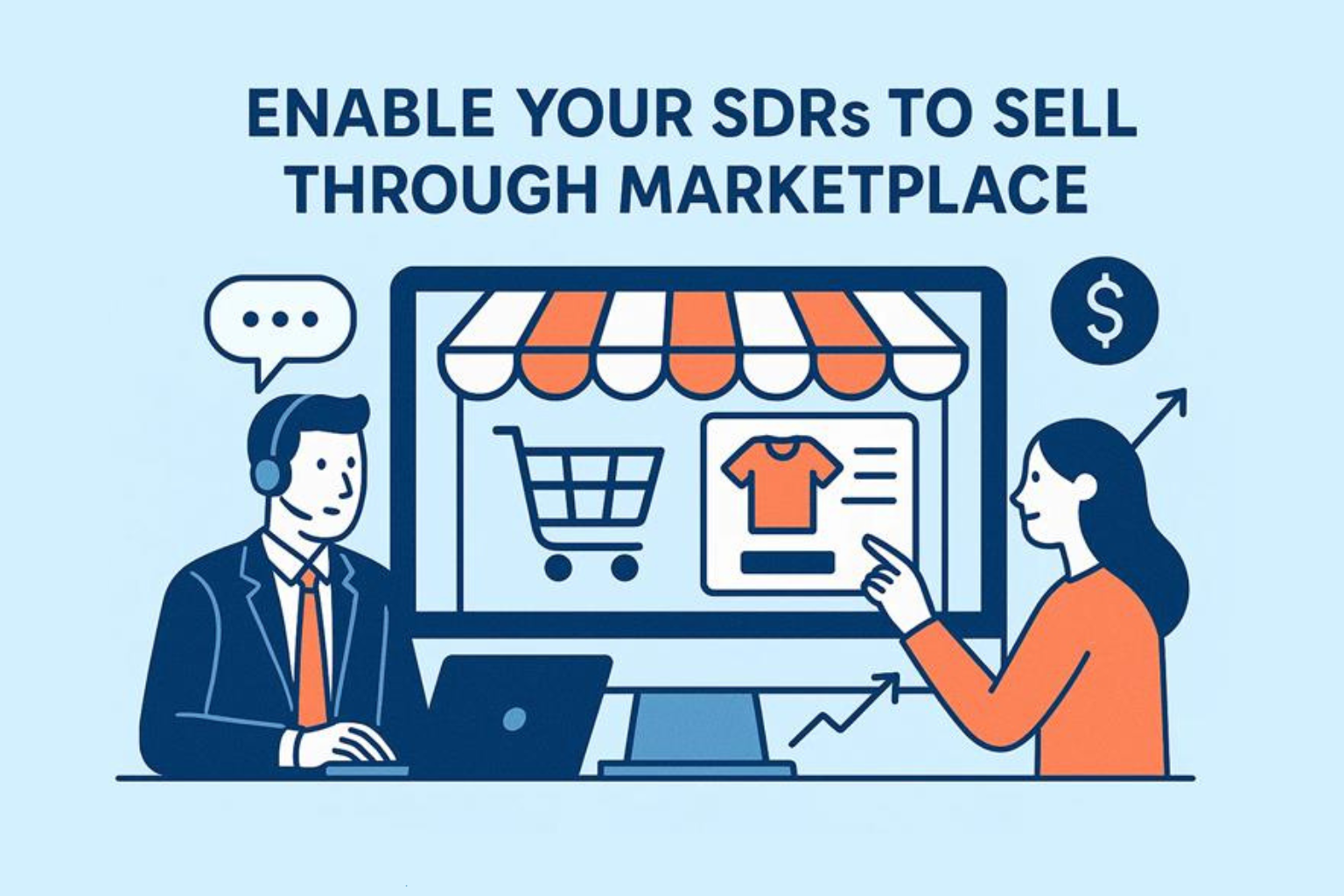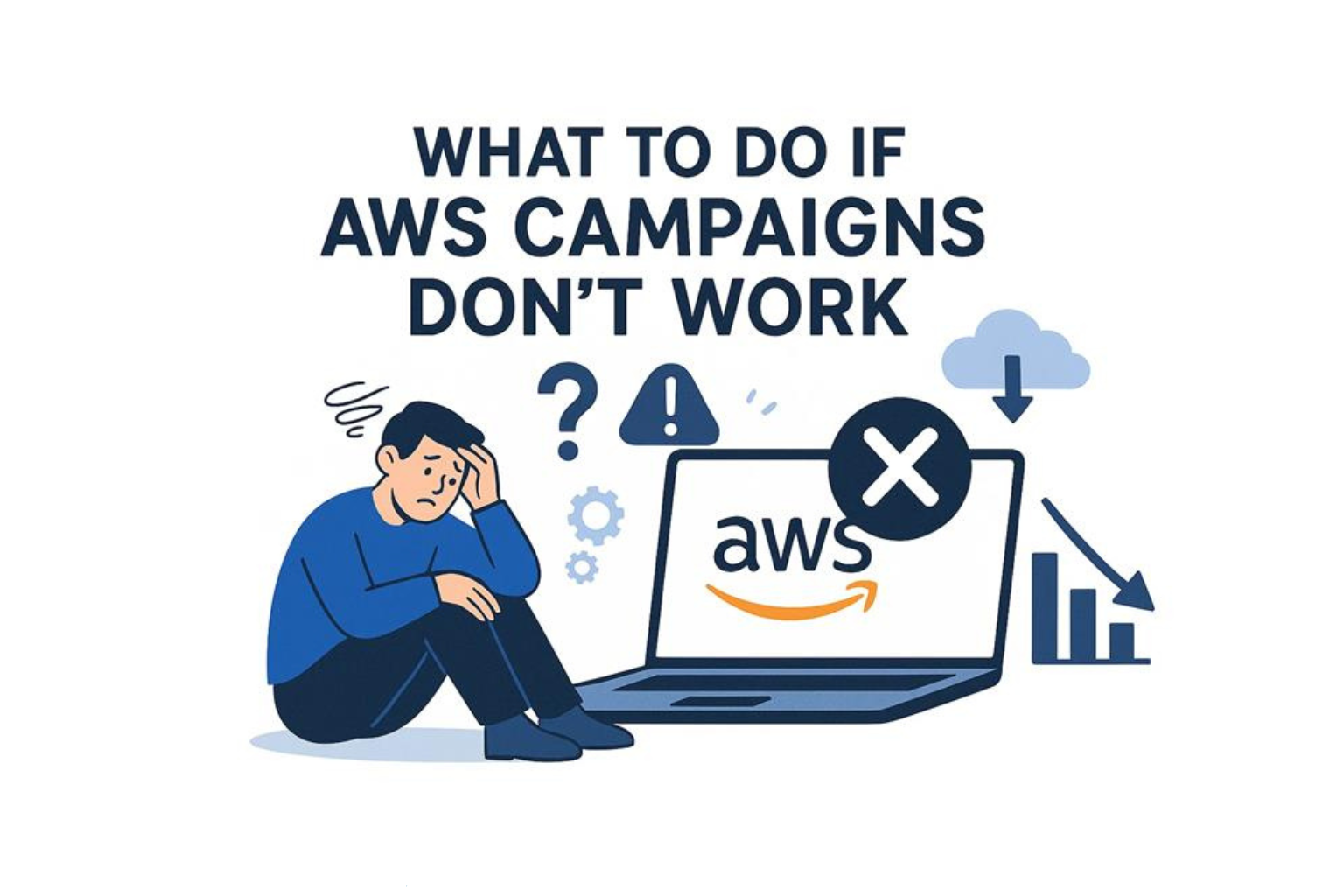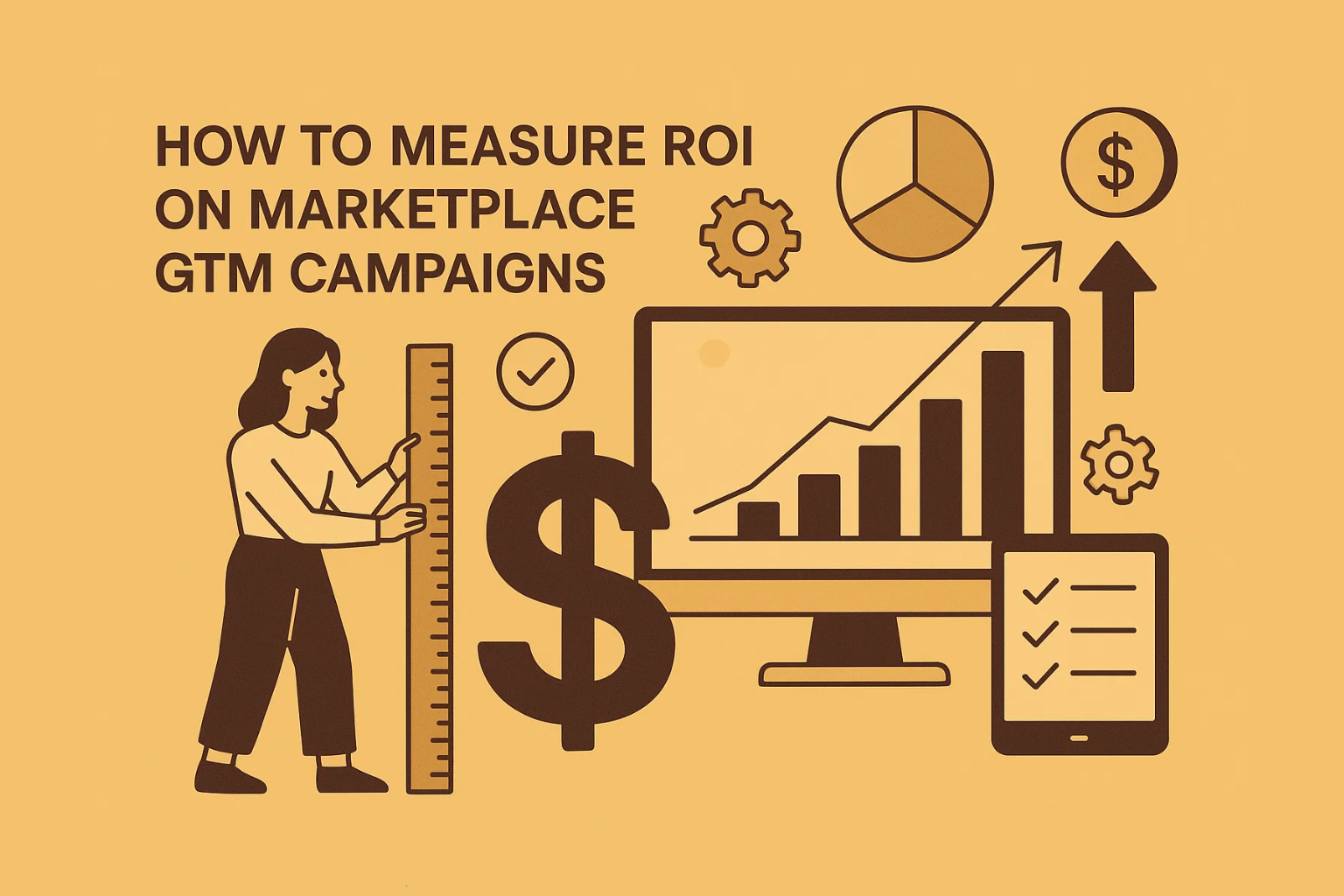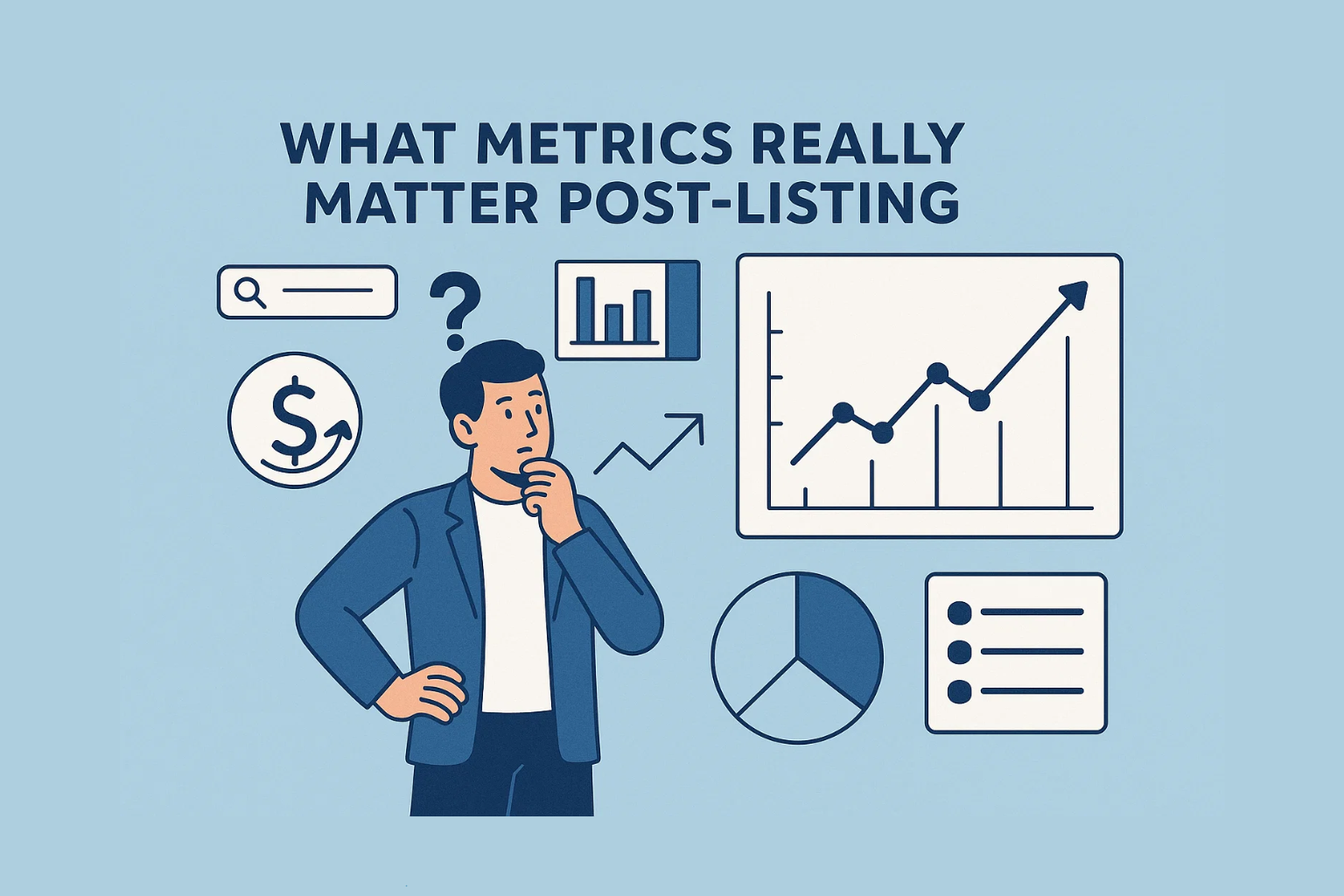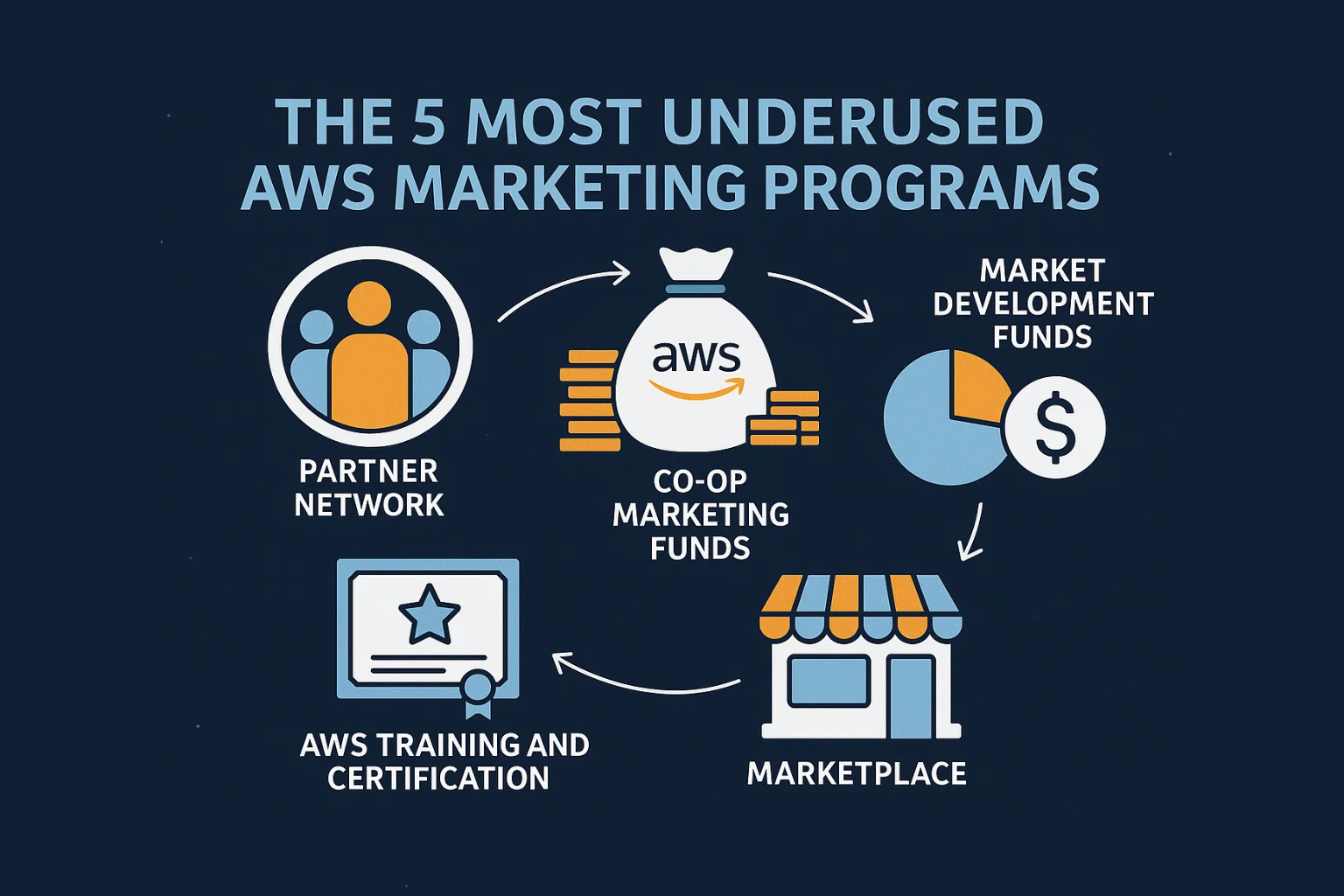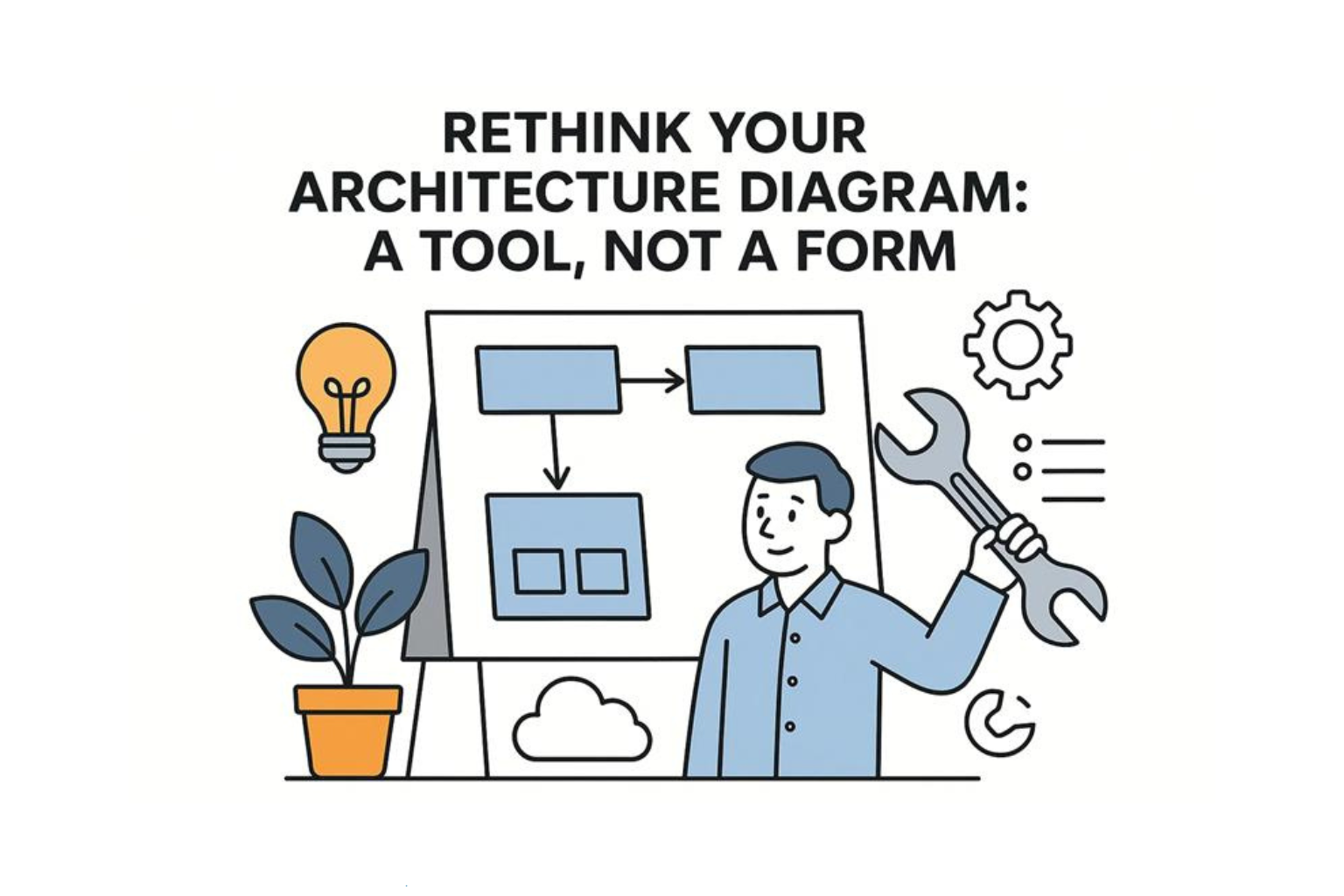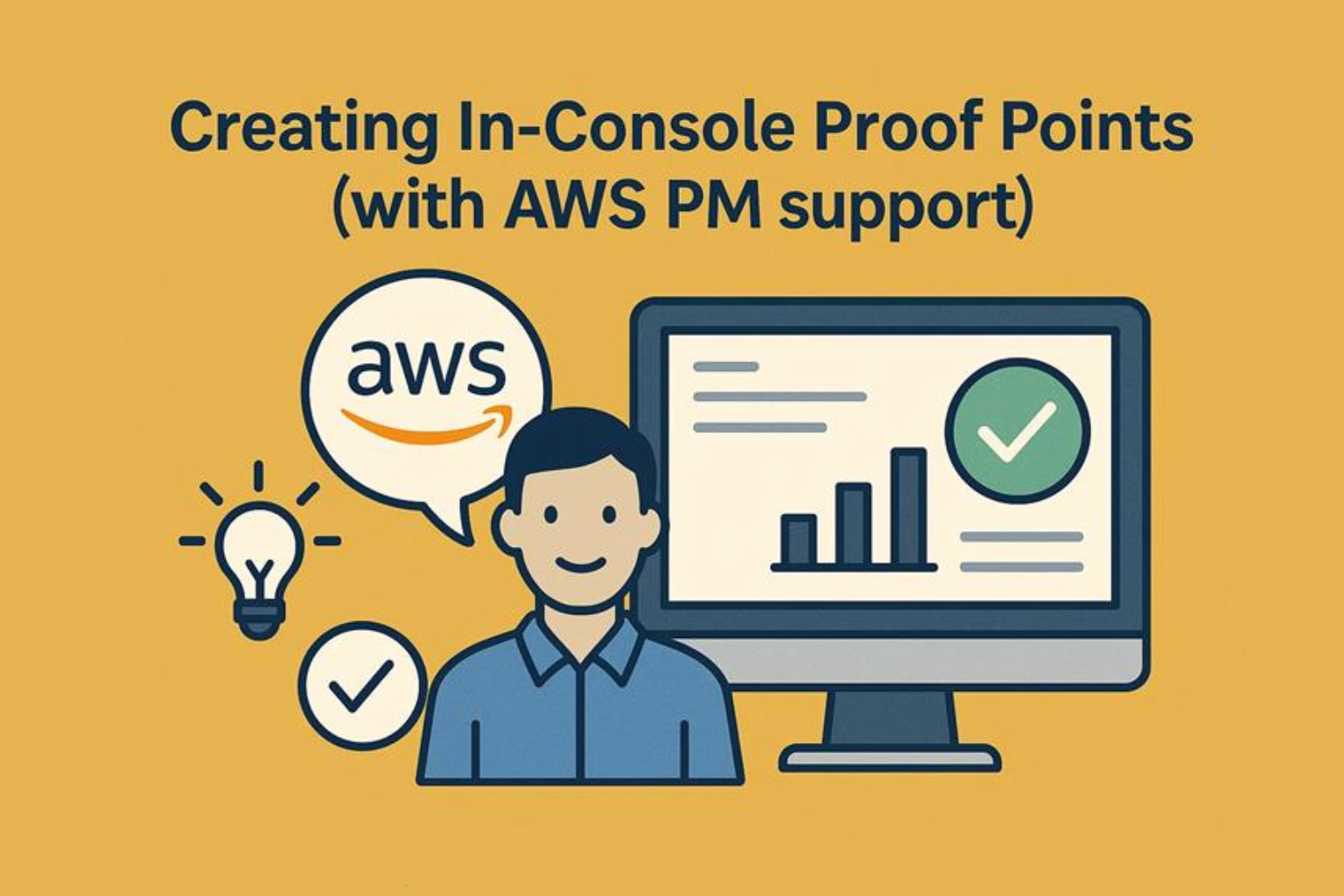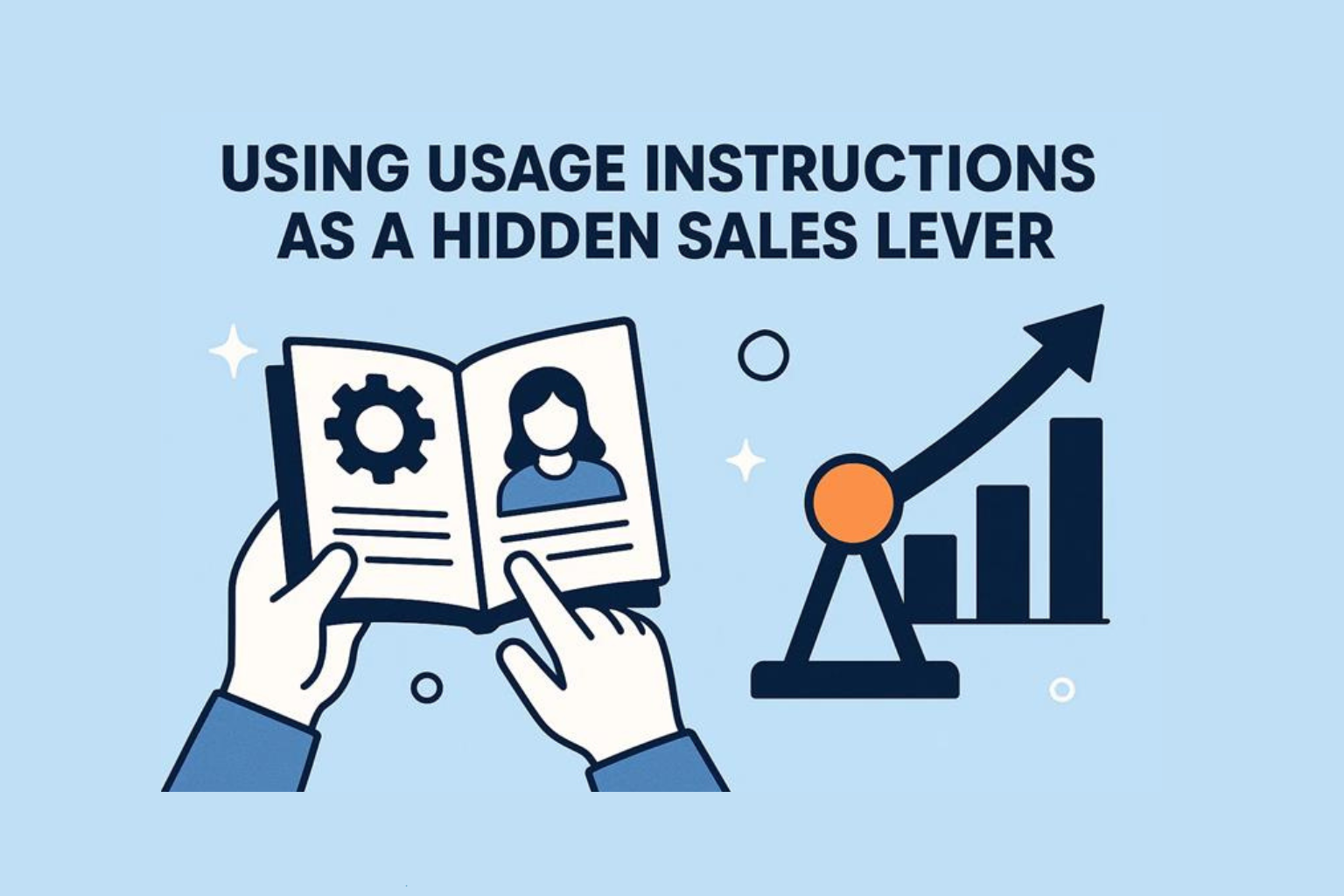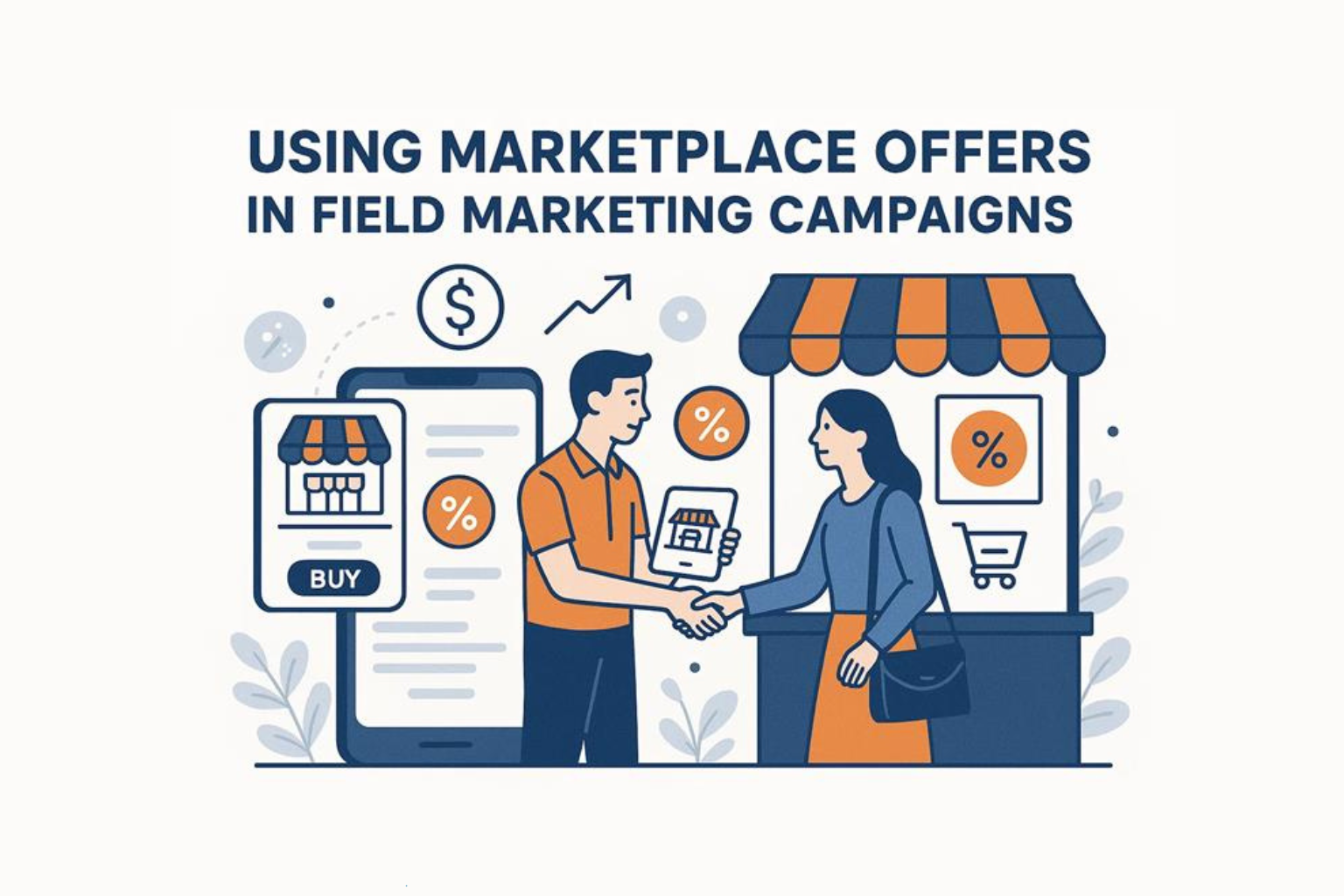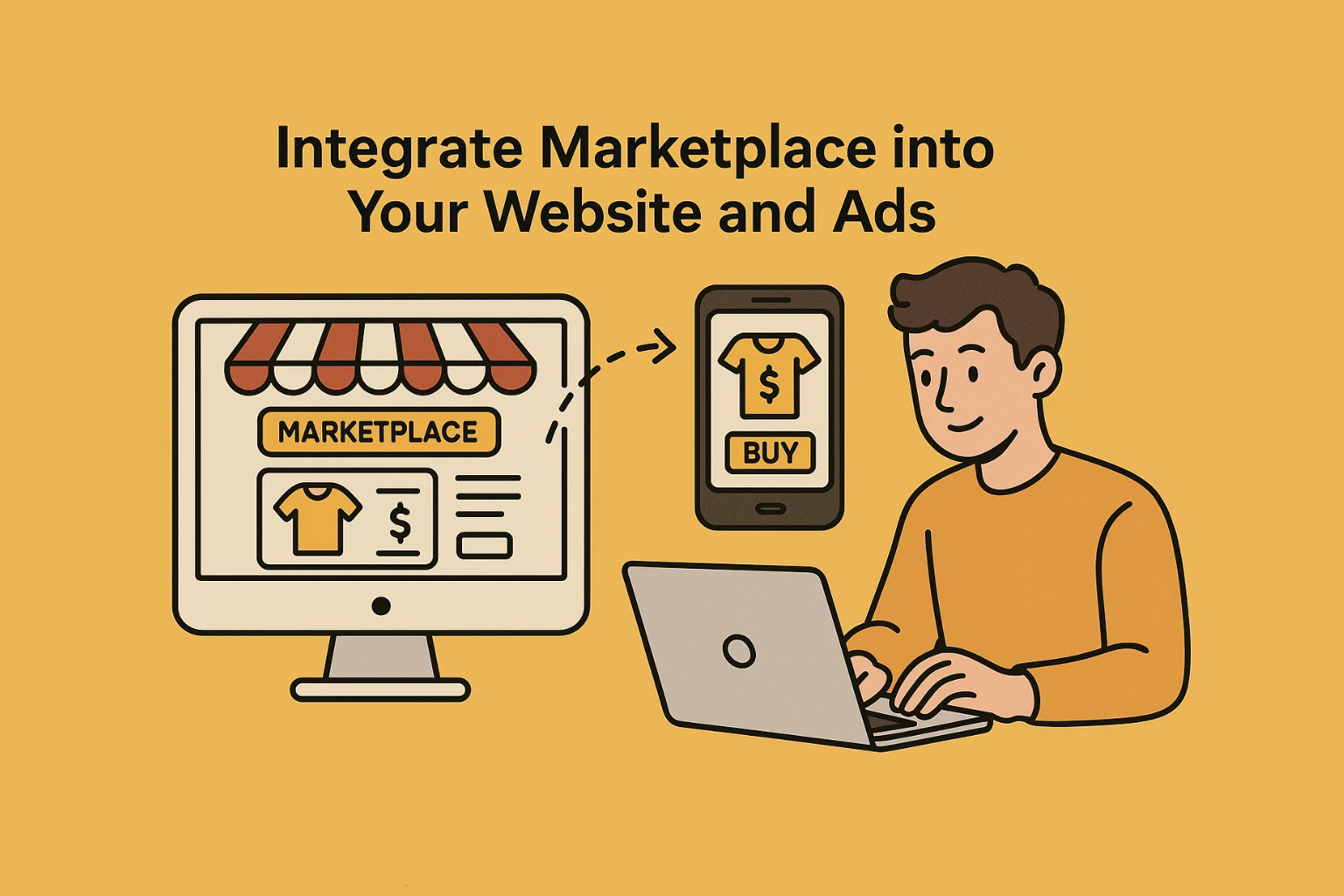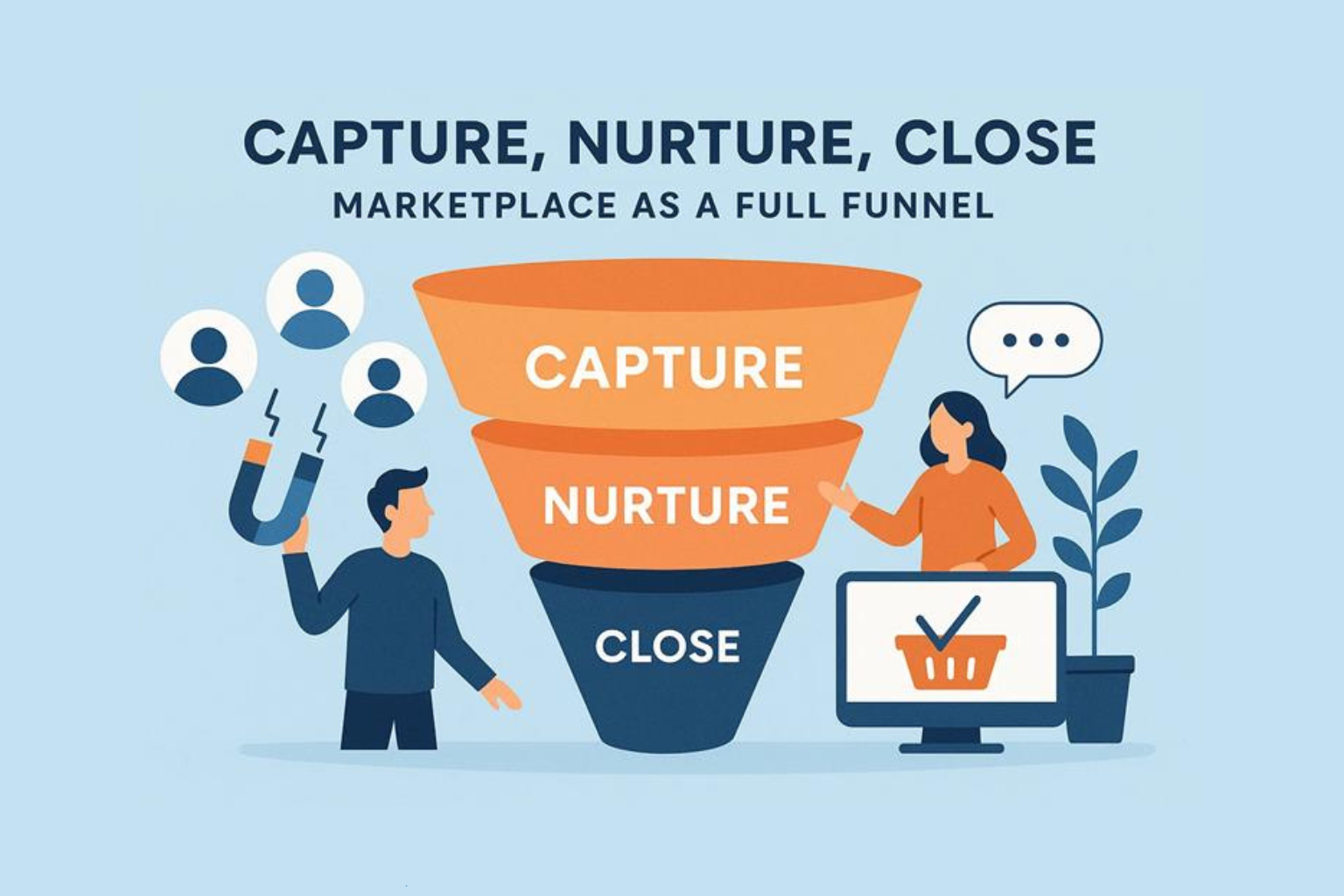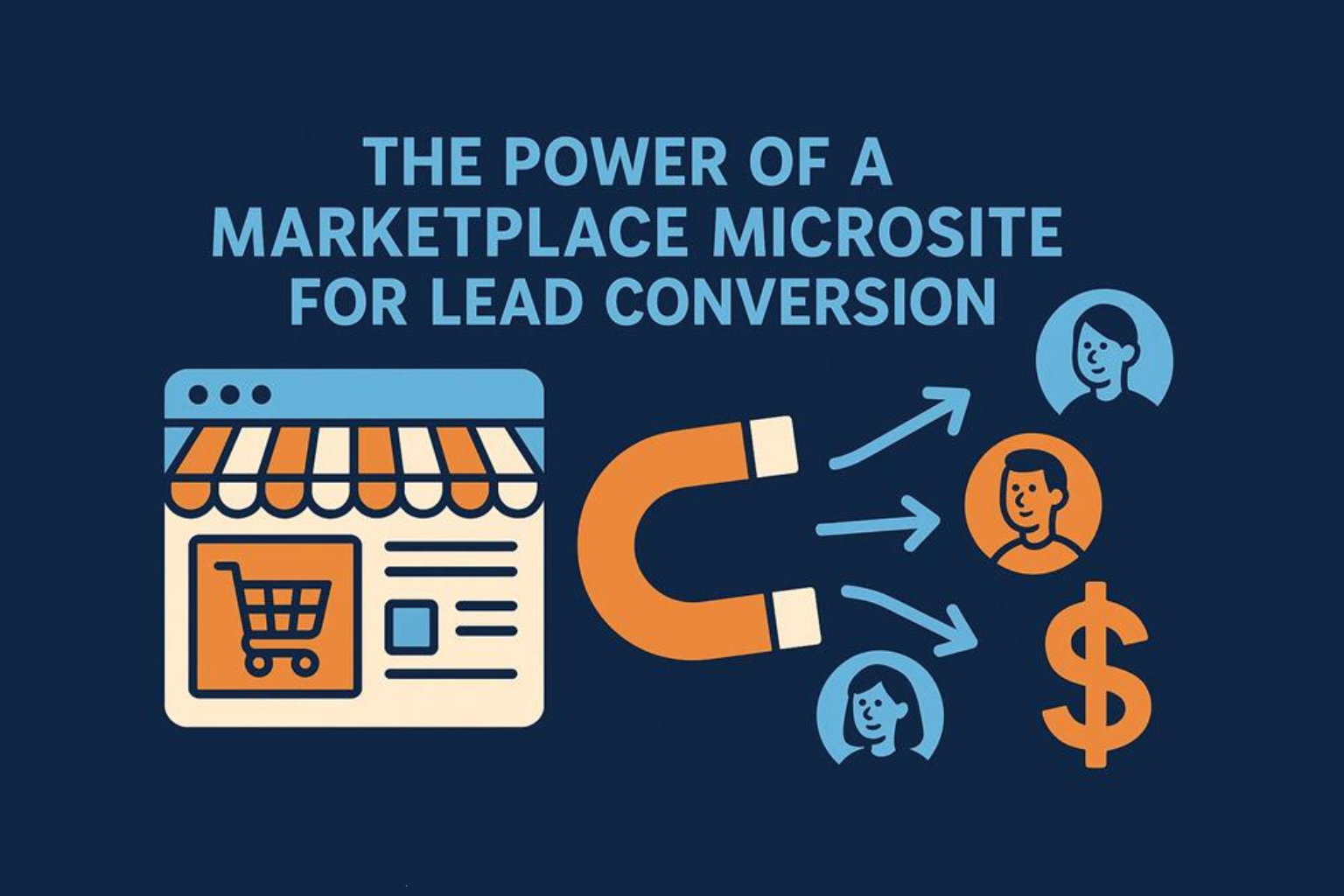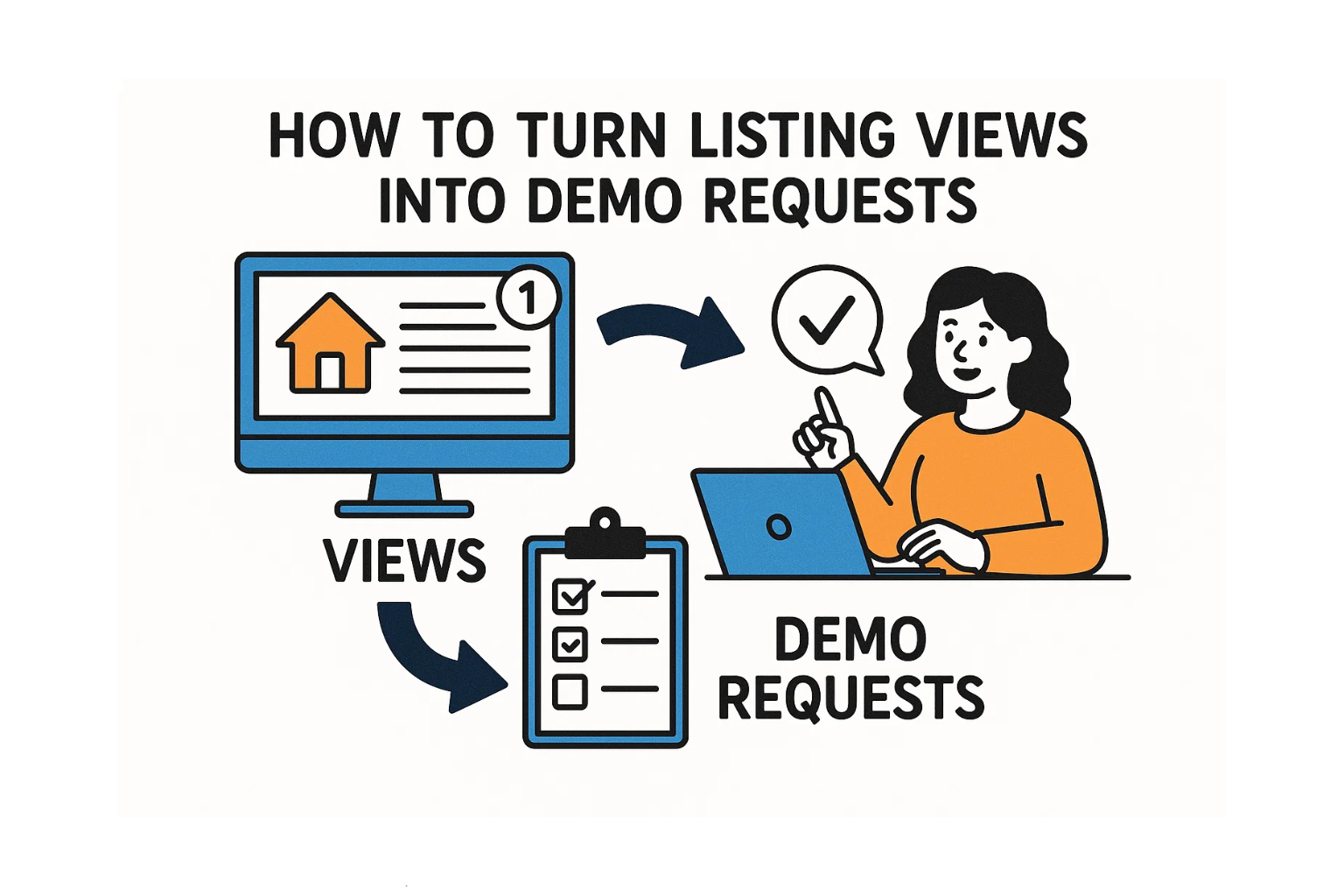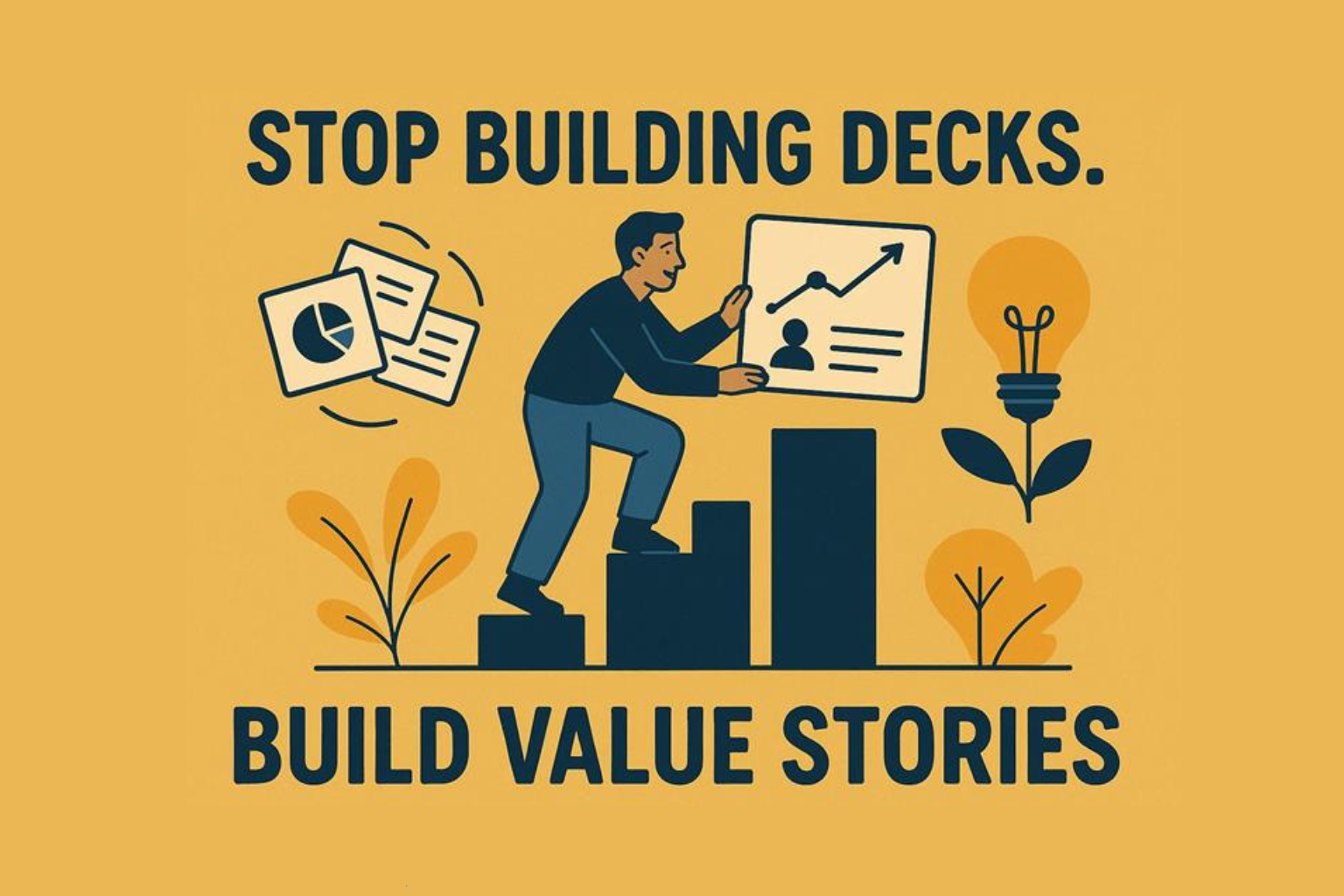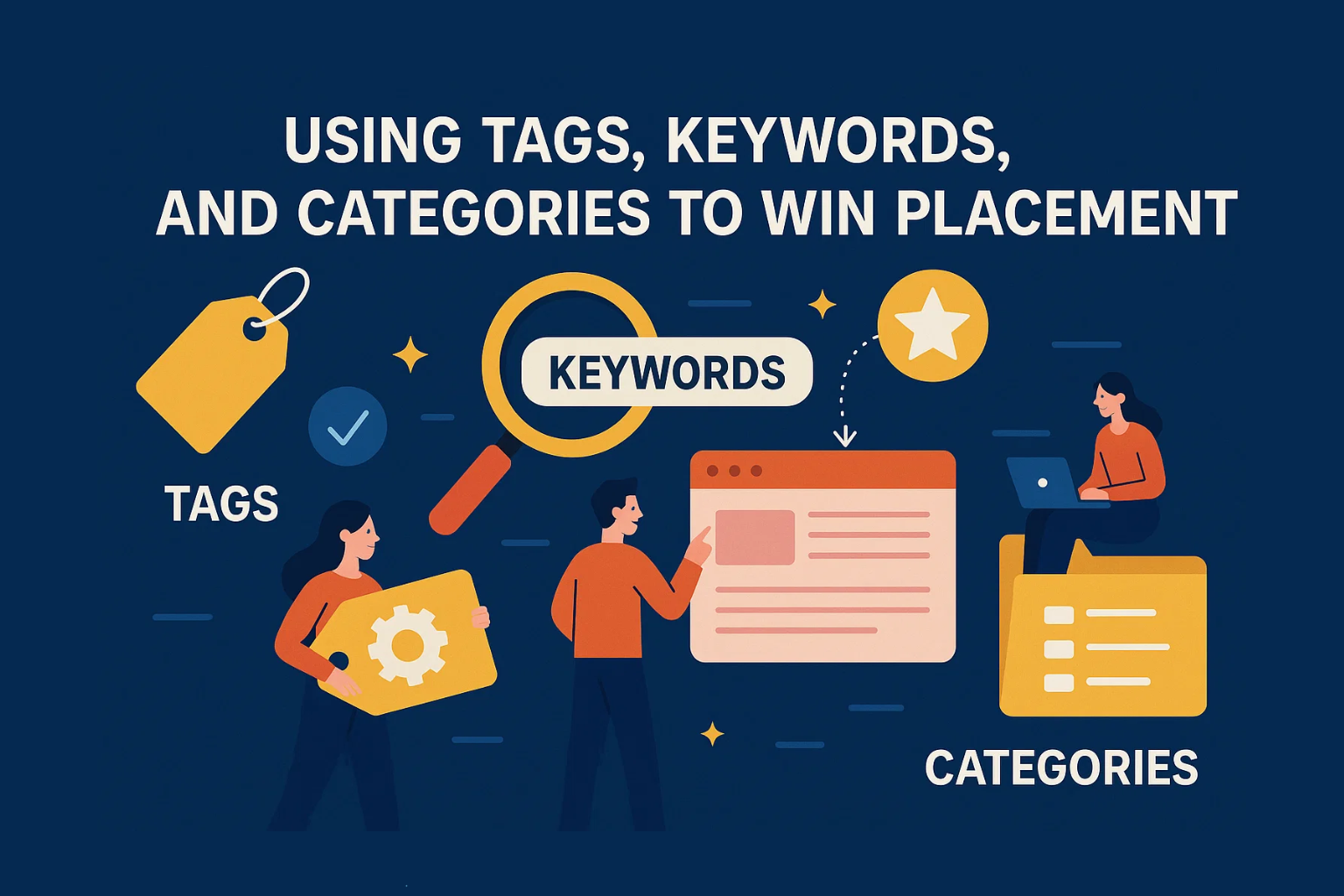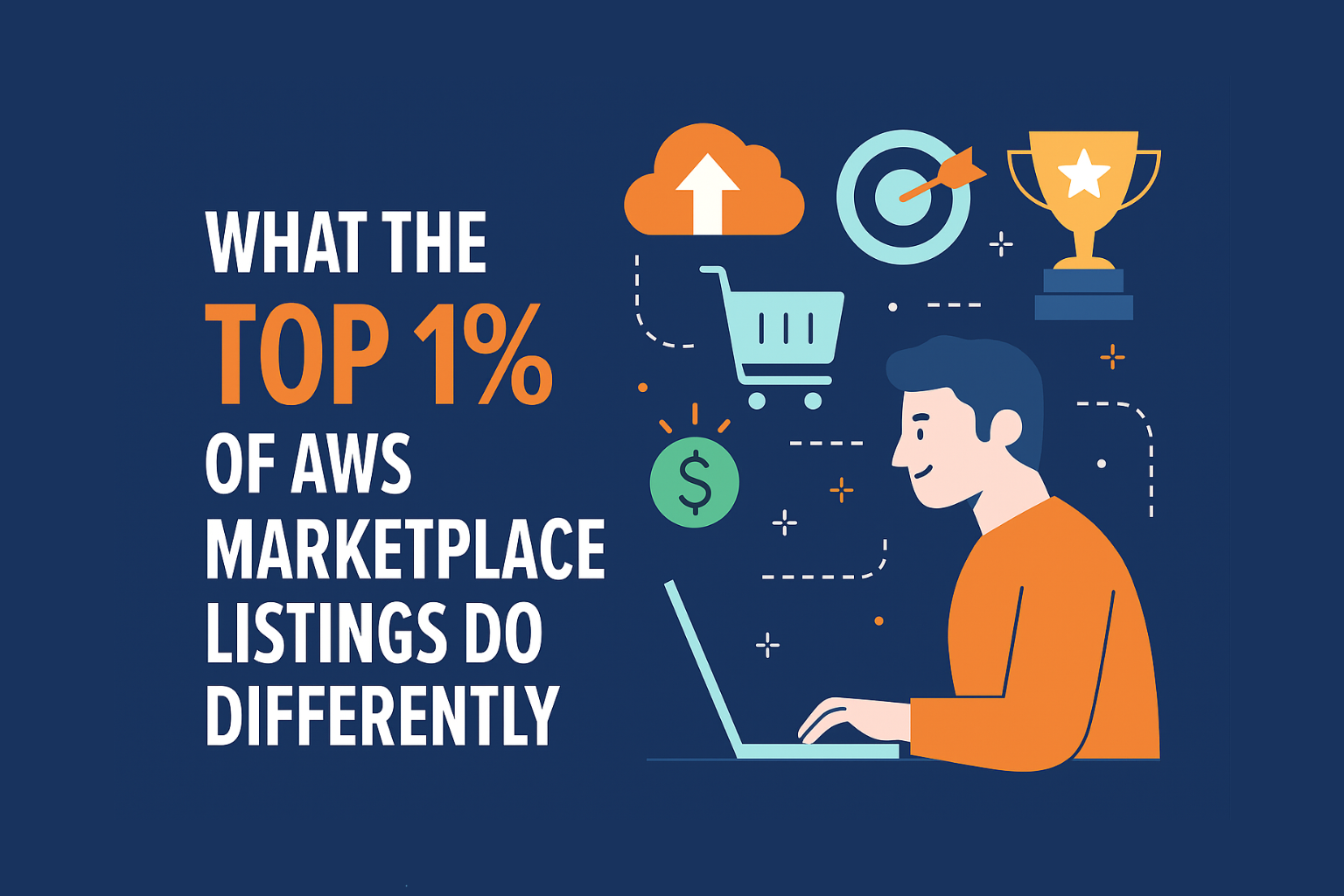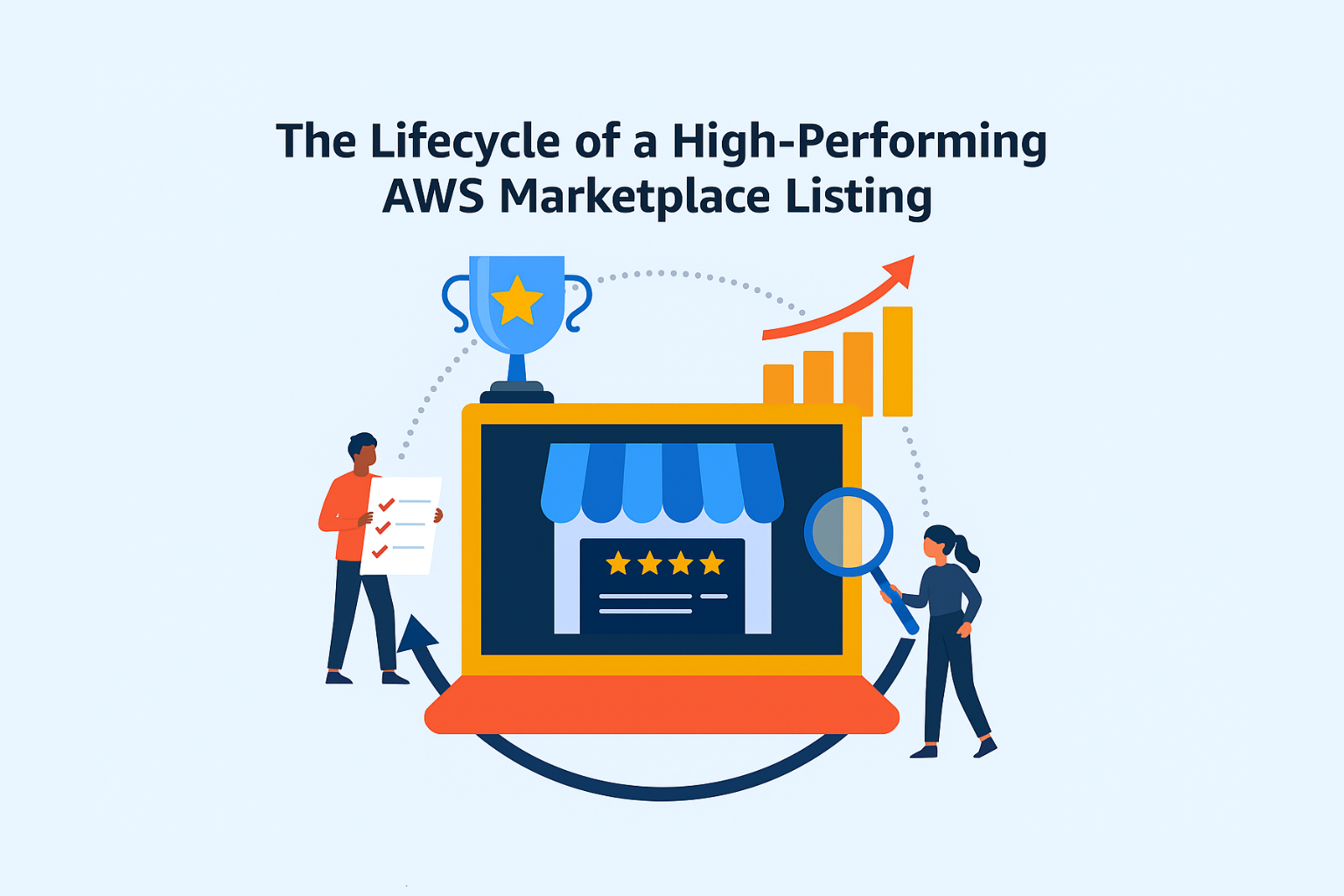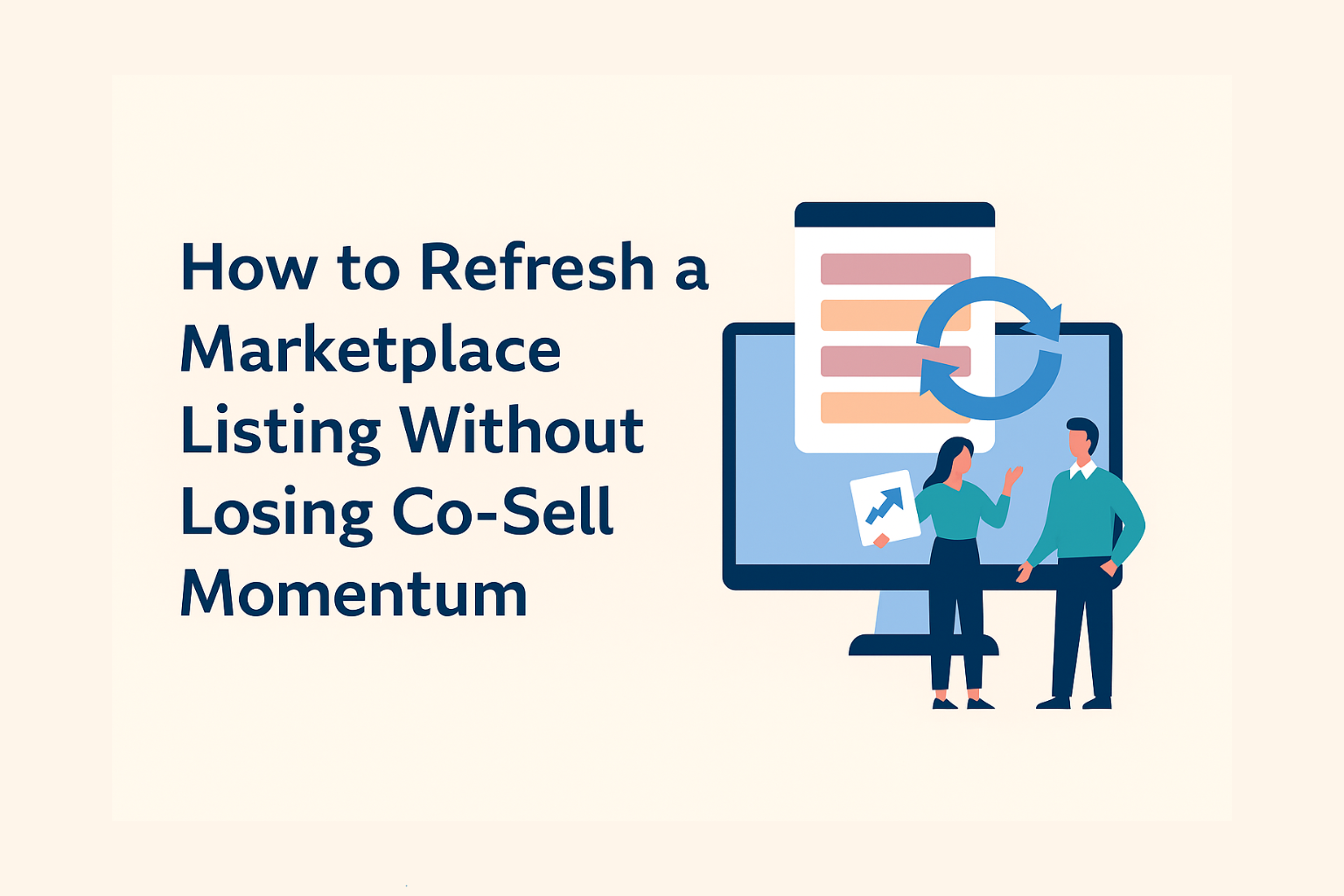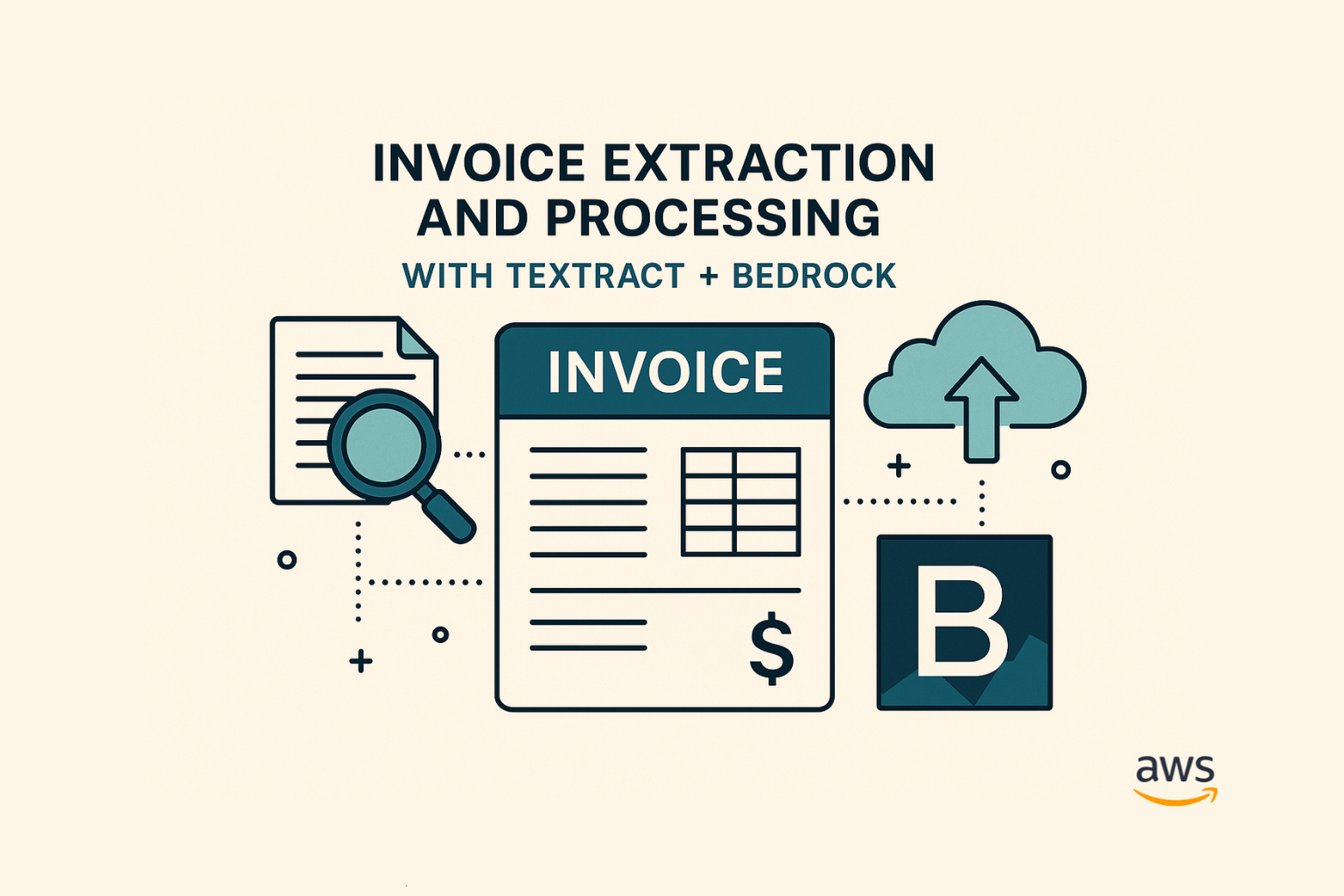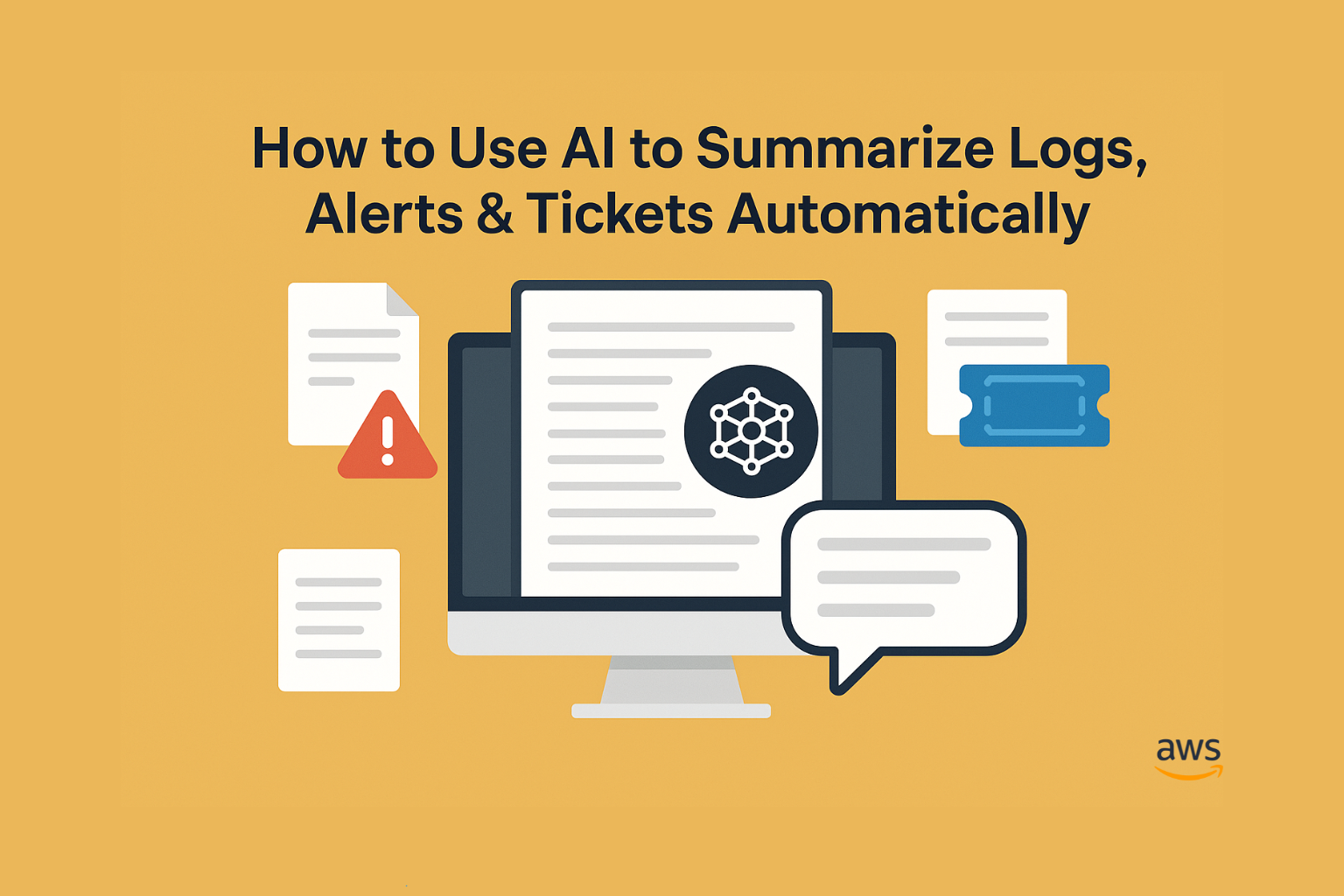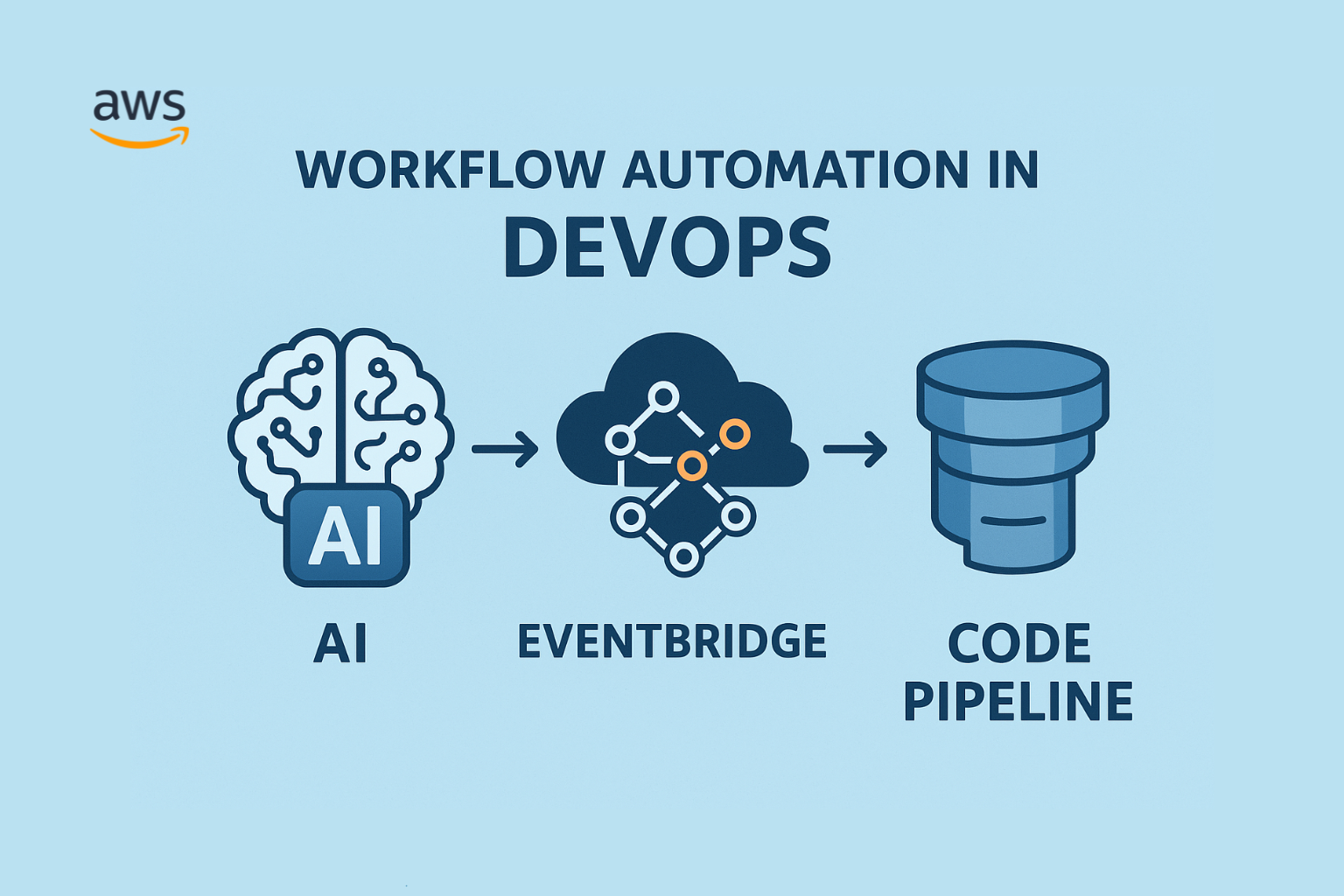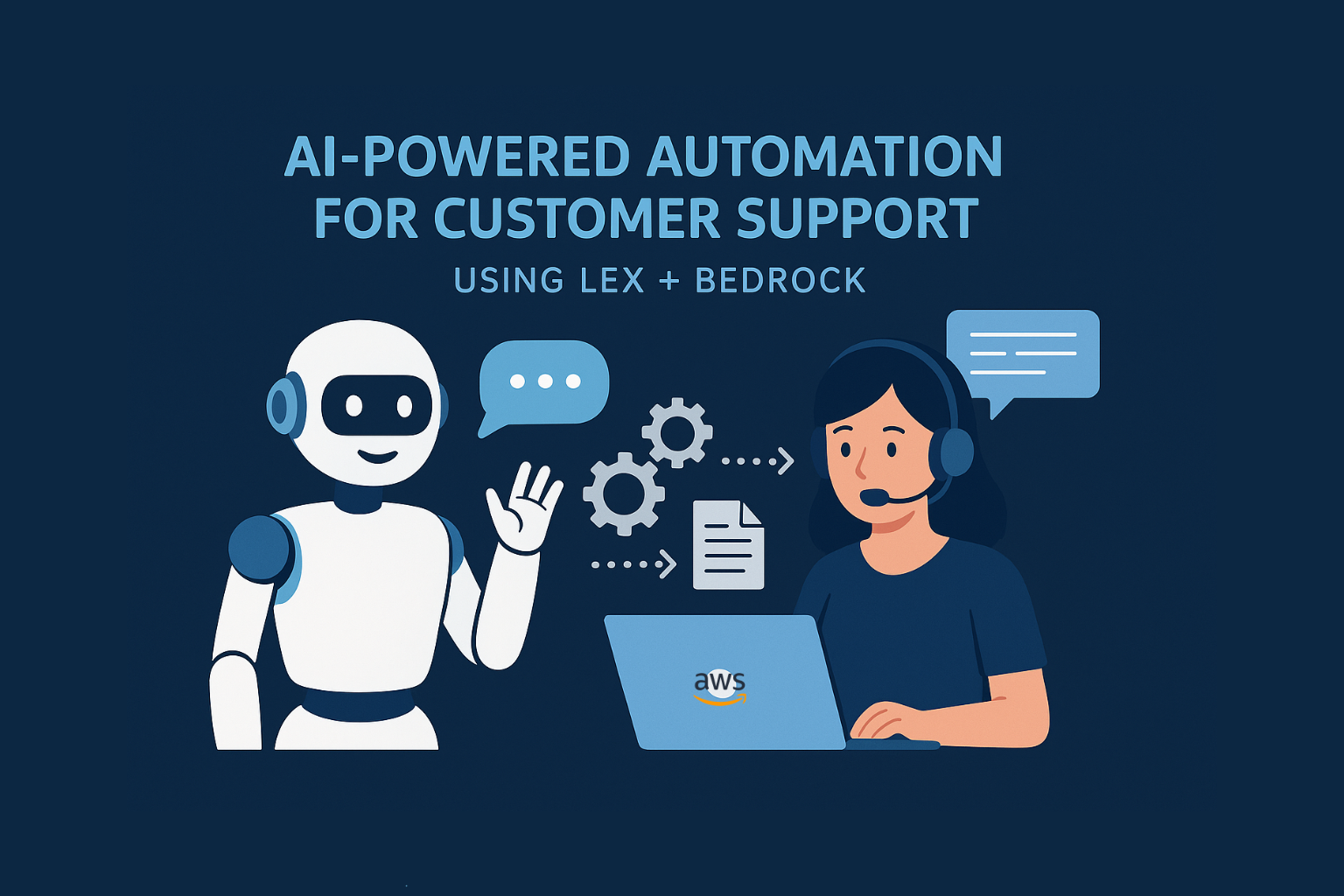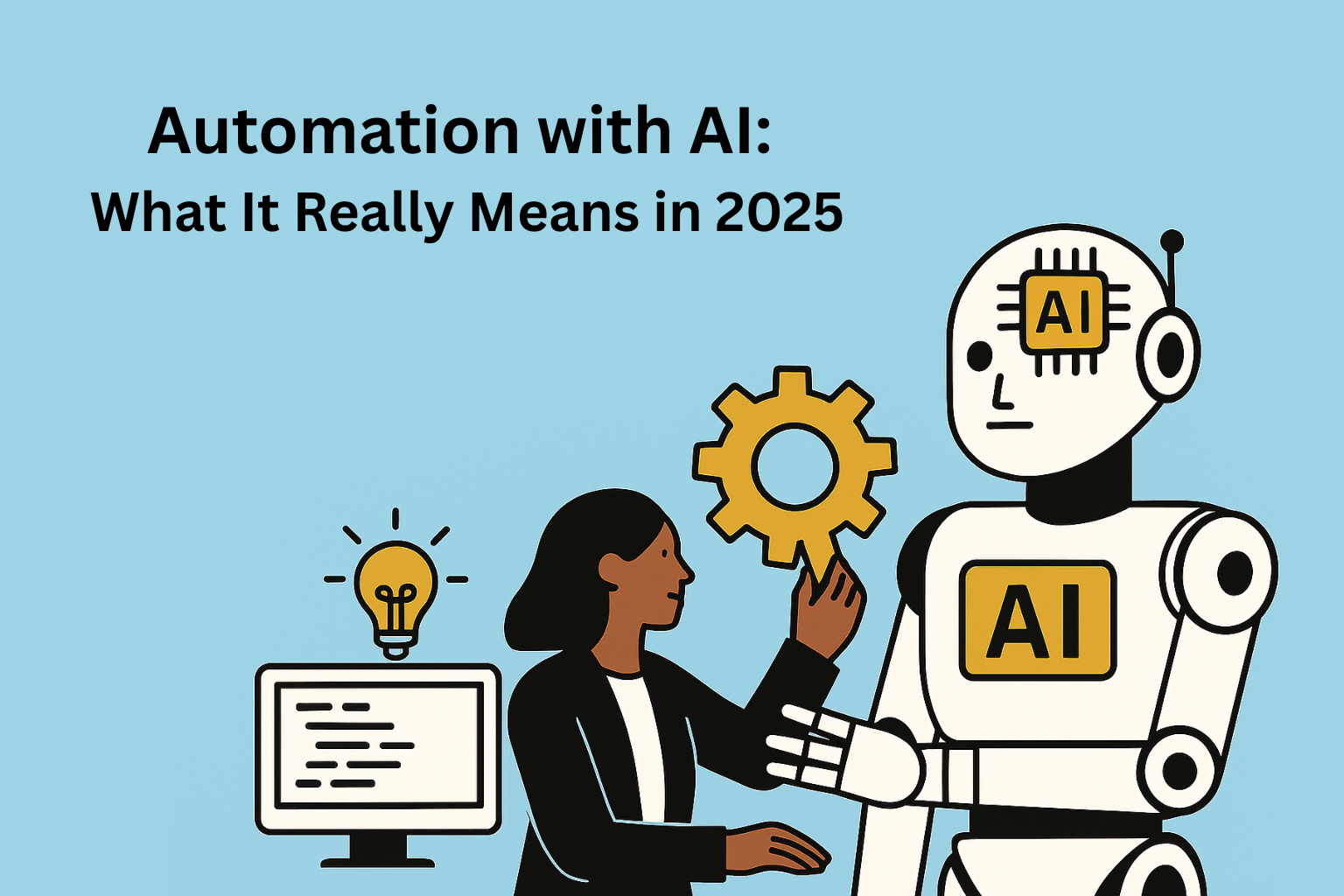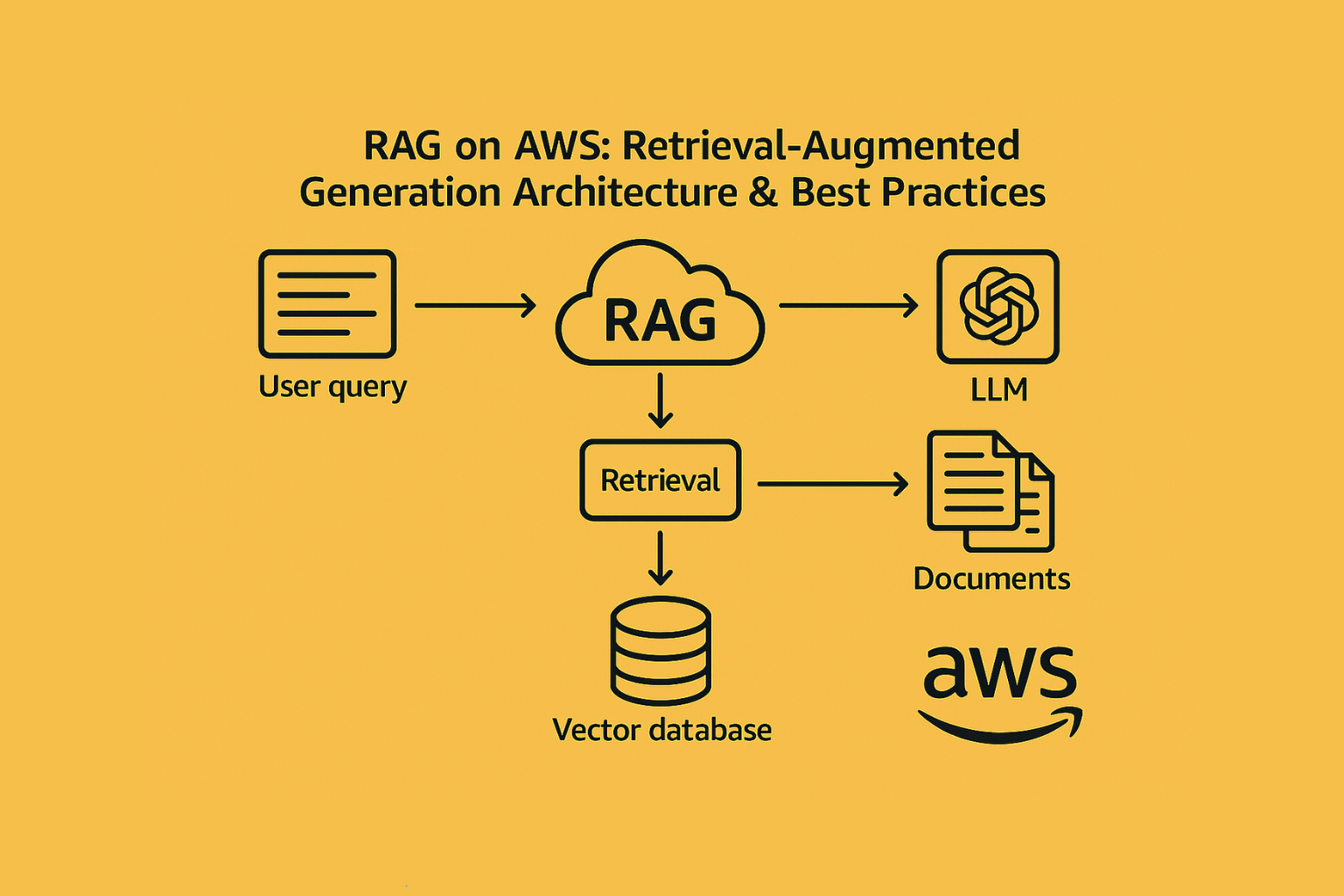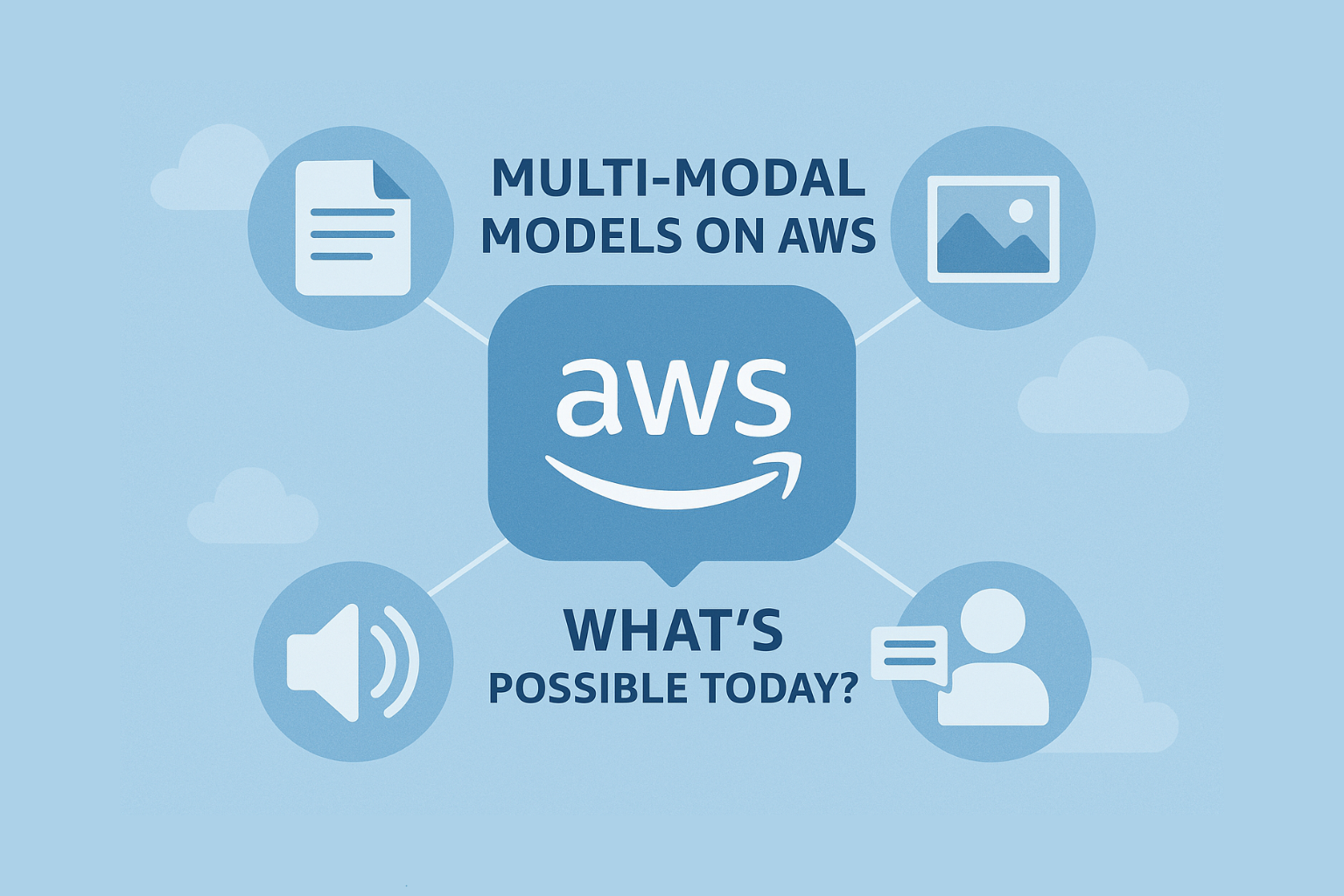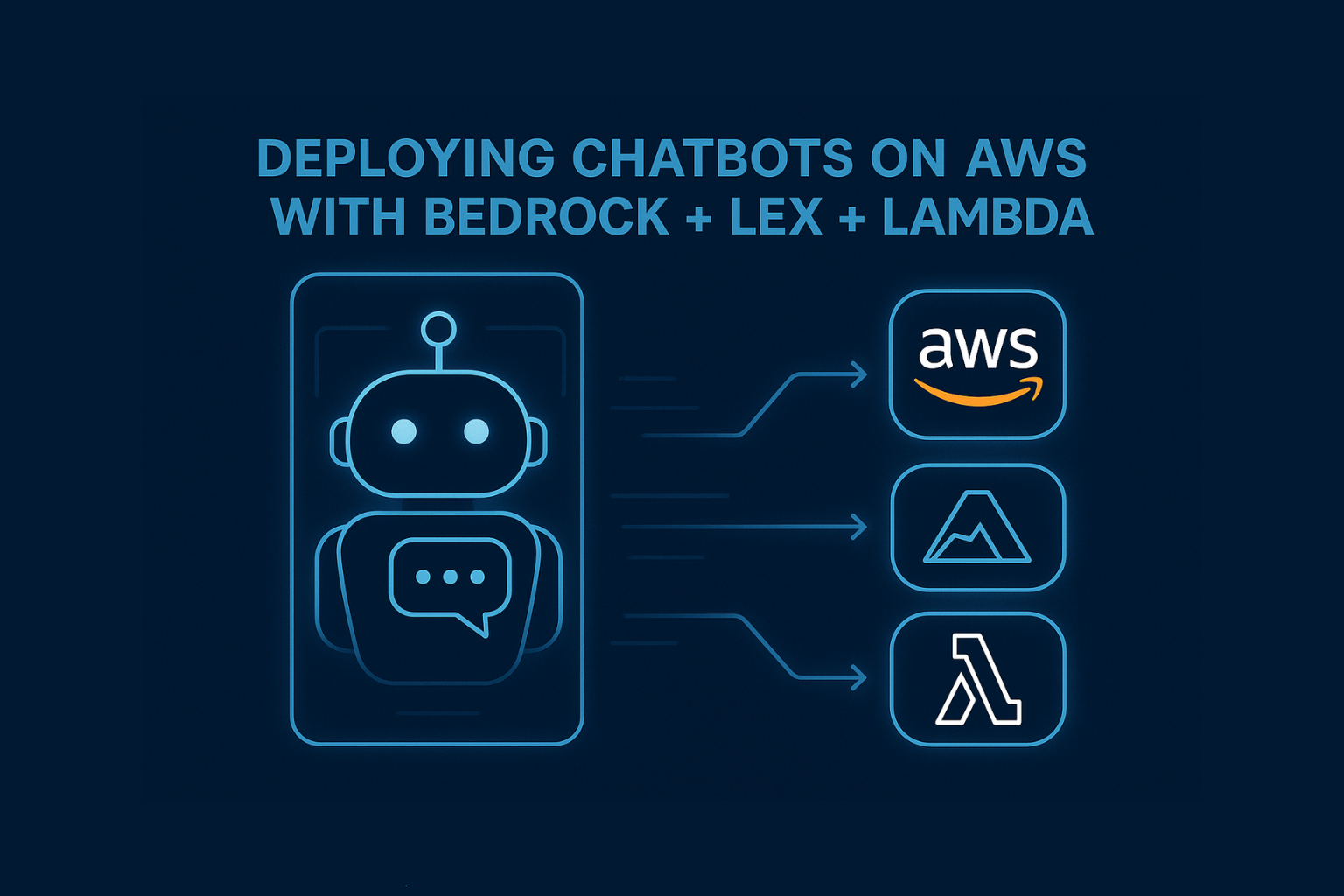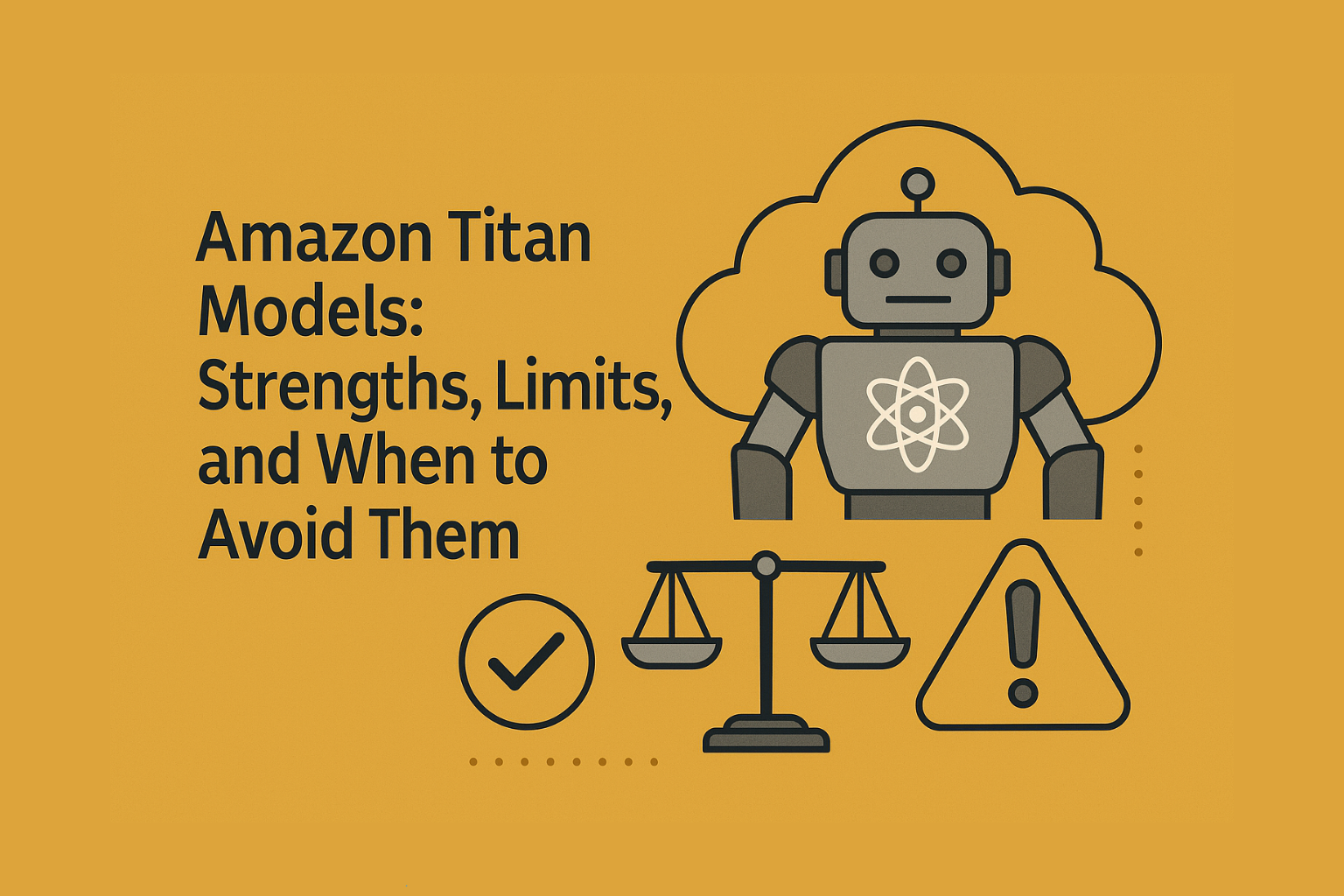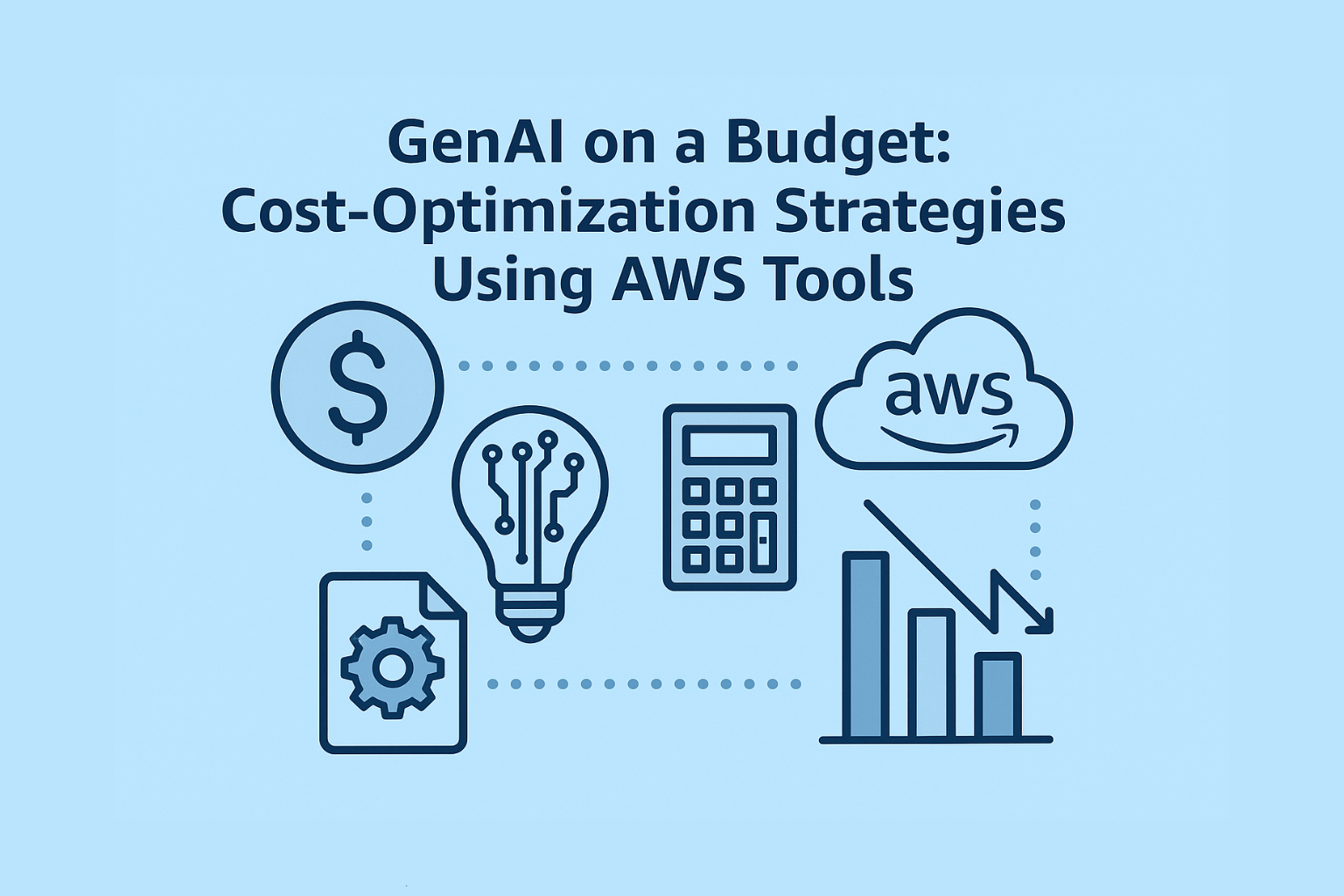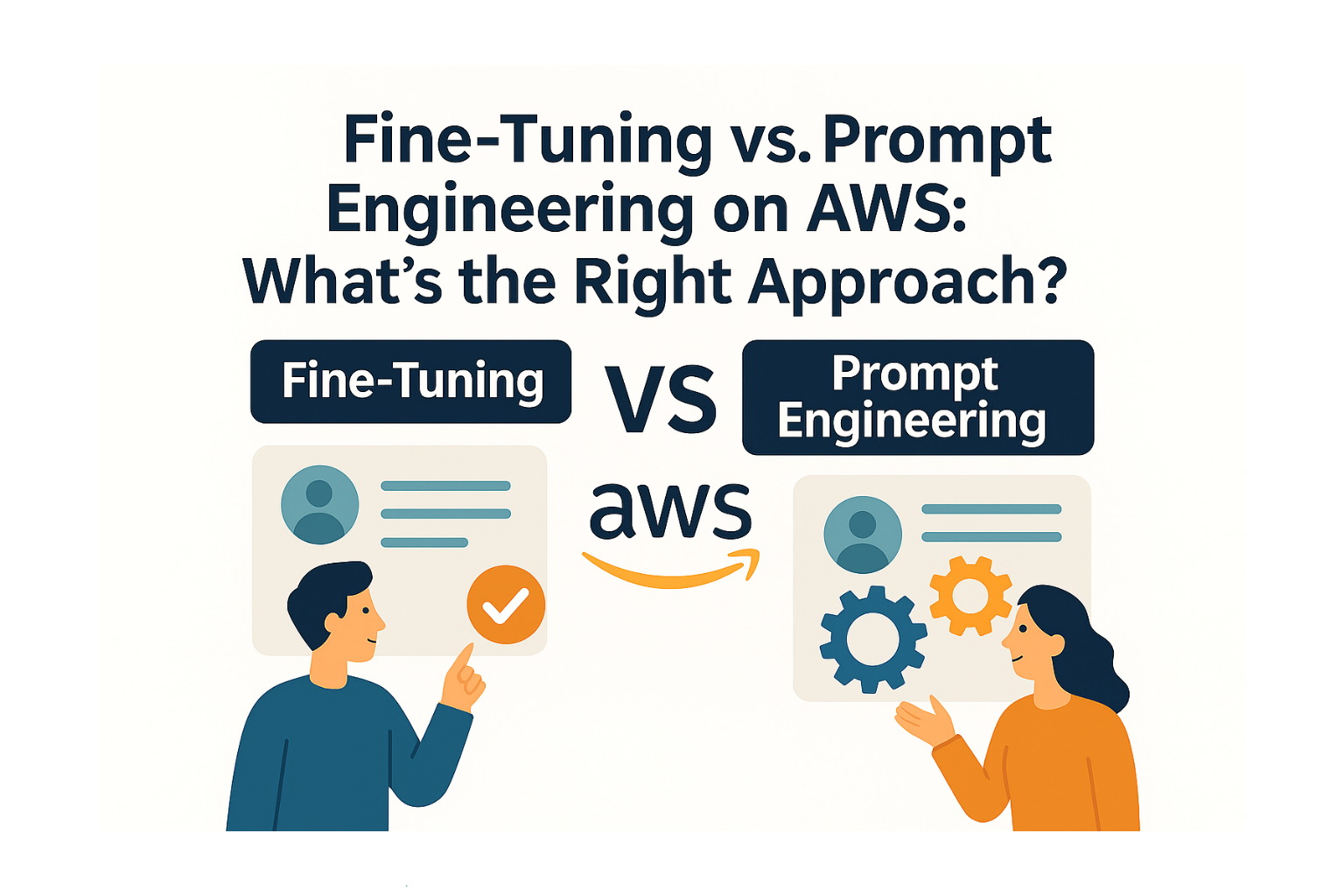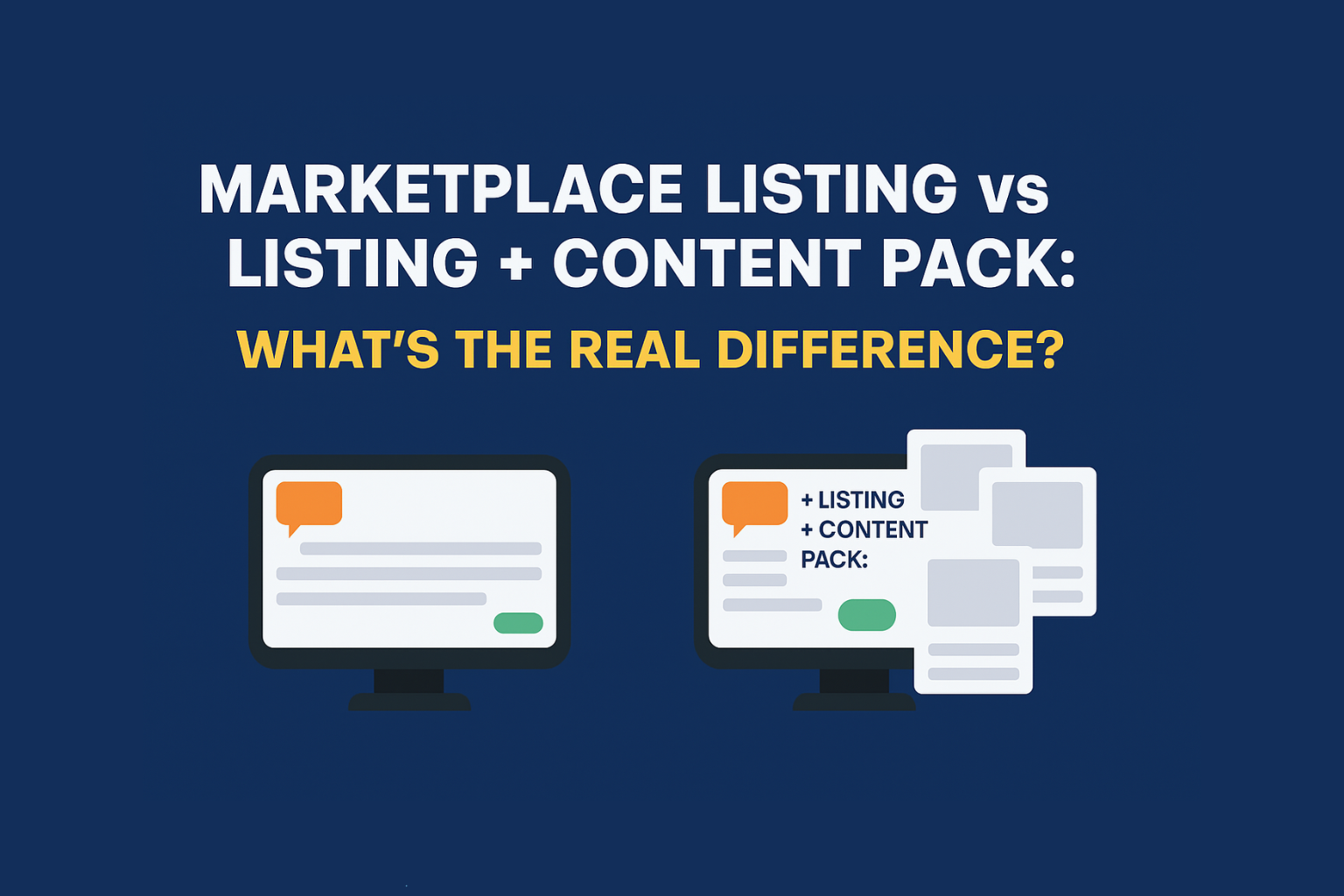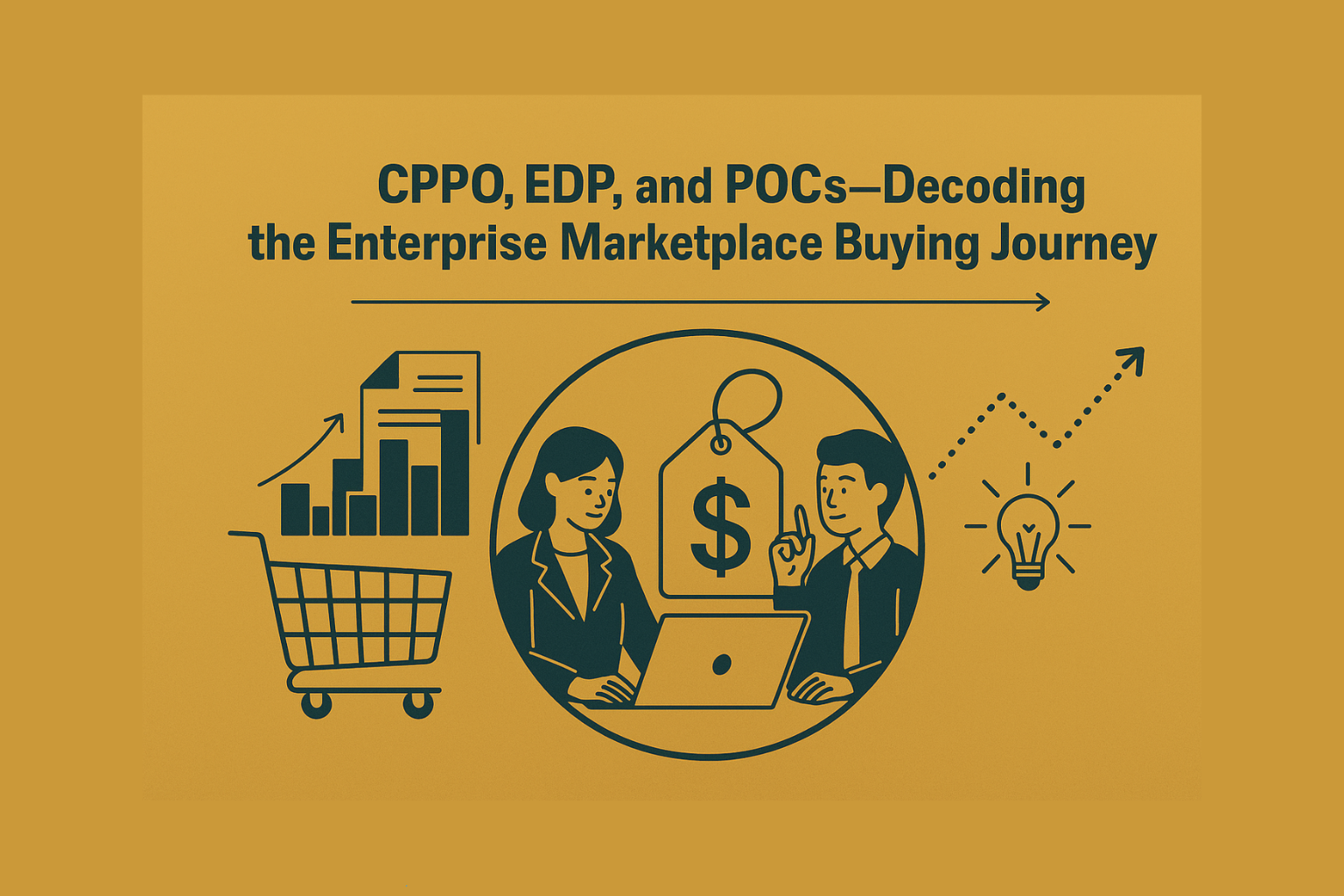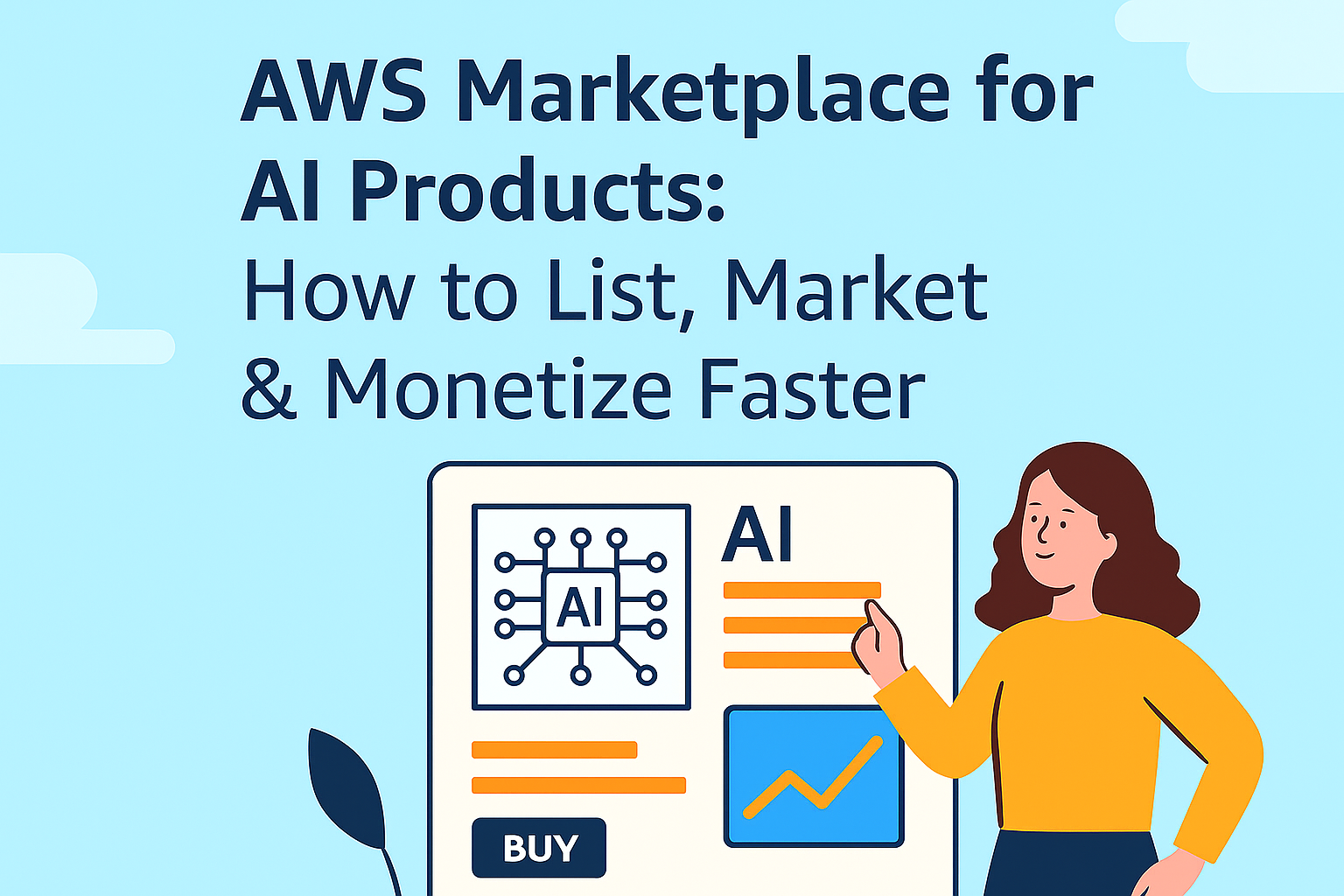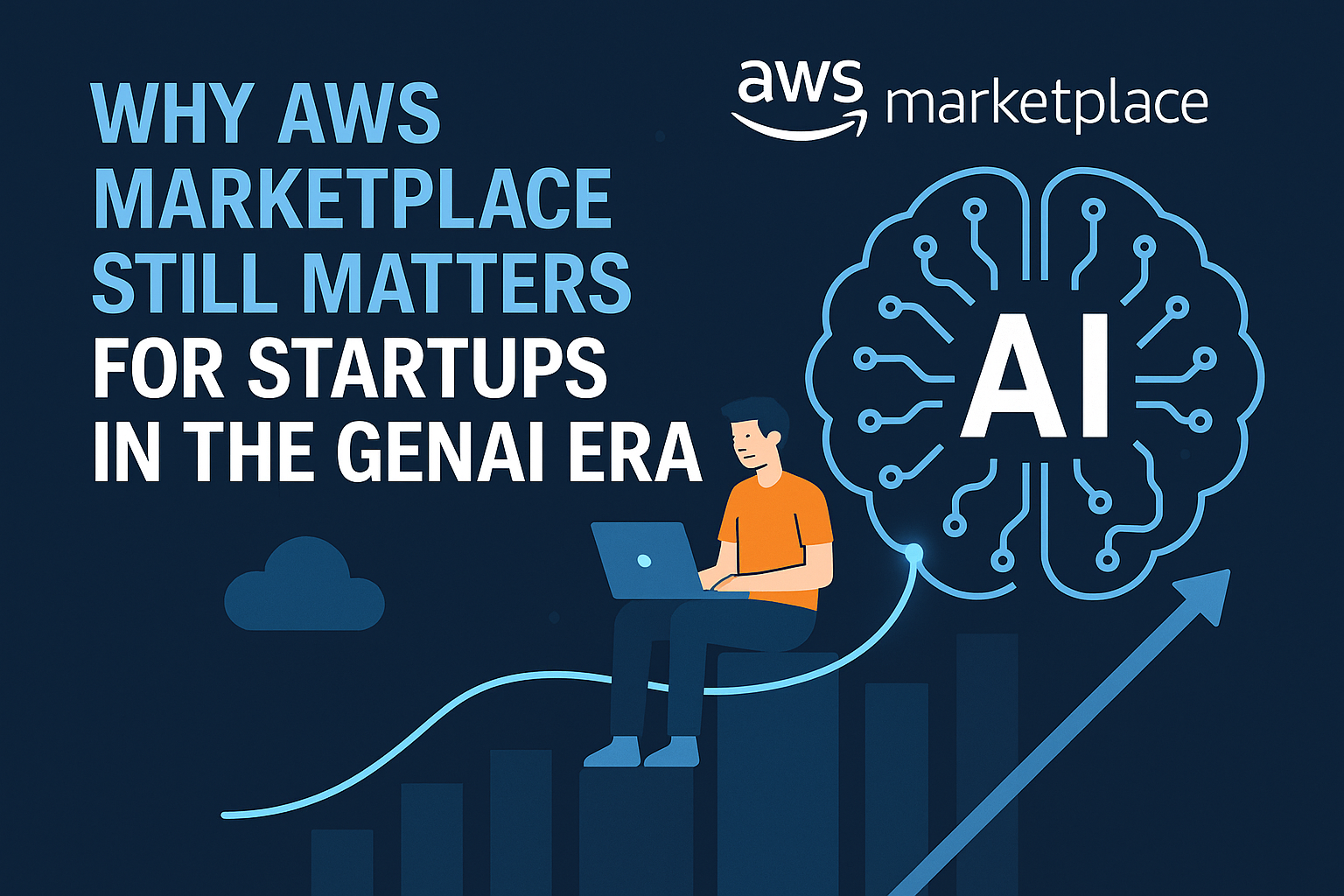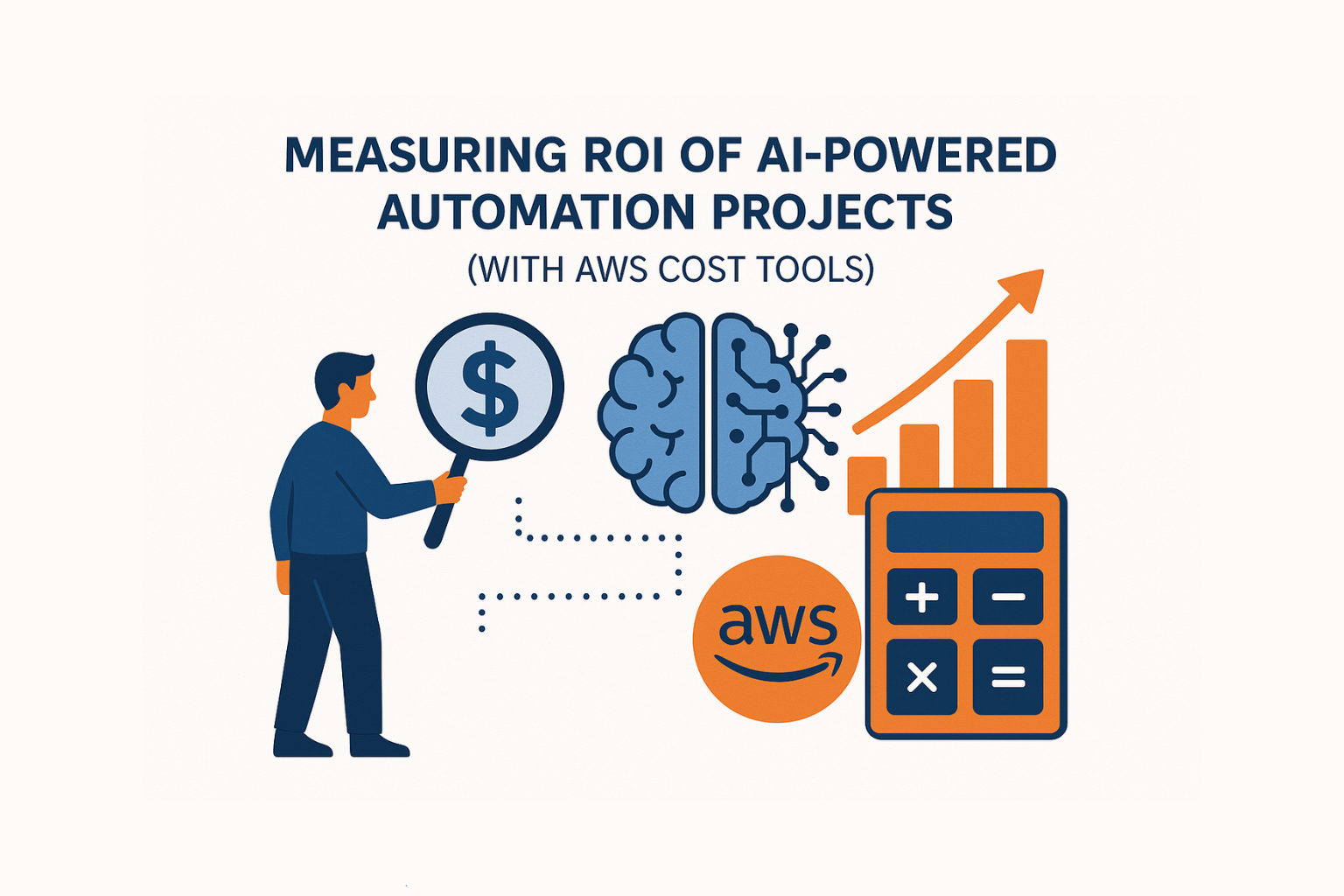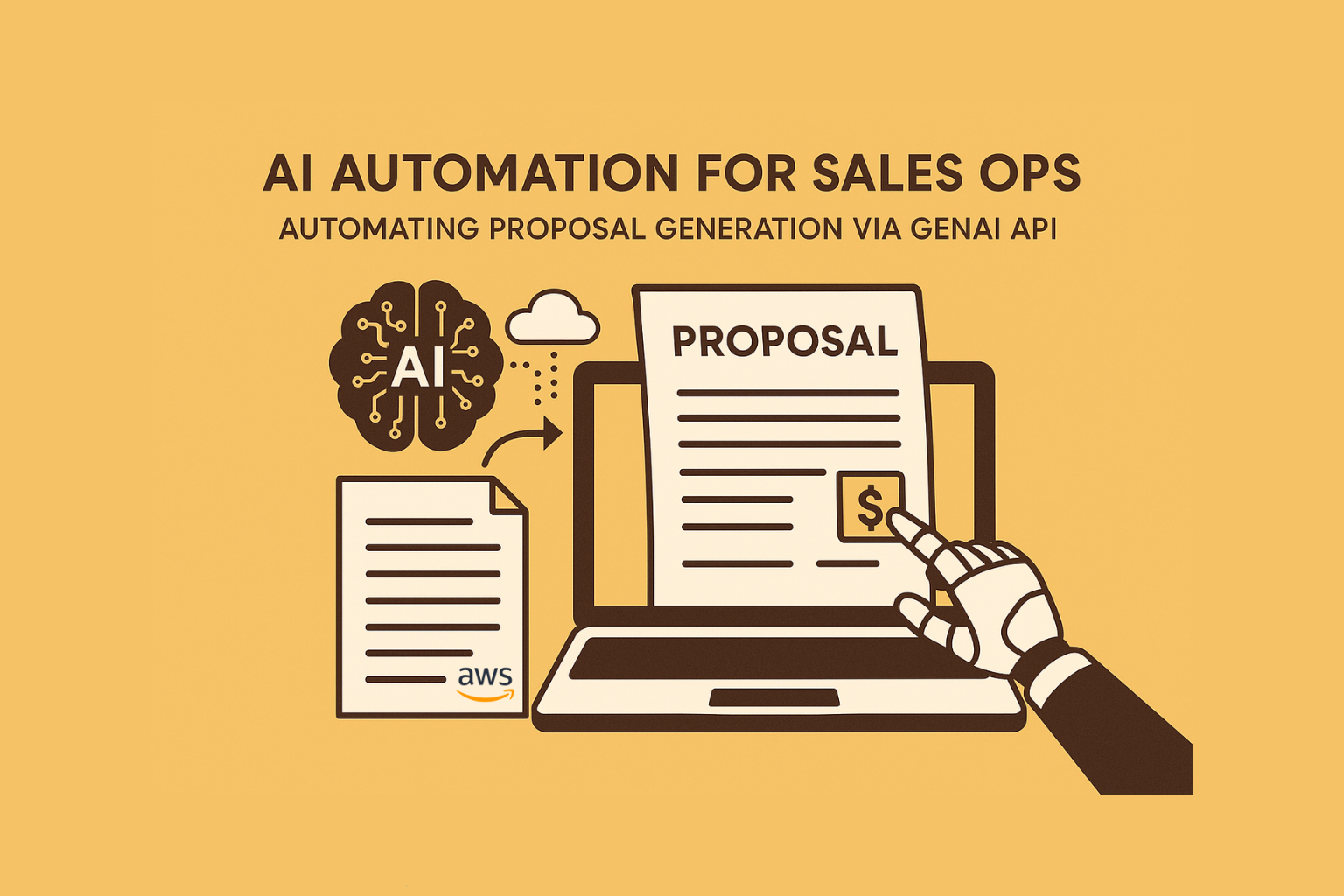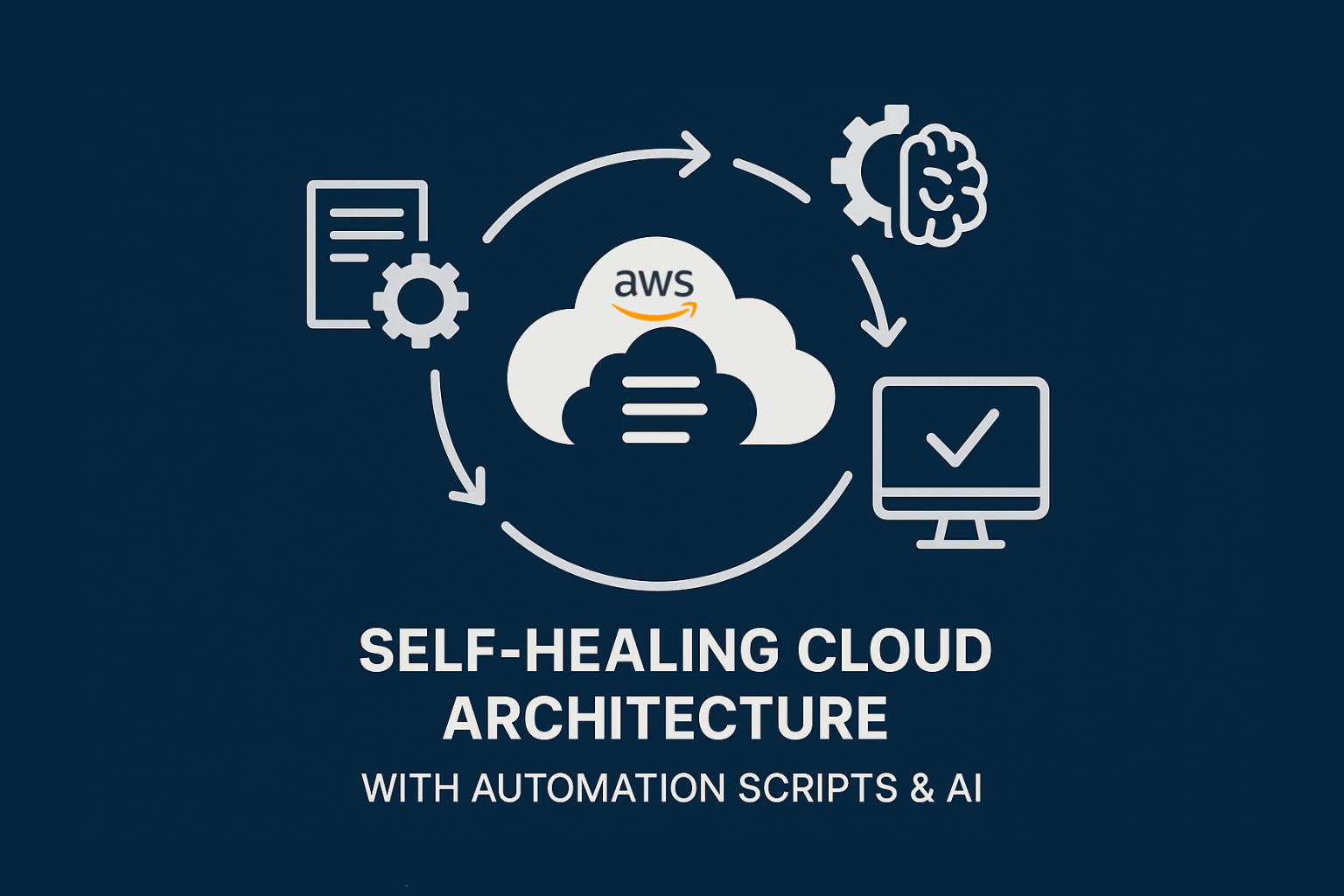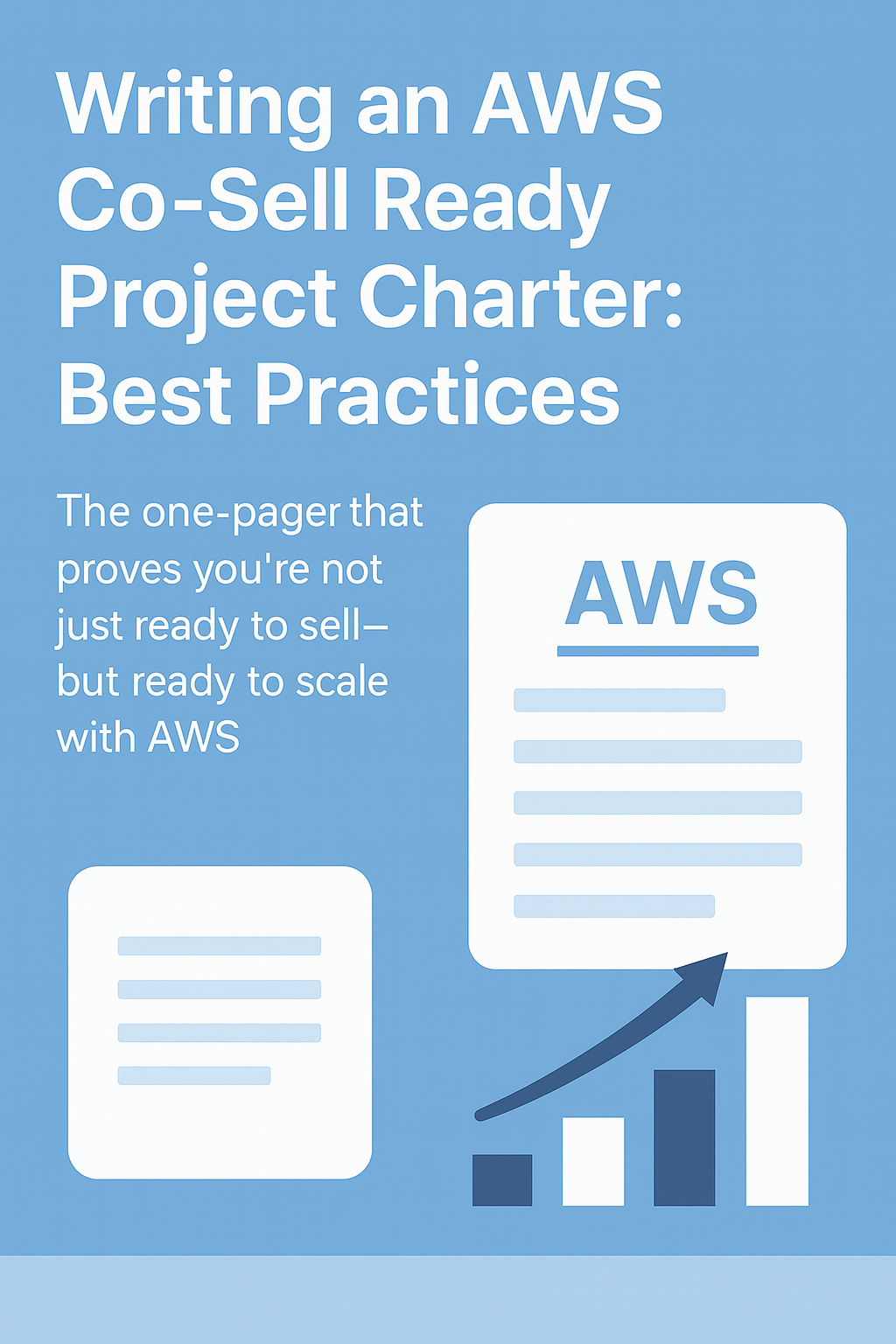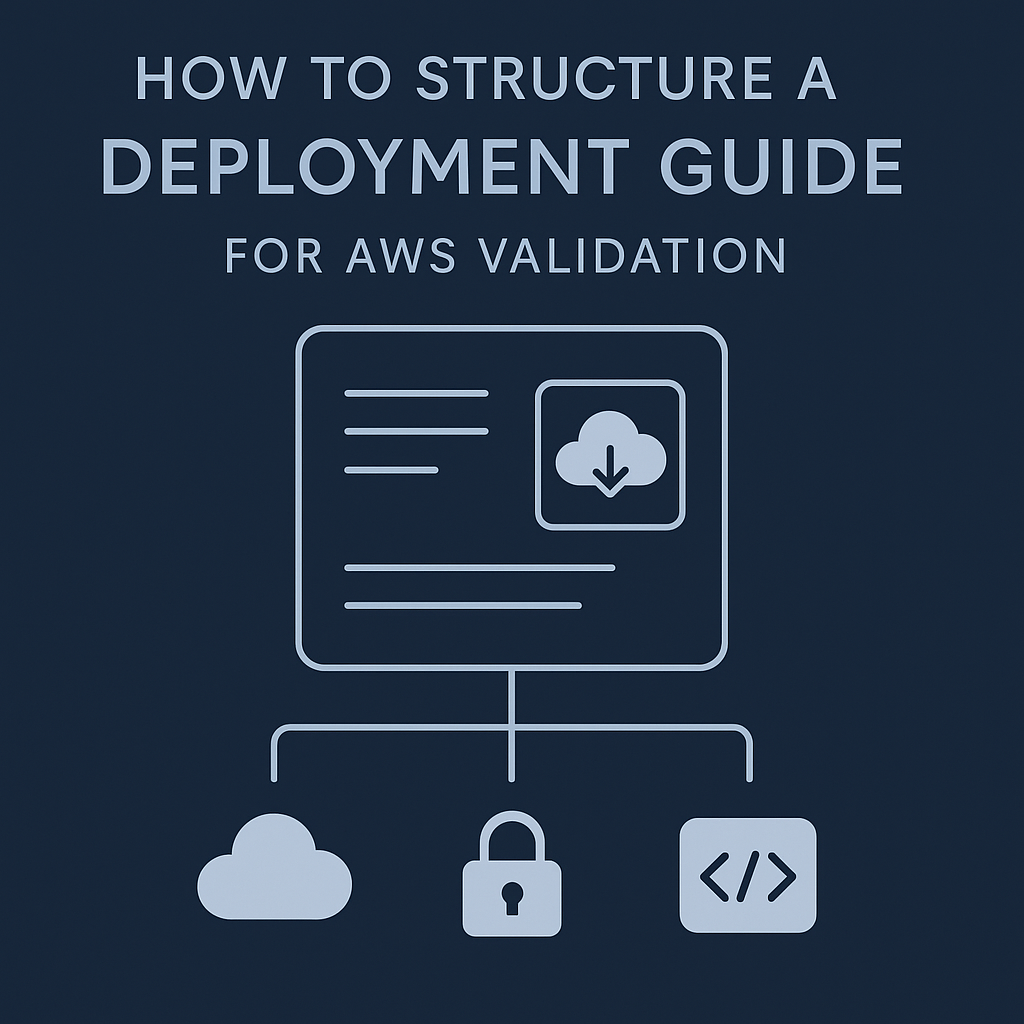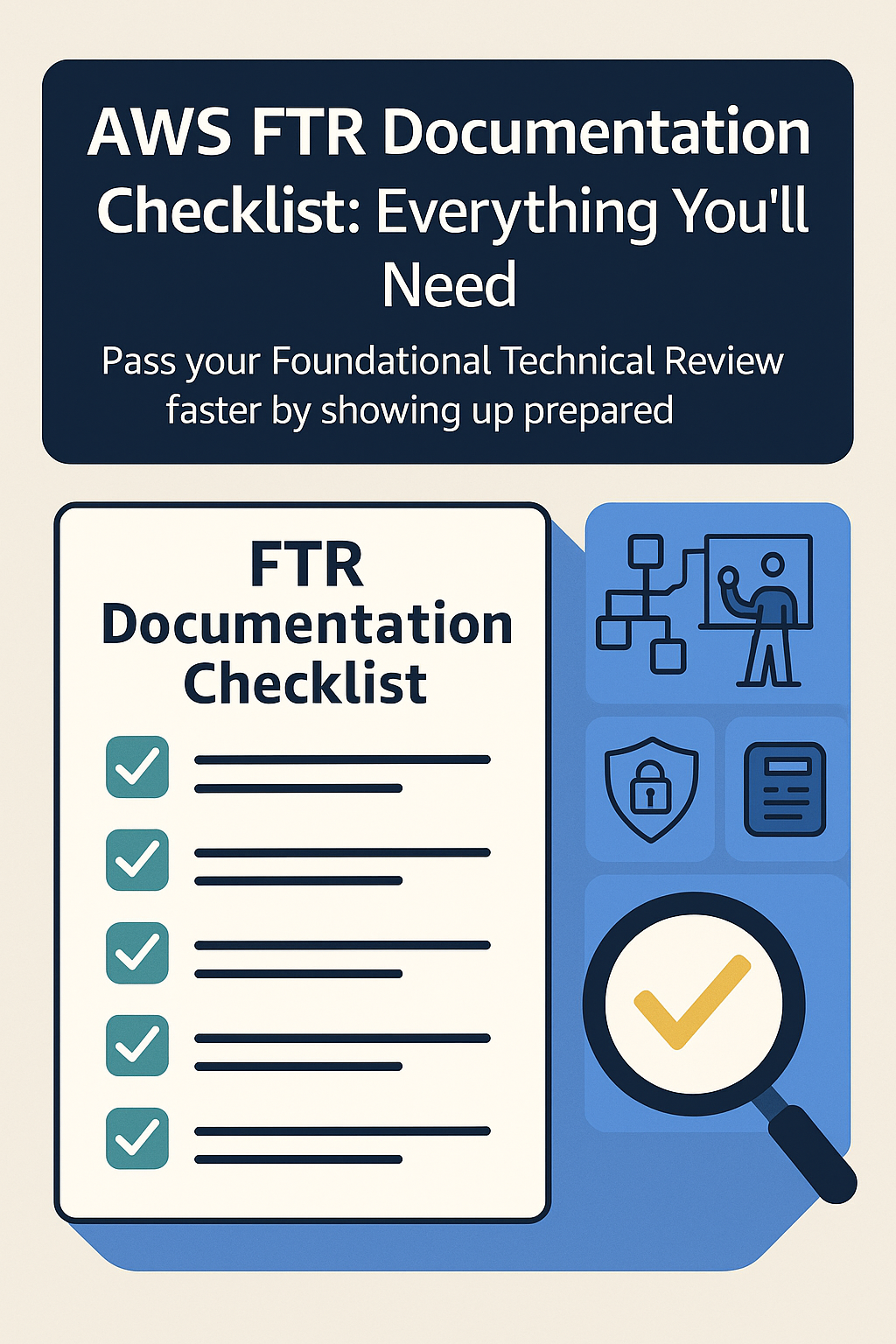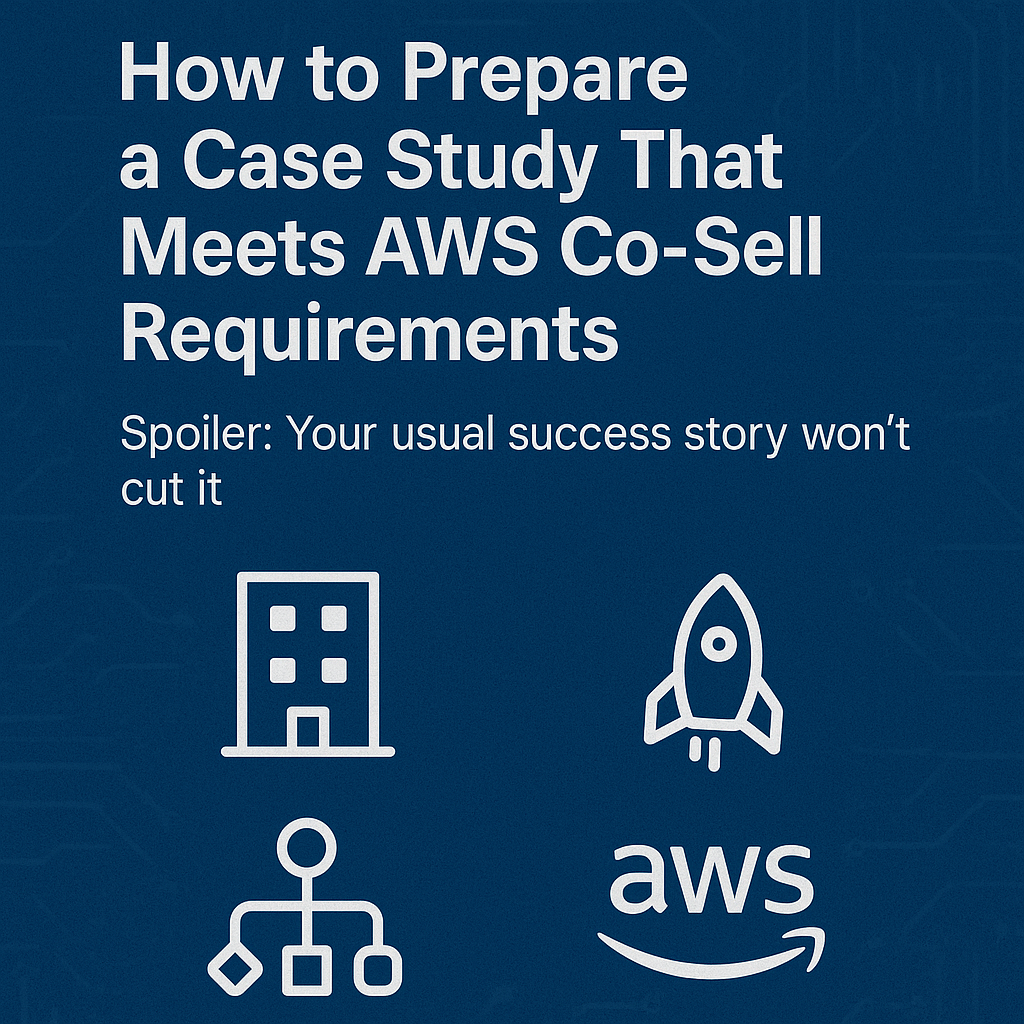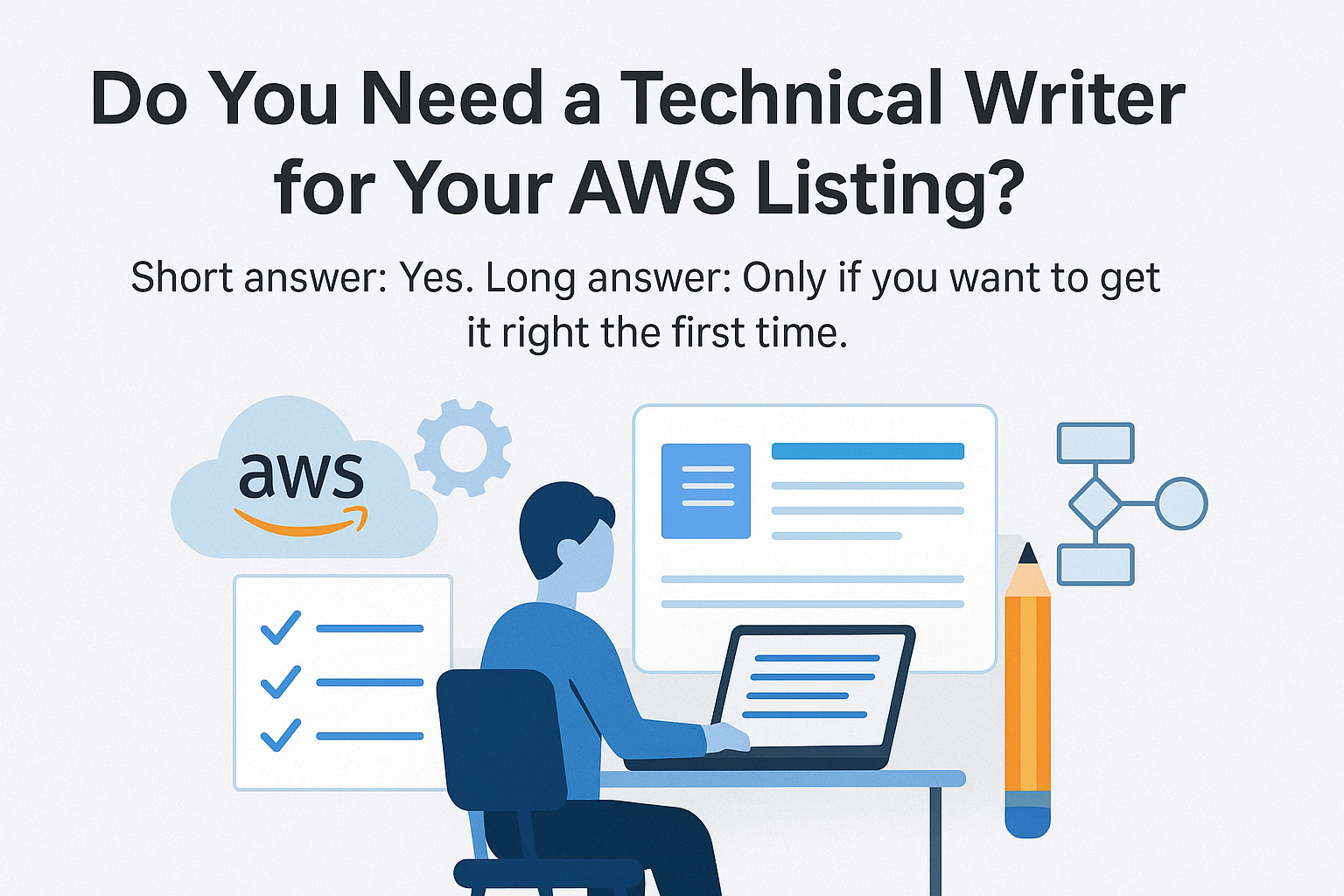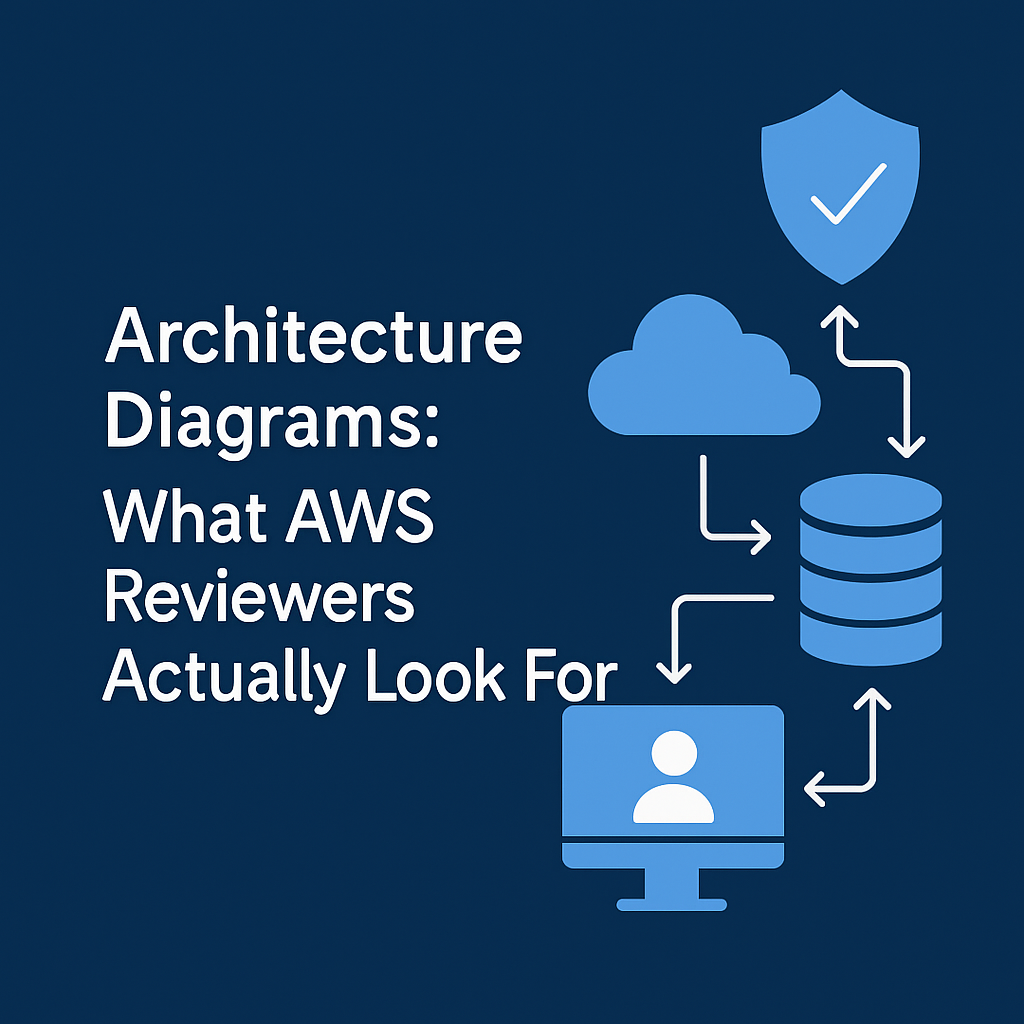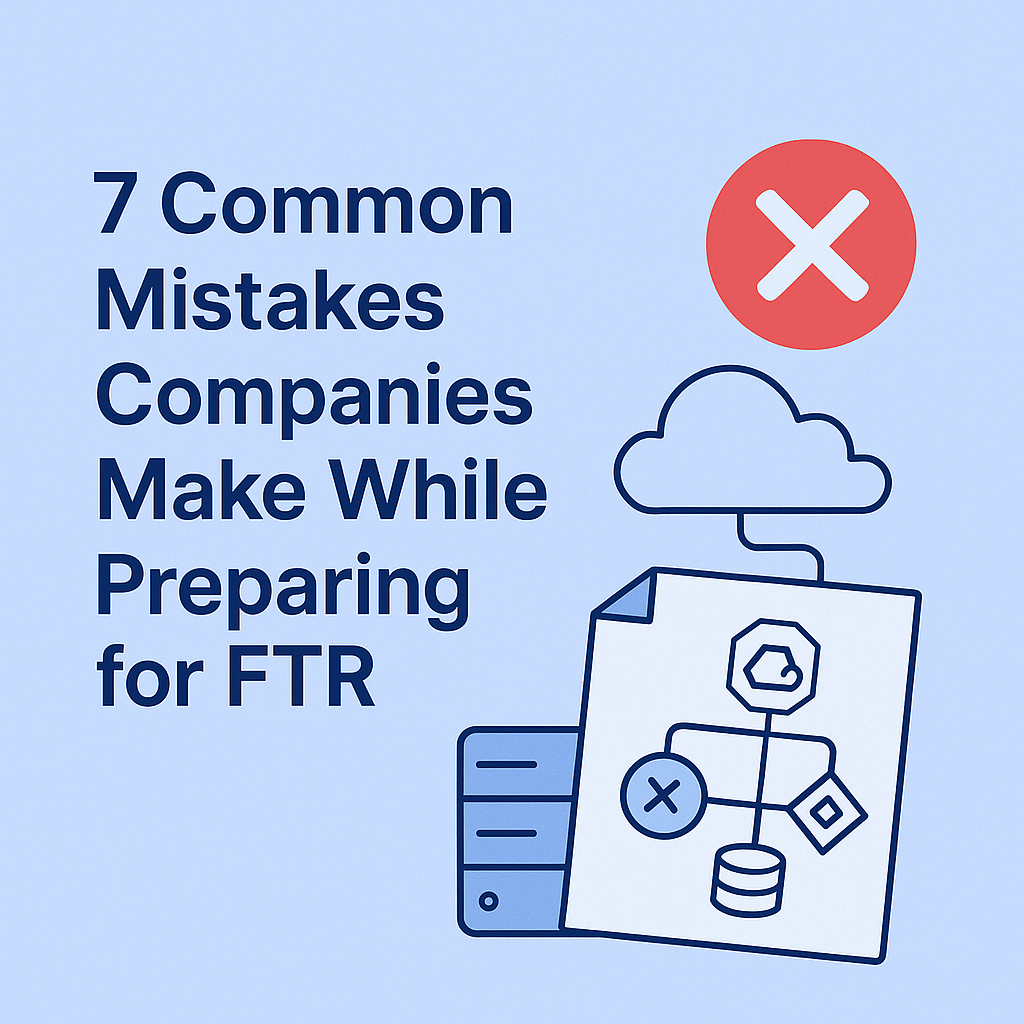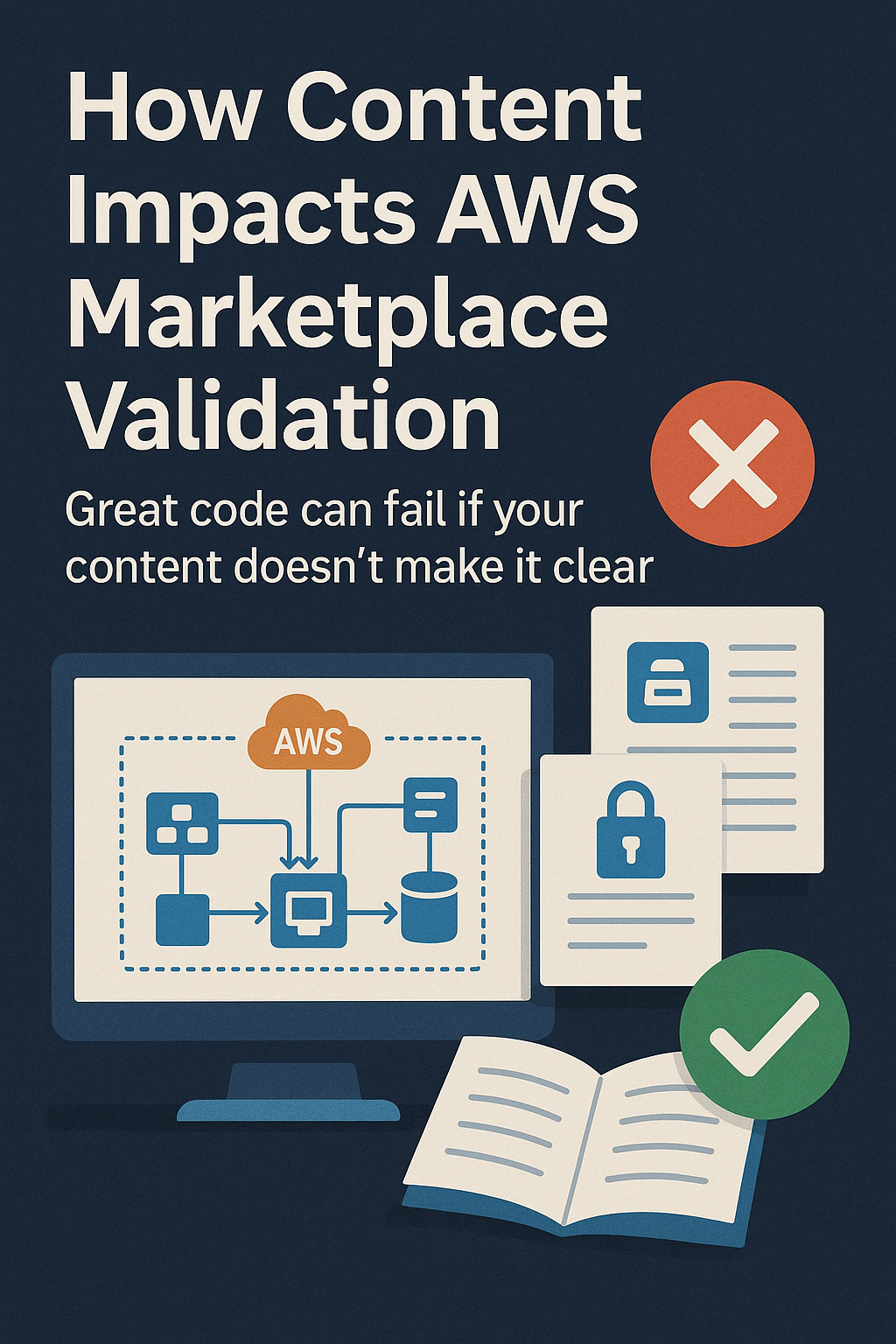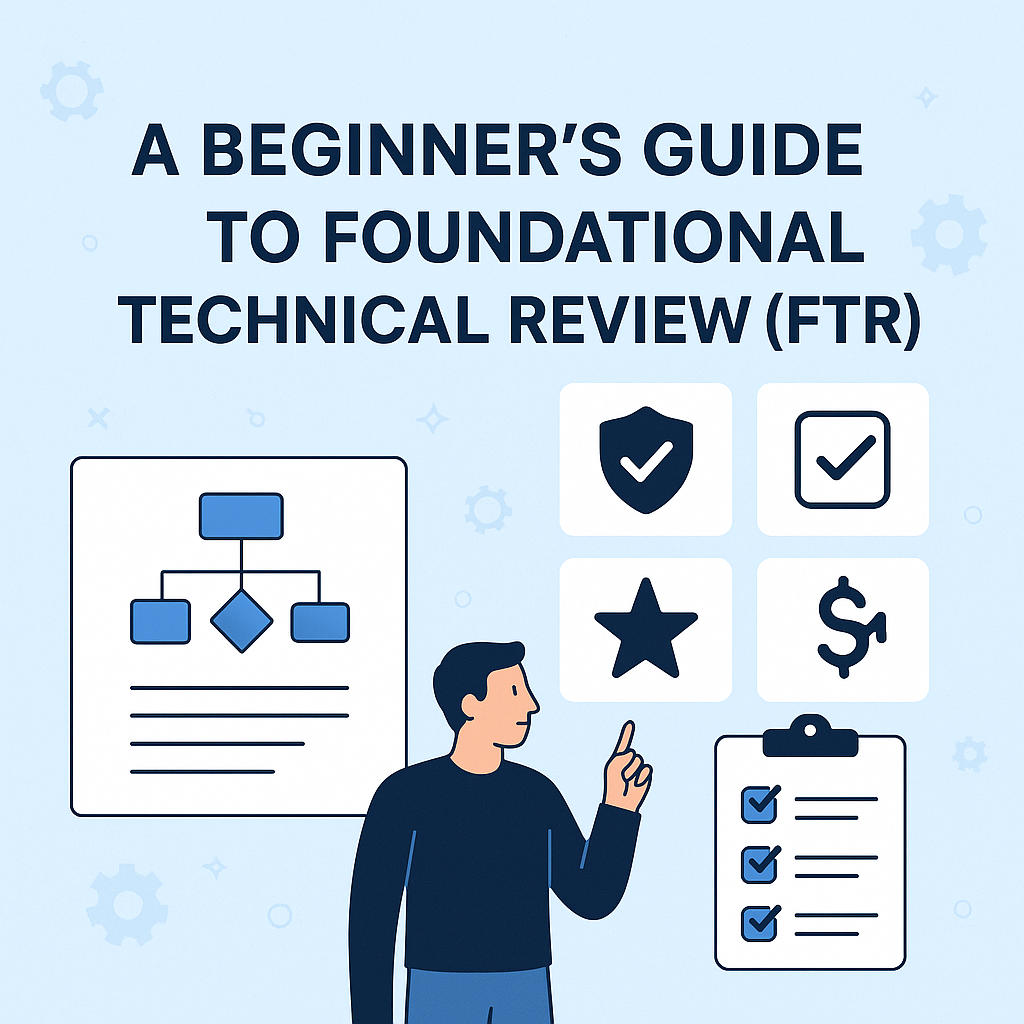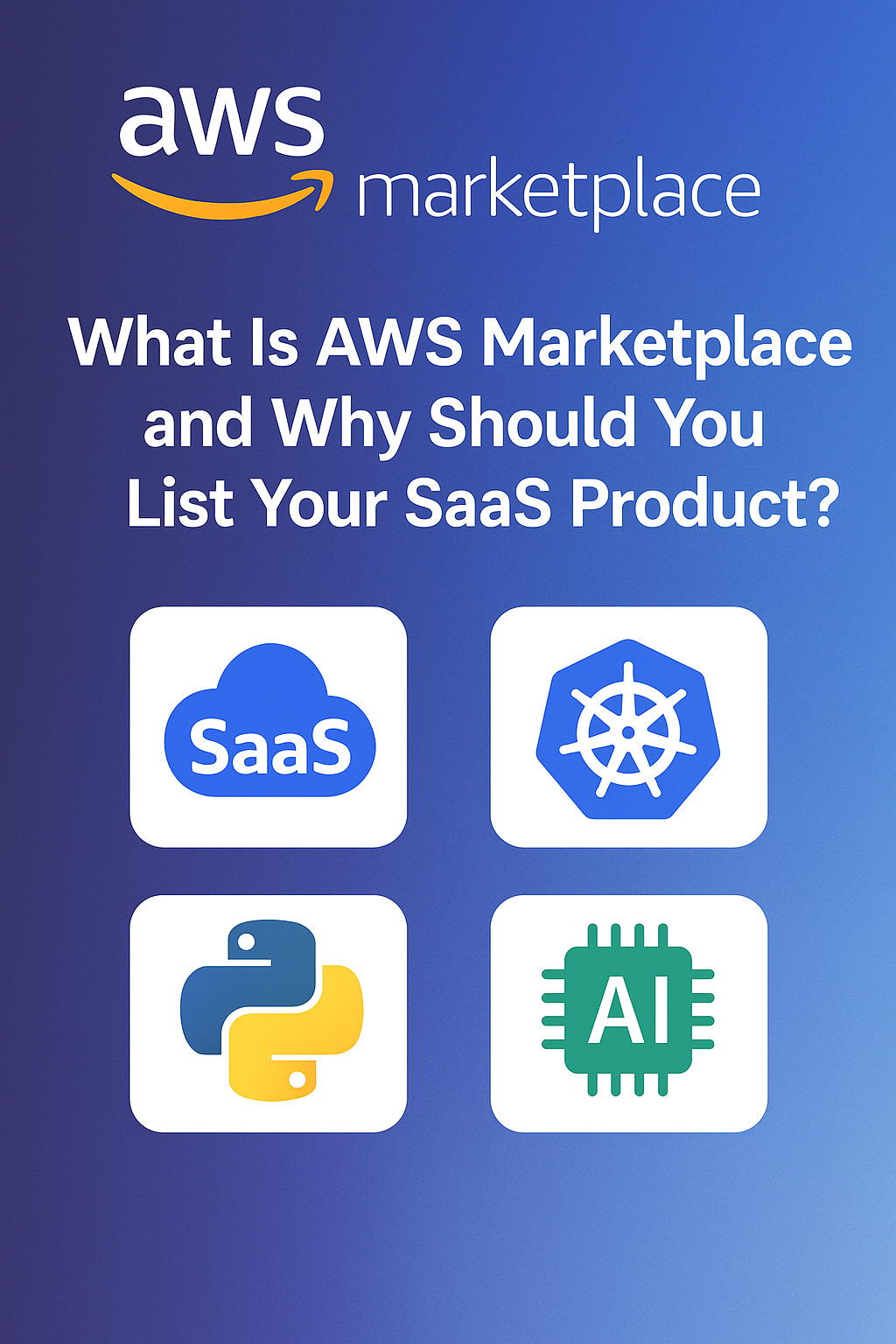Introduction
Go-to-market (GTM) teams, sales, marketing, customer success, are under constant pressure to do more with less.
SaaS buyers expect faster responses, personalized outreach, and clear ROI justification before making decisions.
Traditionally, delivering on all three meant hiring more people.
Now, AI-powered automation is rewriting that equation, making GTM motions faster, smarter, and more scalable without adding headcount.
The GTM Bottleneck Problem
SaaS GTM teams deal with high-volume, repetitive workflows:
- Qualifying inbound leads
- Drafting follow-up emails and proposals
- Tracking usage signals for upsell opportunities
- Preparing account health reports
- Routing support requests to the right team
When humans handle all of it manually, the result is:
- Slower response times
- Inconsistent messaging
- Missed sales opportunities
Where AI Fits in the GTM Stack
1. Lead Qualification & Routing
- AI models analyze CRM data, form fills, and product usage to score leads.
- EventBridge triggers alerts when a high-scoring lead enters the system.
- Example: Bedrock-powered model flags a lead as “hot” → triggers automated outreach sequence in HubSpot or Salesforce.
2. Proposal & Content Generation
- AI drafts sales proposals and renewal decks using customer-specific data from your CRM.
- CodePipeline (yes, even for GTM teams) can be adapted to auto-generate and version these assets.
3. Customer Health Monitoring
- AI scans product usage logs and support ticket trends to predict churn risk.
- EventBridge triggers a success manager task when a customer drops below engagement threshold.
4. Upsell Opportunity Alerts
- AI identifies patterns in account activity that match past upsell deals.
- Automated workflows push alerts into Slack/Teams with recommended plays.
Benefits of AI-Automated GTM
| Area | Before AI Automation | After AI Automation |
|---|---|---|
| Lead Response Time | Hours to days | Minutes |
| Proposal Turnaround | Days | Same-day |
| Churn Prediction | Reactive | Predictive |
| Sales Efficiency | Manual data crunching | AI-driven prioritization |
| Personalization | Generic templates | Dynamic, account-specific messaging |
Pro Tips
- Integrate GTM AI workflows directly into CRM so sales reps never leave their main tool.
- Maintain human review checkpoints for customer-facing messaging.
- Use Bedrock fine-tuned models on your own GTM data for better accuracy.
- Feed win/loss analysis data back into your AI workflows to improve targeting.
Example: AI-Powered Renewal Workflow
1. 90 days before contract renewal, EventBridge triggers a GTM automation workflow.
2. AI scans usage data, support tickets, and NPS scores.
3. Model outputs:
- Renewal probability
- Upsell potential
- Risk factors
4. System auto-generates:
- Renewal proposal
- Account review deck
- Recommended talking points for the AE
5. CSM reviews and sends with minimal edits.
Conclusion
AI-powered automation is not replacing SaaS GTM teams, it’s amplifying them.
By removing repetitive tasks, surfacing better insights, and personalizing at scale, GTM teams can focus on the conversations and strategies that actually drive revenue.
The result?
- Shorter sales cycles
- Higher win rates
- Stronger customer retention

